(Español) Gratacós en el 080: Colecciones SS20
(Español) Arte floral
A tribute to dressmakers
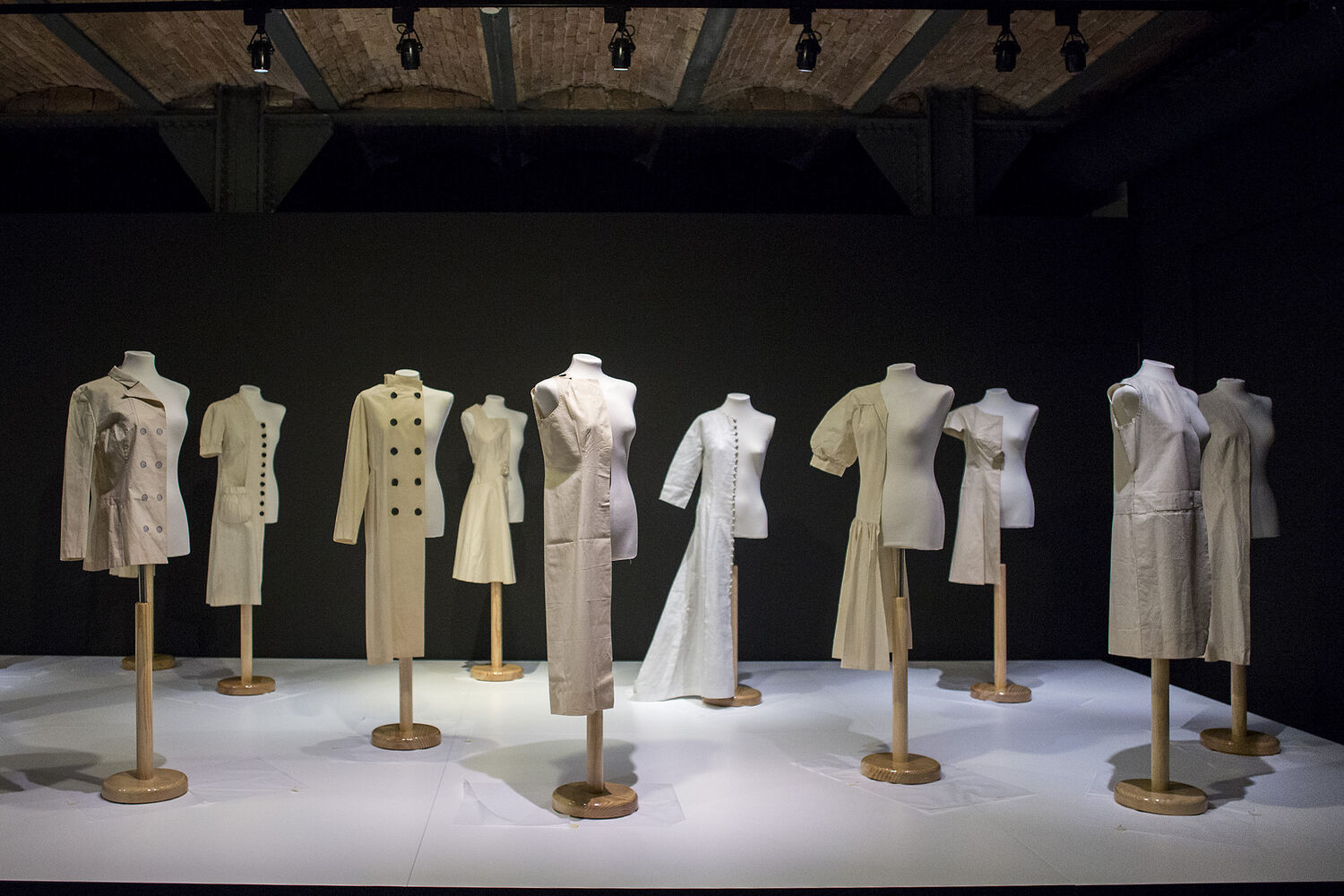
Barcelona launches at the Museum of History of Catalonia the exhibition Moda i modistes, a show that extols the craft of fashion designers and their contribution to fashion throughout the 20th century. This traditional and craft occupation was carried out by women who represented at the time a platform for female emancipation in the workplace, with regard to both business and creativity. It was an activity, connected with fashion, that helped develop the textile and commerce industry of the time. Their intensive work has always required knowledge, skill and dedication, and sometimes all this know-how has remained in the shade, apart from the big names of design and brands. For this reason Moda i modistes represents a broad look at the work and career of many women who have remained anonymous apart from in the spoken memories of their immediate family or traditional clientele.
The exhibition is divided into several sections, where the profession develops through the history of clothing, social changes with the emancipation of women and the evolution and know-how of the trade during the past century to this day. Below, we will give you a brief summary of what can be seen in this sample.
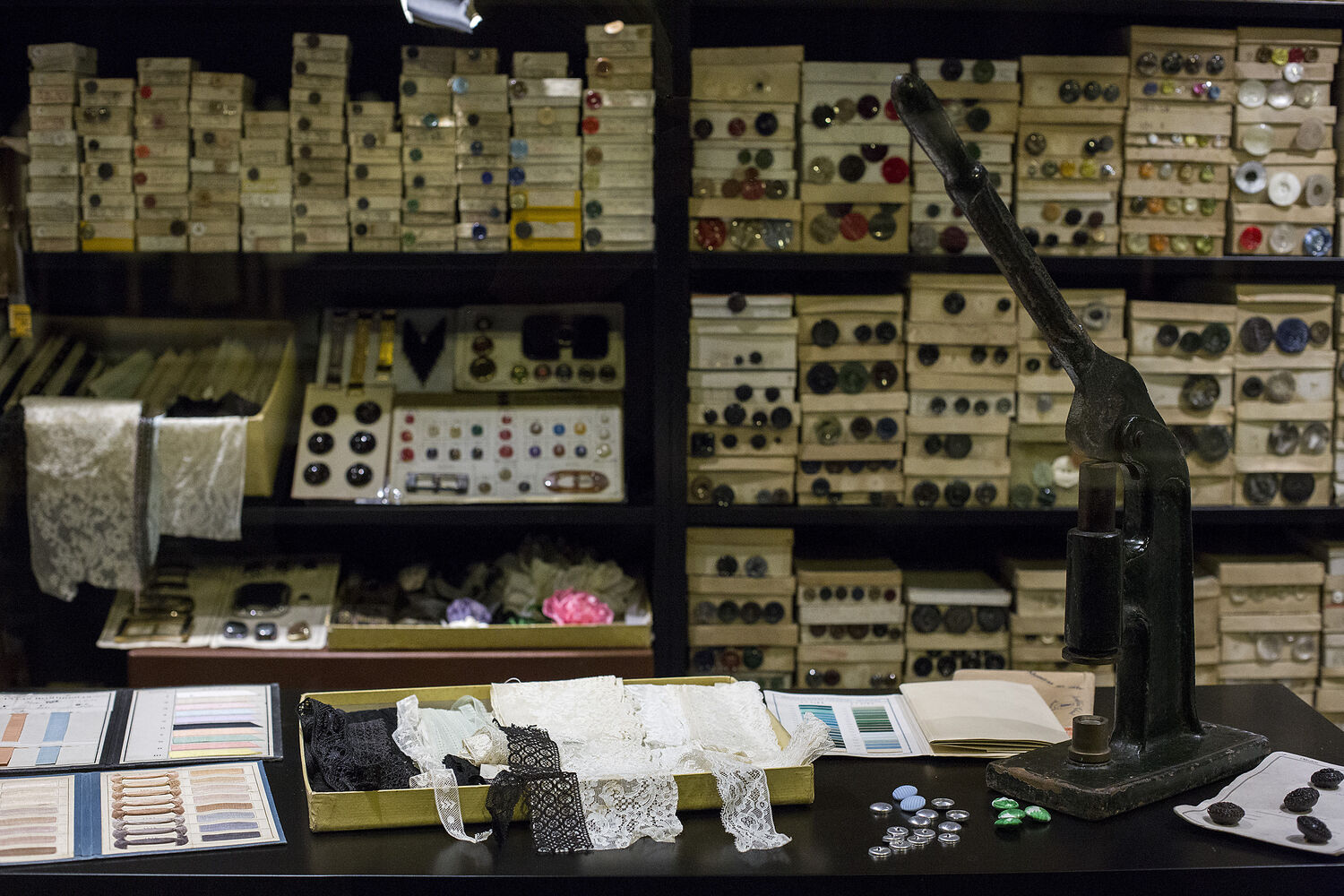
Needle workers
Women managed to claim their own space in the art of making dresses at the end of the 19th century. Before it was a trade reserved for tailors, and women hardly had access to clothing if it was not via their family or as collaborators. It was at this time and in the first decade of the twentieth century, when the work of dressmaker became one of the main forms of employment of women in the workplace, apart from factory work and among certain other professions such as teaching
Dressmaking spread because to learn the trade one did not necessarily have to go to any school, but it was sufficient to learn in a workshop or even self-taught from manuals of dressmaking , and also because this learning offered the possibility of working independently once the technique was mastered.
This time also coincided with the beginning of feminism and the birth of several initiatives aimed at protecting workers in the sector.
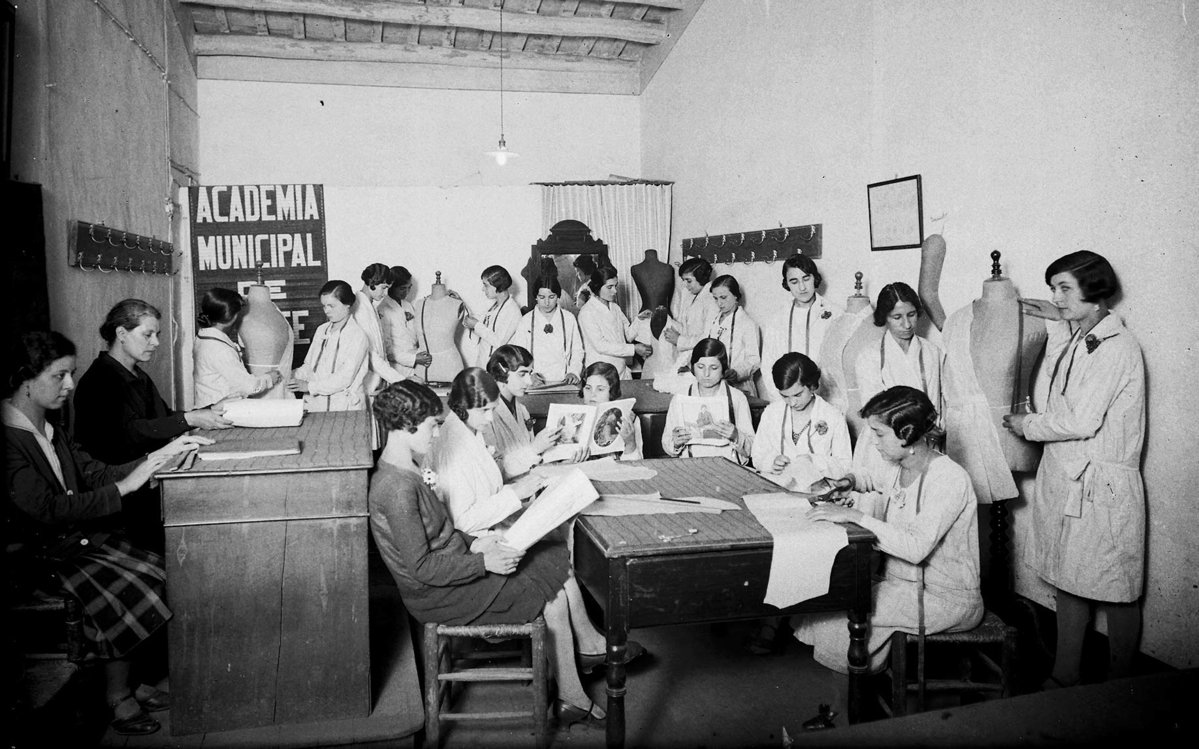
Dressmaker by profession, an expanding trade
Dressmakers represented a very varied group that were often outside the guilds and workers’ organizations: they could work in a small workshop of their own, in that of an established dressmaker, in a haute couture house or go to sew in private homes. In the trade there were many categories, depending on the skill, good taste, and, above all, the clientele they had.
Until prêt-à-porter expanded globally many dressmakers needed to make clothing for the different social classes. The capitals of province and county and large cities brought together a large number of dressmakers, but also each small town and each town had its dressmakers, with a very loyal clientele. In the scale of the trade there were many categories, from the caretaker who also worked as dressmaker, because she had enough time at work, to renowned dressmakers, alternatively those with a humble clientele, those who worked for others, whether at home or in the different workshops, those that did their sewing at home, those that had a certain reputation, though not a label, either out of discretion or to save money, or those that, with the pride of a job well done, put their name on each piece.
And what were their sources of inspiration? As a general rule dressmakers were more followers than non-creators and interpreted in their own way the fashion trends of each decade and, in turn, adapted it to the tastes, size and different economic means of each client. The magazines, the parades where the trends of each season were made known, the cinema, with the irruption of iconic stars and the street were constant sources of inspiration.
In fact, from the work done by the dressmakers, you can review the fashion of almost the entire 20th century until prêt-à-porter became consolidated. The haute couture houses of Paris, Milan or Barcelona dictated the trends, they invented models and had a reduced and elitist production. Dressmakers, who were then counted in thousands, were the main customers of the textile industry because they bought or recommended buying fabrics and materials fabrics for their clientele. This in turn favoured commerce, generated income in the big fashion-houses by buying patterns and glasilla, encouraged workshops specializing in embroidery and pleats, generated jobs in a process of development of the craft down to the present day.
The legacy stays alive
Times have changed and today this profession is the strength of yesteryear. Even so, the legacy of dressmakers is still alive, it has simply been transformed. The new dressmakers continue to make clothing adjustments for stores and individuals, they also work for clothing factories and carry out pattern making and prototypes for large companies that are then manufactured outside. In parallel, there has also emerged a new generation of young designers offering a limited handicraft product which is a counter to industrial production on a large scale and of dubious quality. The work of these dressmakers is to revalue hand-made fashion, personalization and exclusive garments for a customer who values the art and effort that goes into hand-made garments.
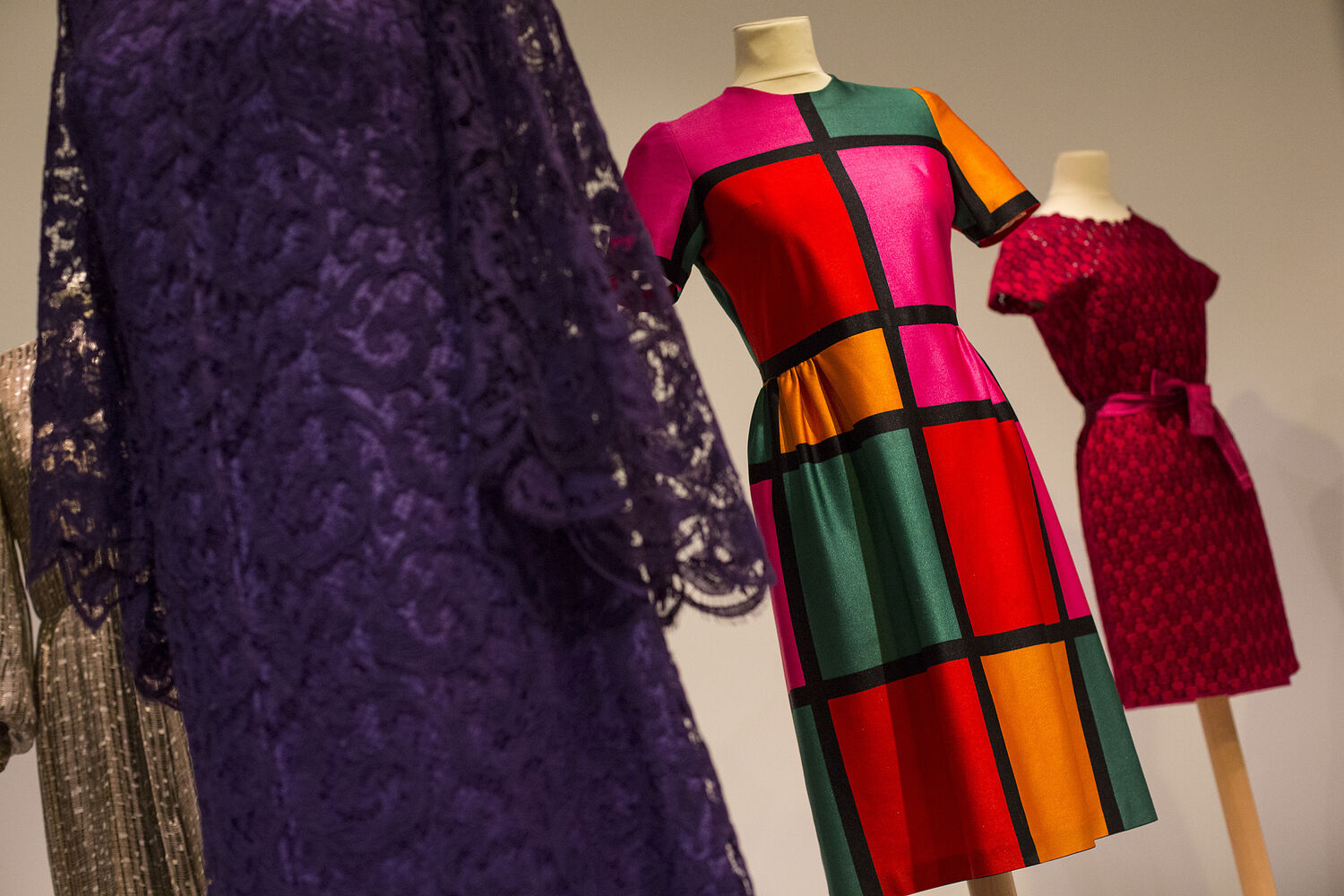
The exhibition Moda i Modistes opens today at the Museum of History of Catalonia and can be visited until 13th October 2019. It is a good opportunity to discover the legacy and evolution of this craftsmanship centennial.
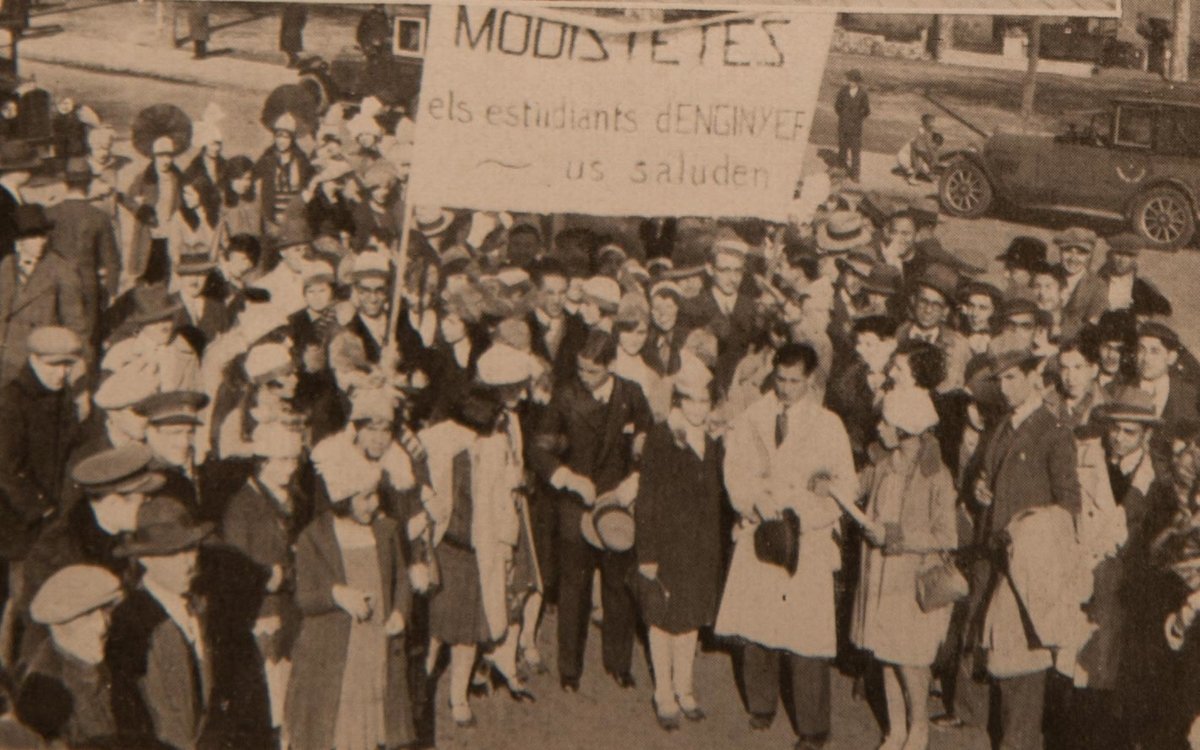
(Español) Moritz Feed Dog 2019
Yves Klein, revolution in blue
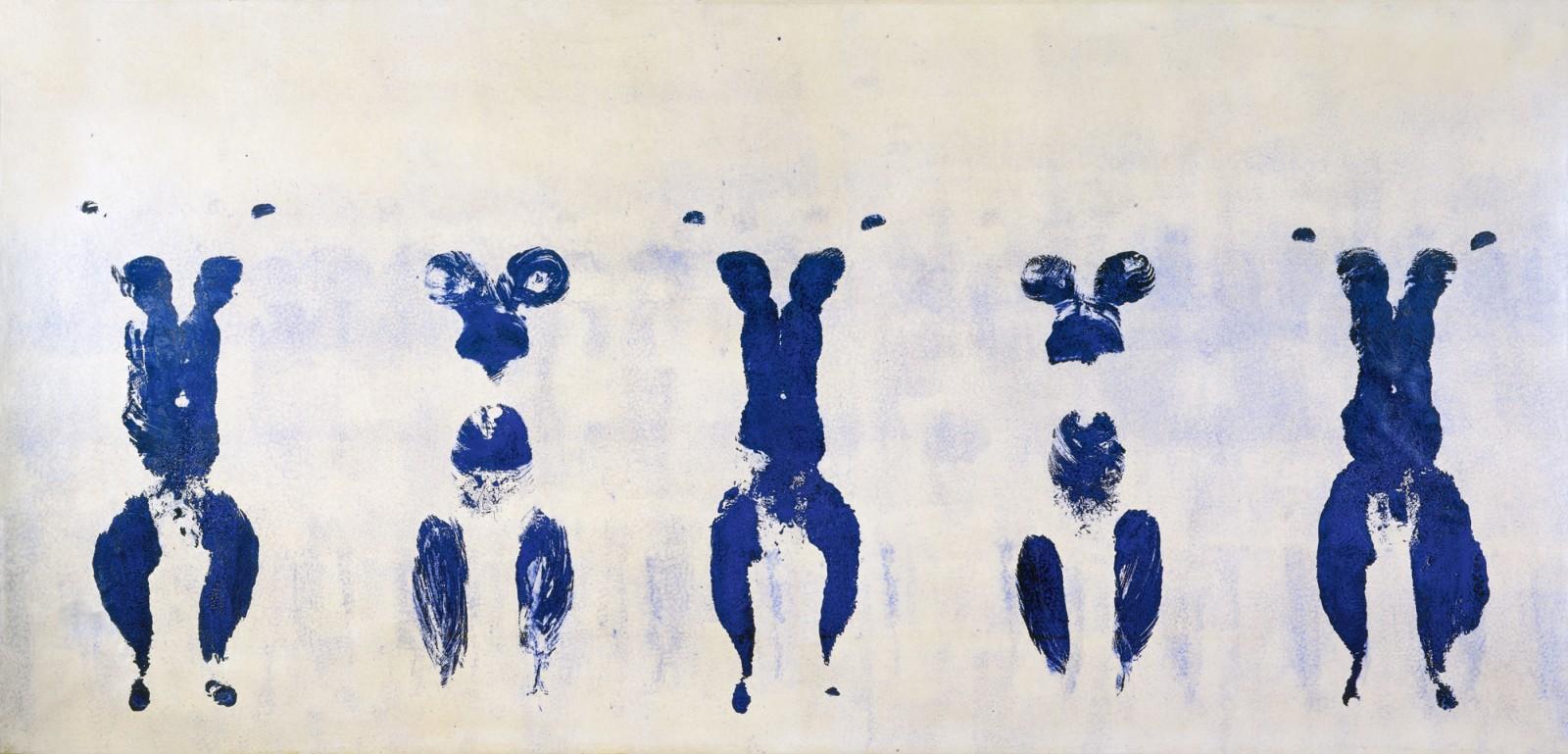
here are few artists whose works are linked to one single colour. An identifying tone, existential and full of meaning. The force of this tonality is so great that it acts as a true symbol to understand the creator himself, way beyond his artistic career.
One of these names, that goes into the history of art for its totally identifiable chromatic fingerprint, was the experimental Yves Klein (Nice 1928-Paris 1962). This versatile artist and showman, was the inventor of a tone that had never existed before. As a ” father ” , he baptized and registered it in 1960 under his own name: International Blue Klein (IBK) . A deep tonality of blue that maintained the visual impact of its prized ultramarine blue, as well as the thicknesses and textures that Klein used to apply on his canvases.
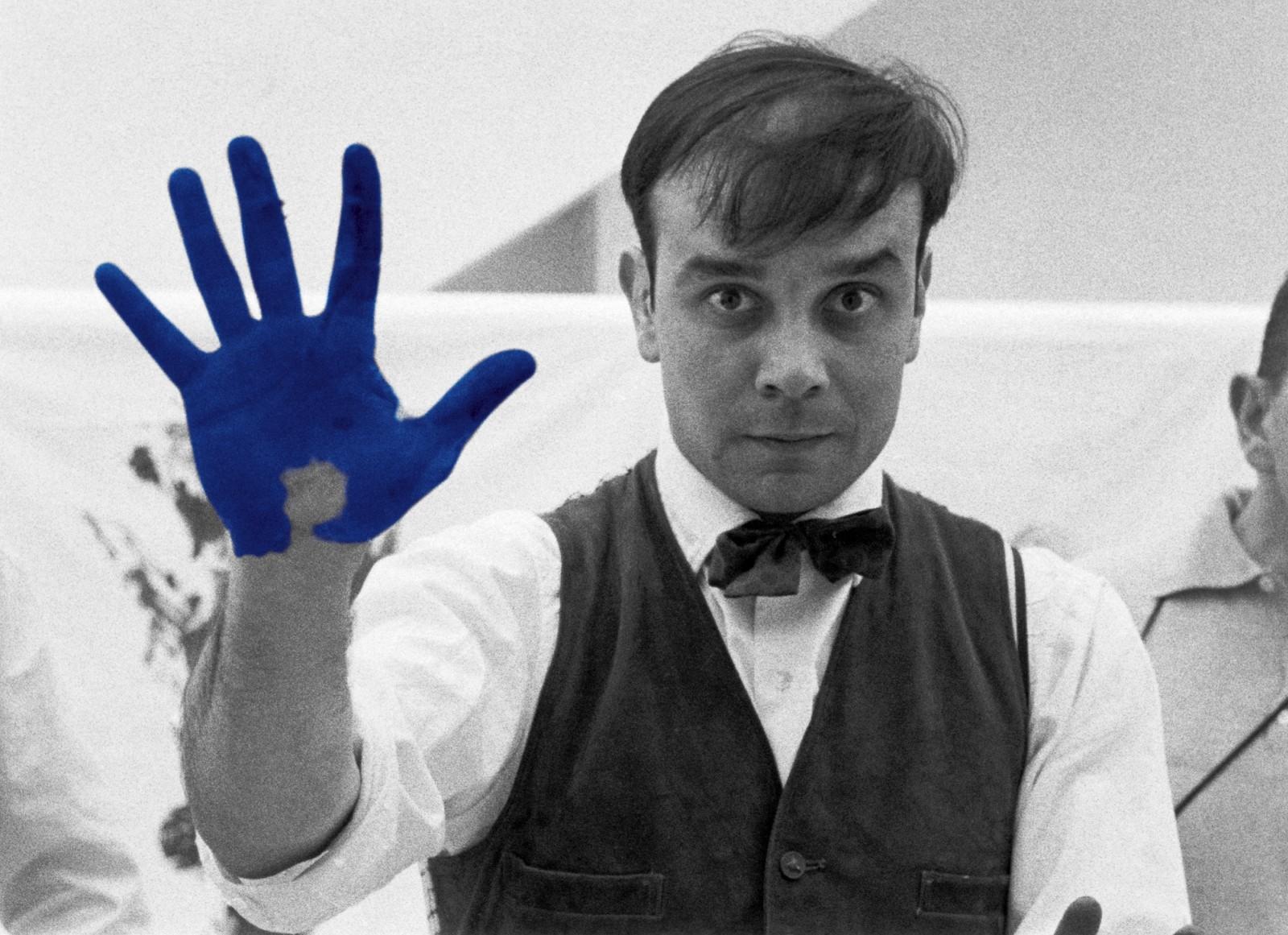
How did this devotion for blue occur?
In several biographies of Yves Klein, it is explained anecdotally that one summer day in 1947, the French artist was with two friends sitting on a beach in Nice in southern France. To kill time, they decided to play a game and spread the world among them. One chose the animal kingdom, another the kingdom of plants and the young Klein examined the infinite blue of the sky and chose the mineral kingdom. That contemplation changed the destiny of his life and when he addressed his friends he announced: “The blue sky is my first work of art.”
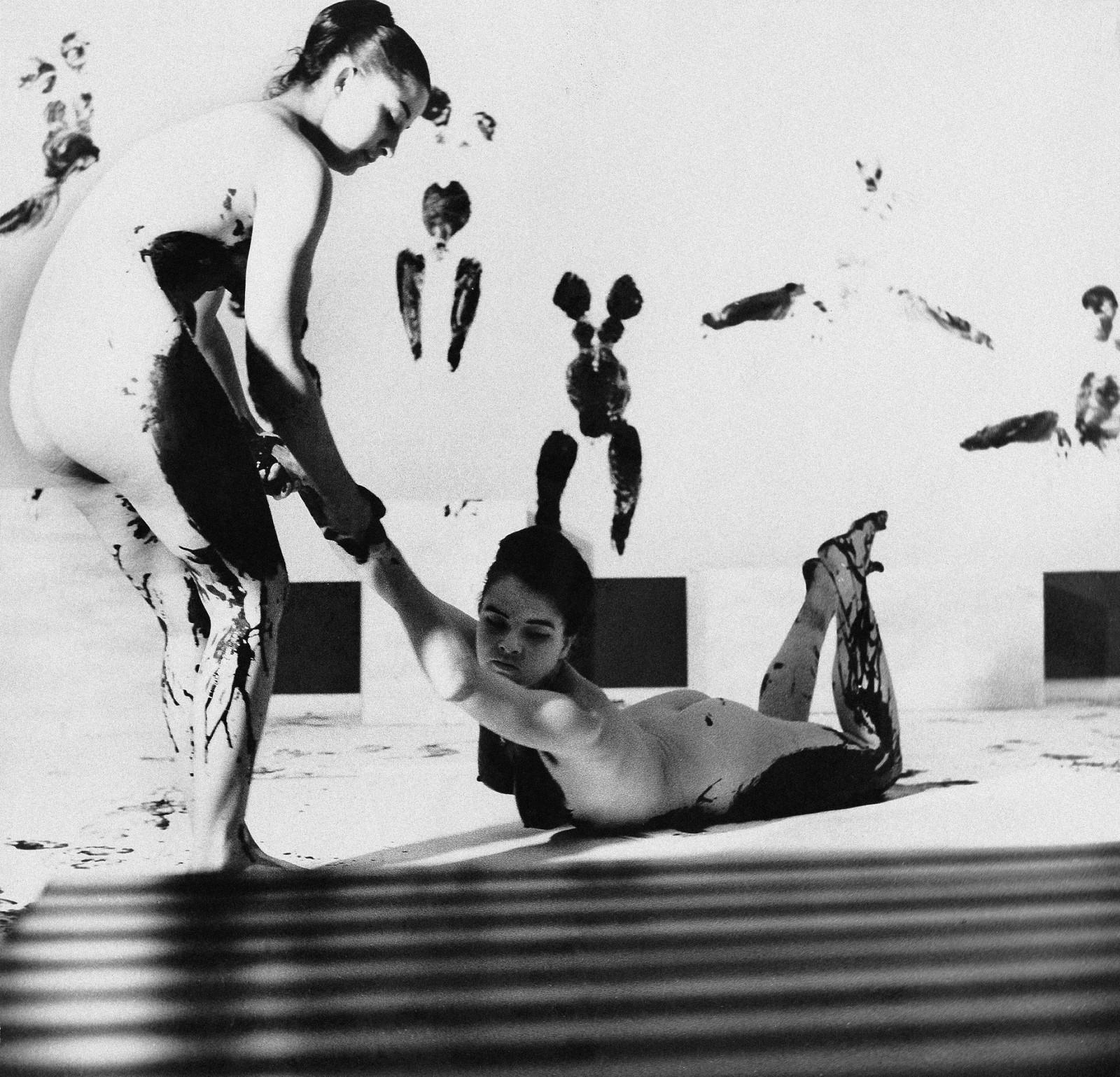
Enchanted by the cosmos and esotericism, the blue symbolized the spiritual, the mystical and the religious, and little by little, this deep tone was gaining ground with other colours present in his work such as gold or rose. It was in 1954 when he began his eclectic paintings of monochrome fields, which at the beginning were of different shades but which he eventually reduced to ultramarine blue. Klein erected around the blue colour an artistic theory that was articulated around two principles: absolute colour and emptiness, that he limited by creating what he called the “zones of immaterial pictorial sensibility.
Beyond the blue period and fire paintings, Yves Klein’s artistic career is also known for his Anthropometries, where he explored his most provocative and experimental side with paintings made by nude women that were daubed in IKB blue and turned into a continuation of the artist’s brush when they left the imprint of their bodies on stretched canvases on the wall or floor. Occasionally, he organized authentic happenings with live audiences and musicians who entertained the experimental painting sessions. What today we would call performances.
Yves Klein had a very short but intense artistic career that was especially concentrated during the last eight years of his life. He died in 1962 of a heart attack at only 34 years of age. Despite his youth, Klein defined the course of Western art and its colour, the intense International Blue Klein (IBK) has become immortal, an icon of the legacy of what is considered “the last French artist of great international impact”.
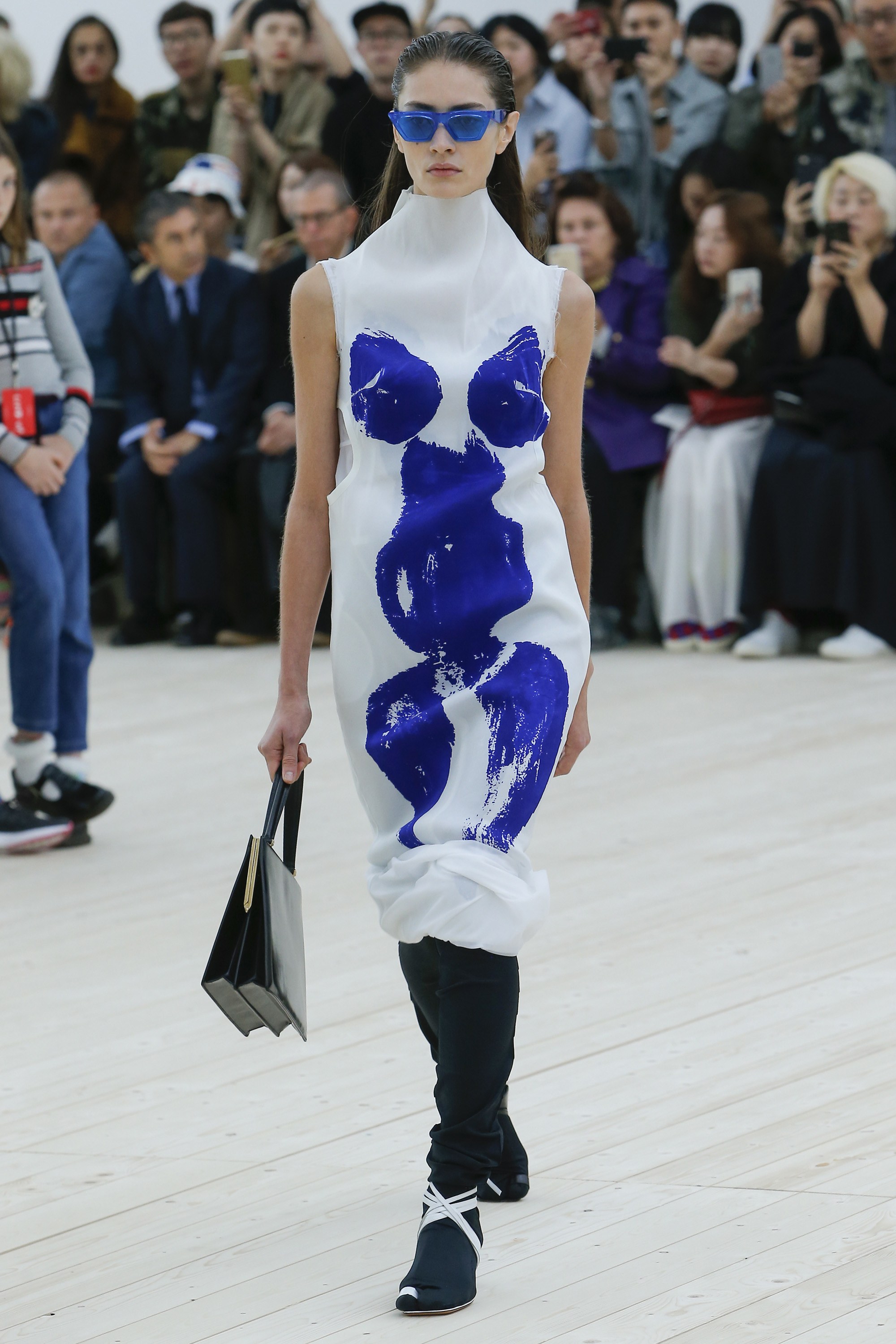 |
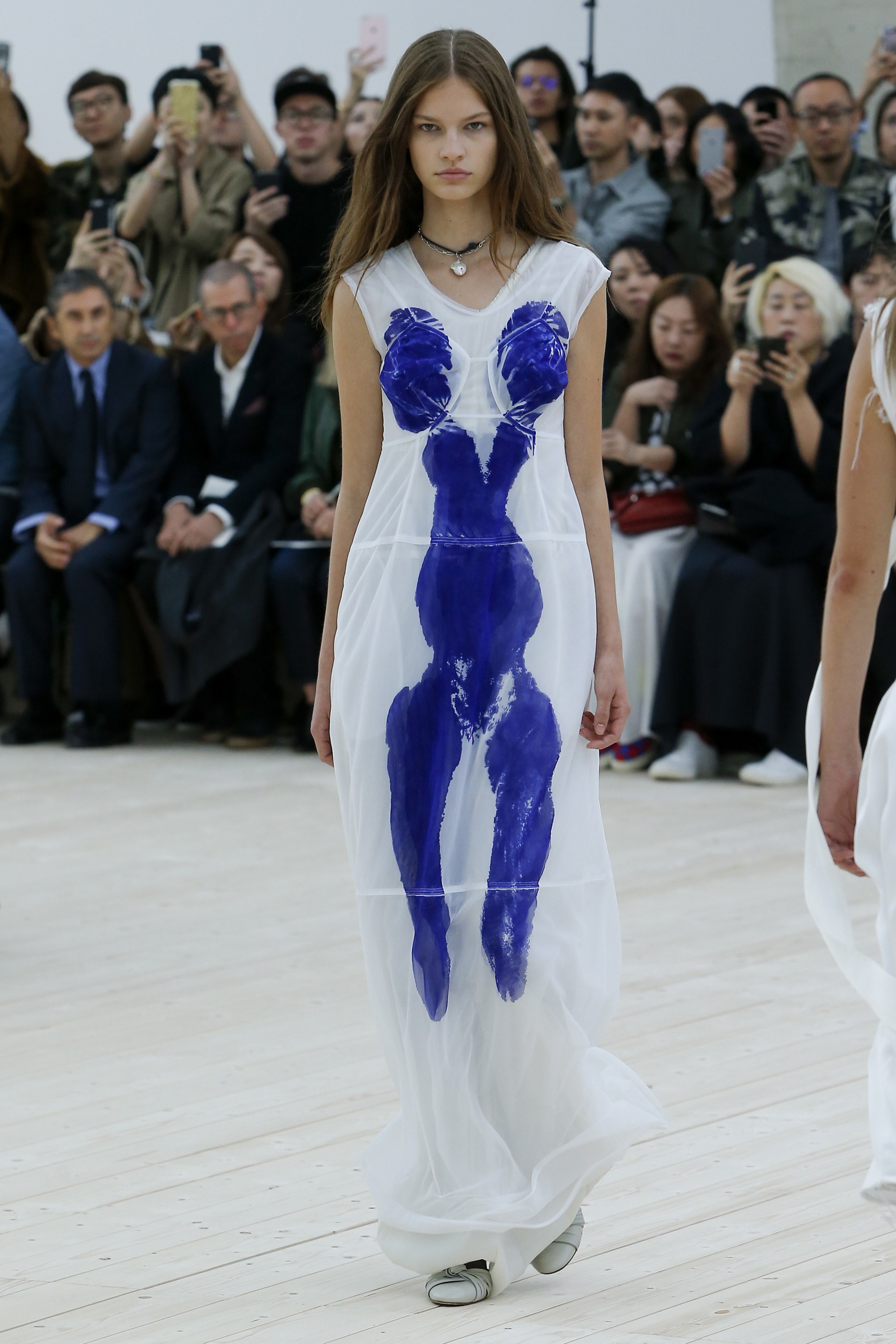 |
Recognition on the catwalks
Two years ago, Yves Klein’s Anthropometries were present on the catwalk in Paris with Céline. The creative director at the time, Phoebe Philo wanted to capture in two dresses of the Spring-Summer 2017 collection, the blank canvases with the silhouettes of the bodies of the women that were smeared with Klein blue paint. A recognition of this imaginative creator of contemporary art. From Gratacós, we are fascinated by the vibrant blue of the master Klein and we pay homage through some fabrics of the current collection that capture the intensity of this totally evocative blue.
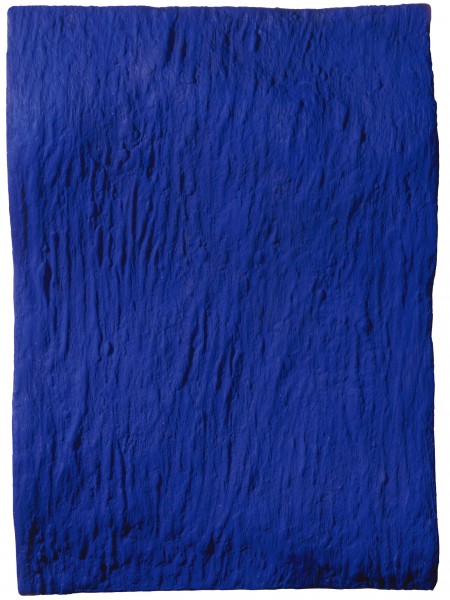
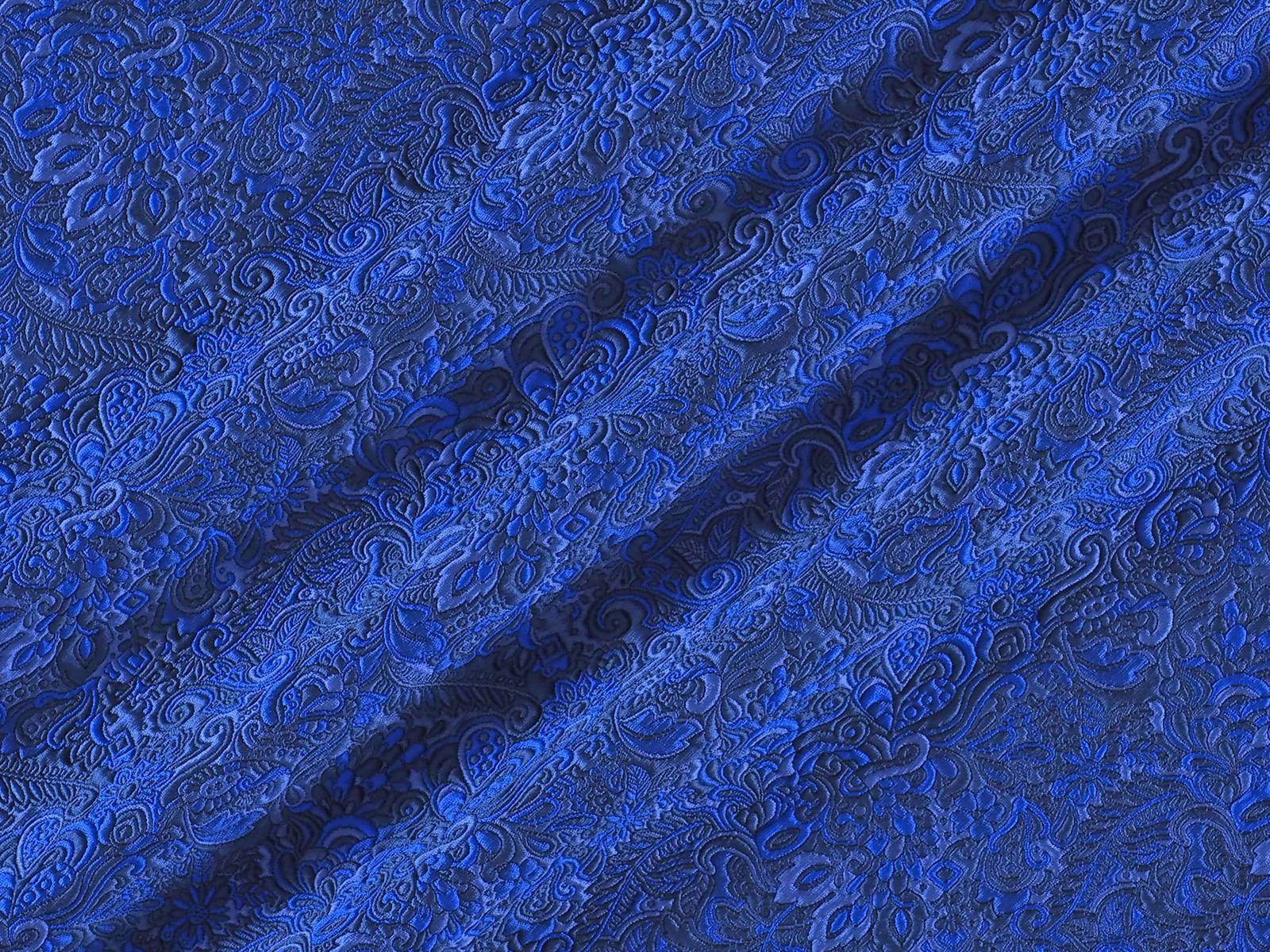
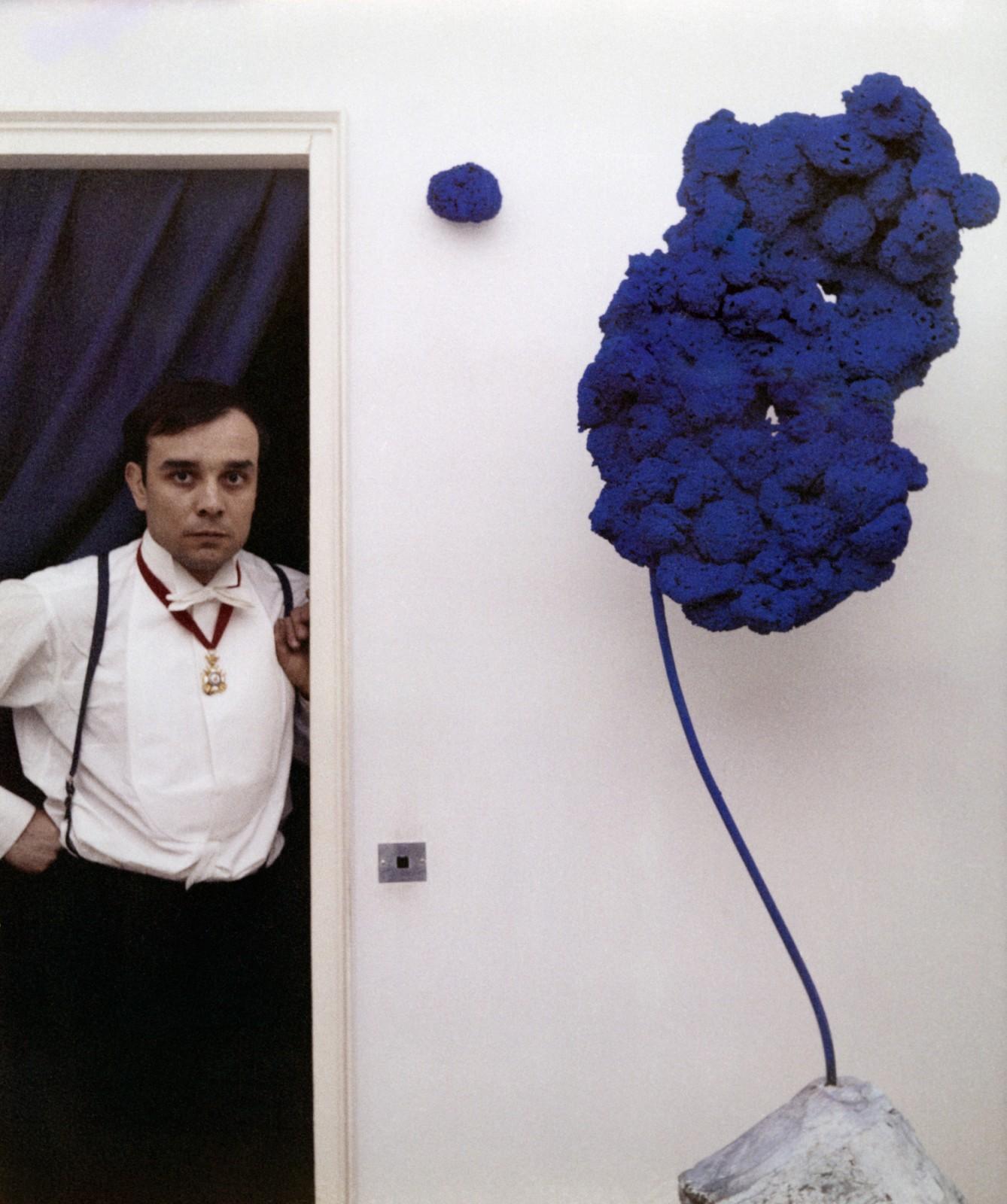
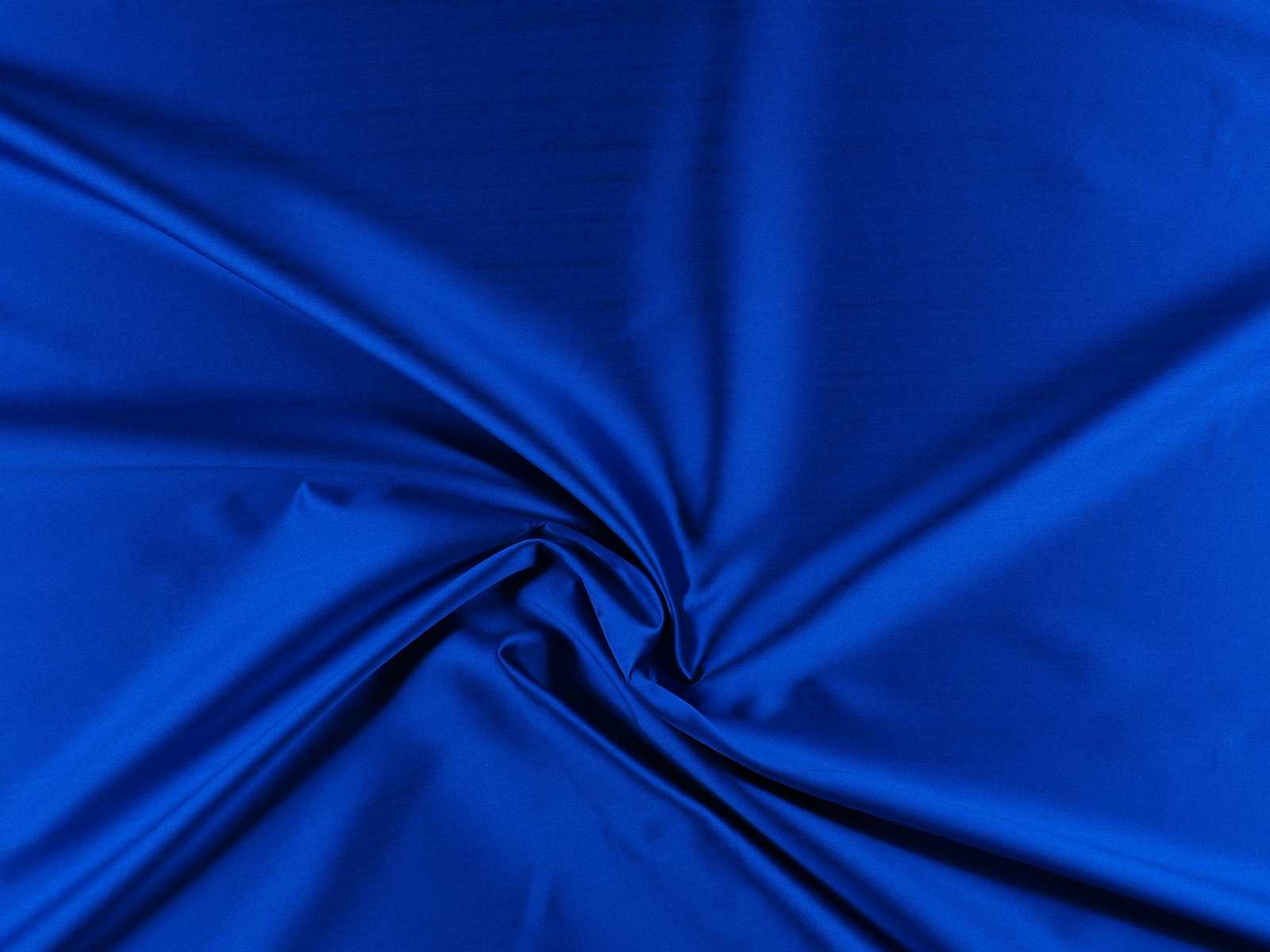
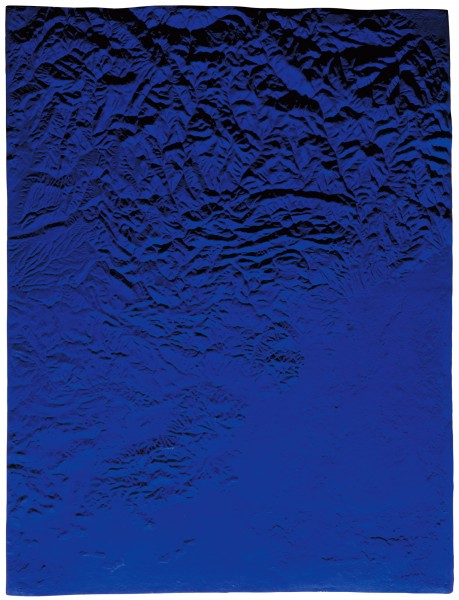
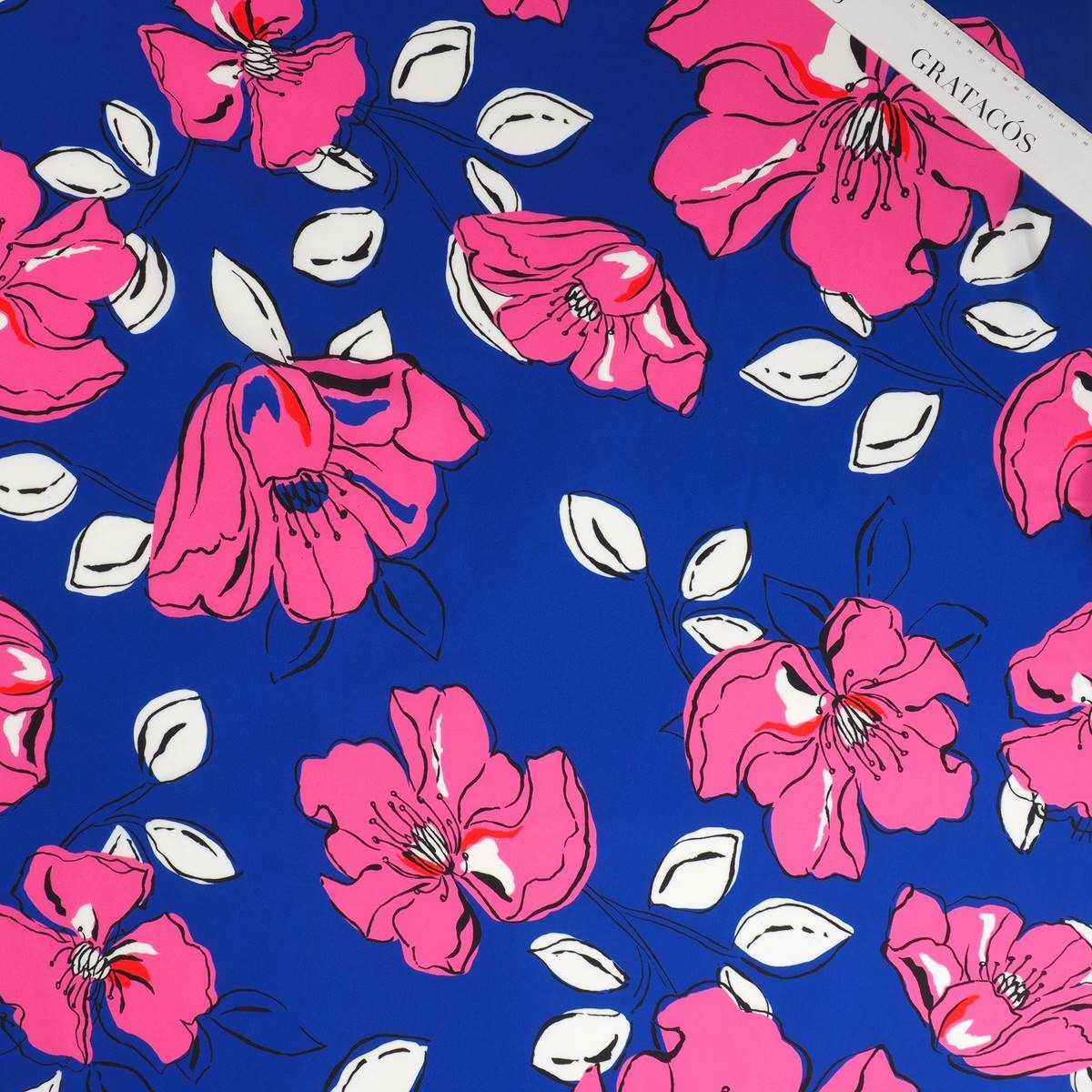
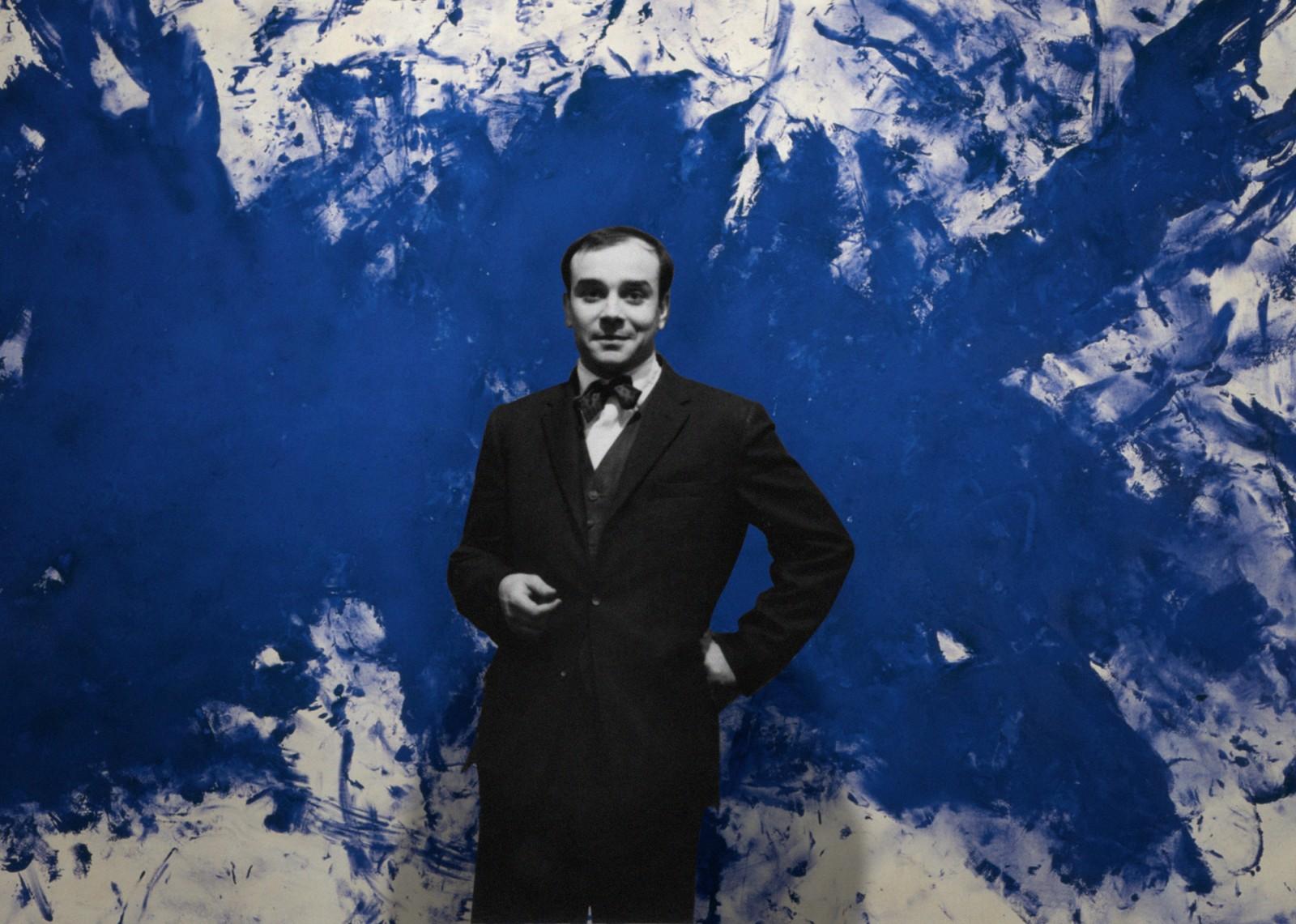
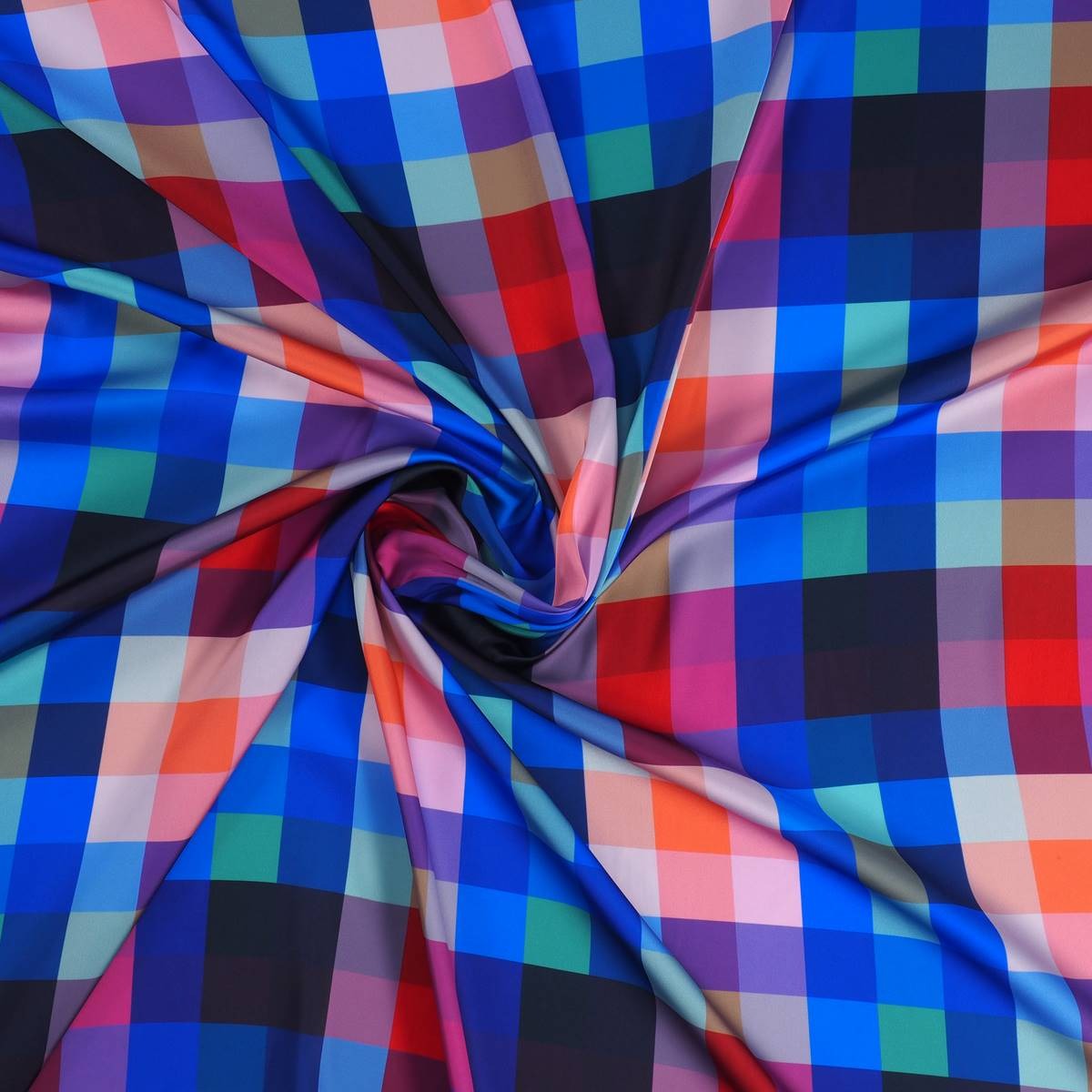
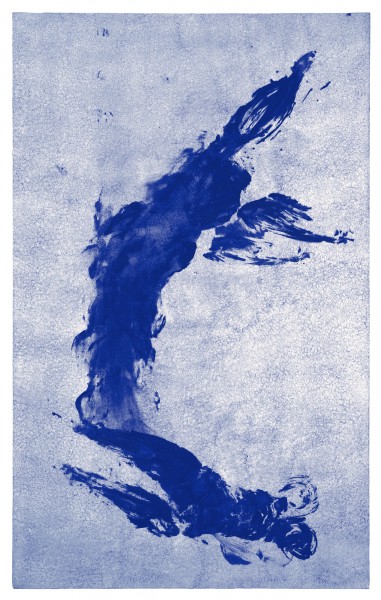
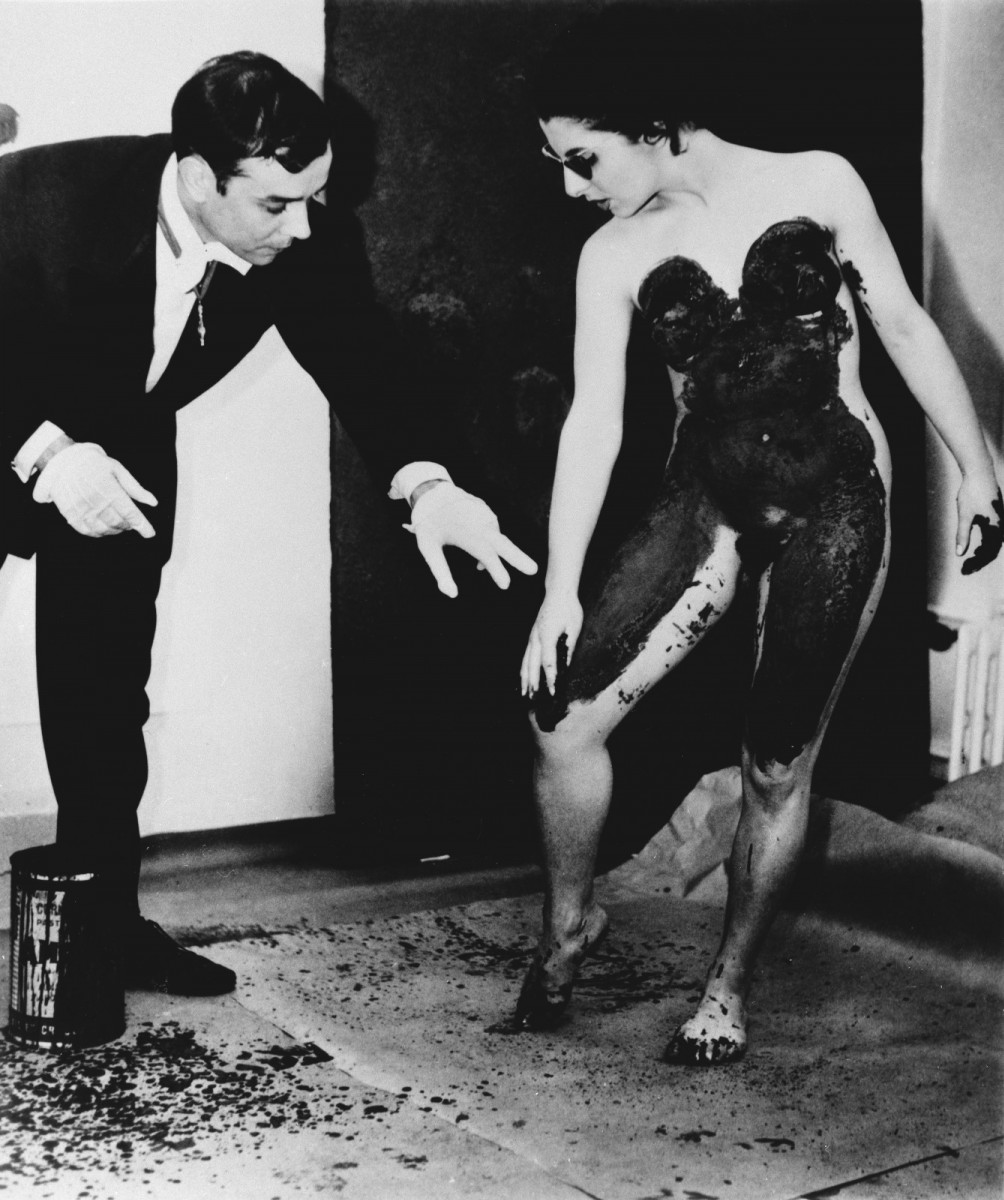
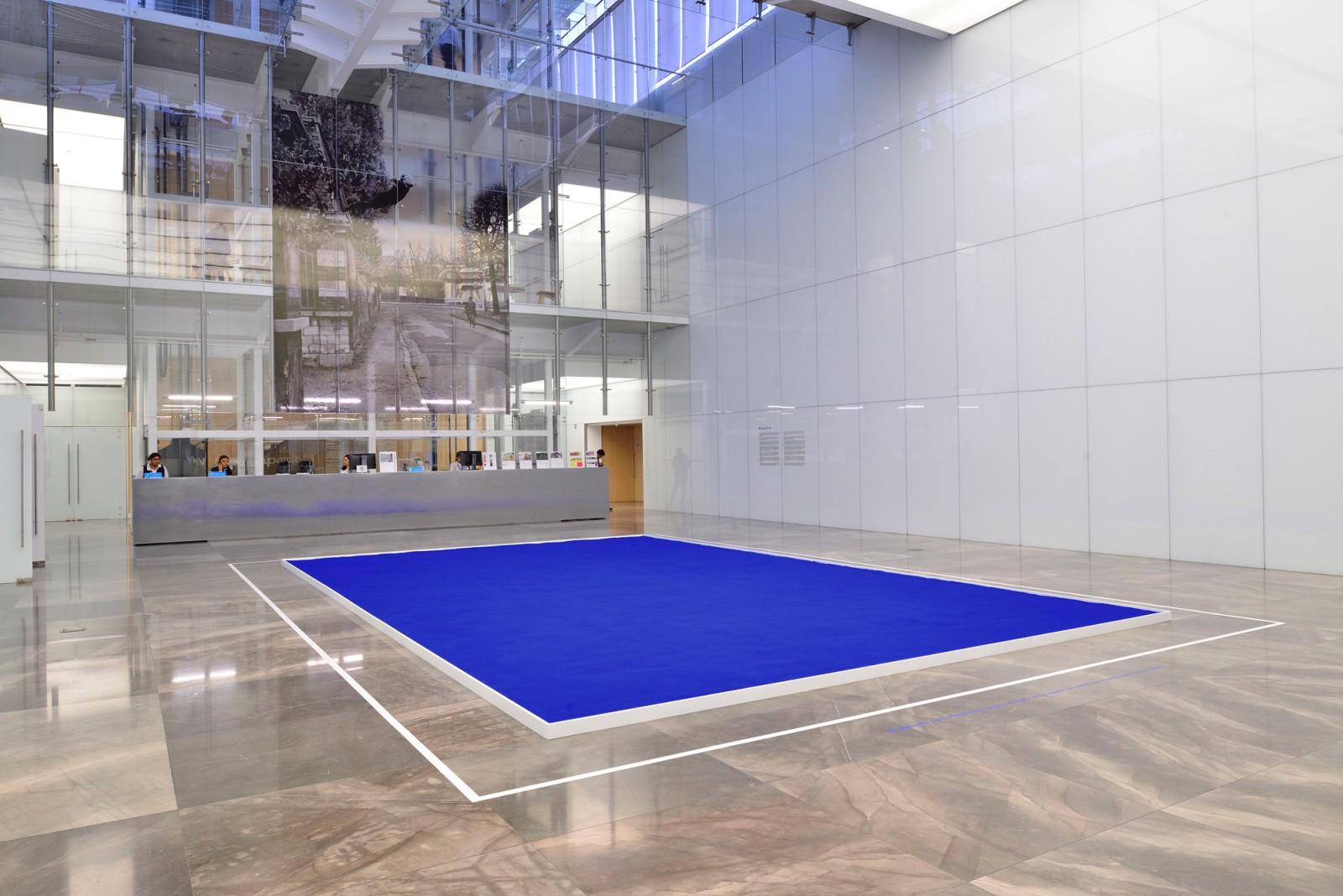
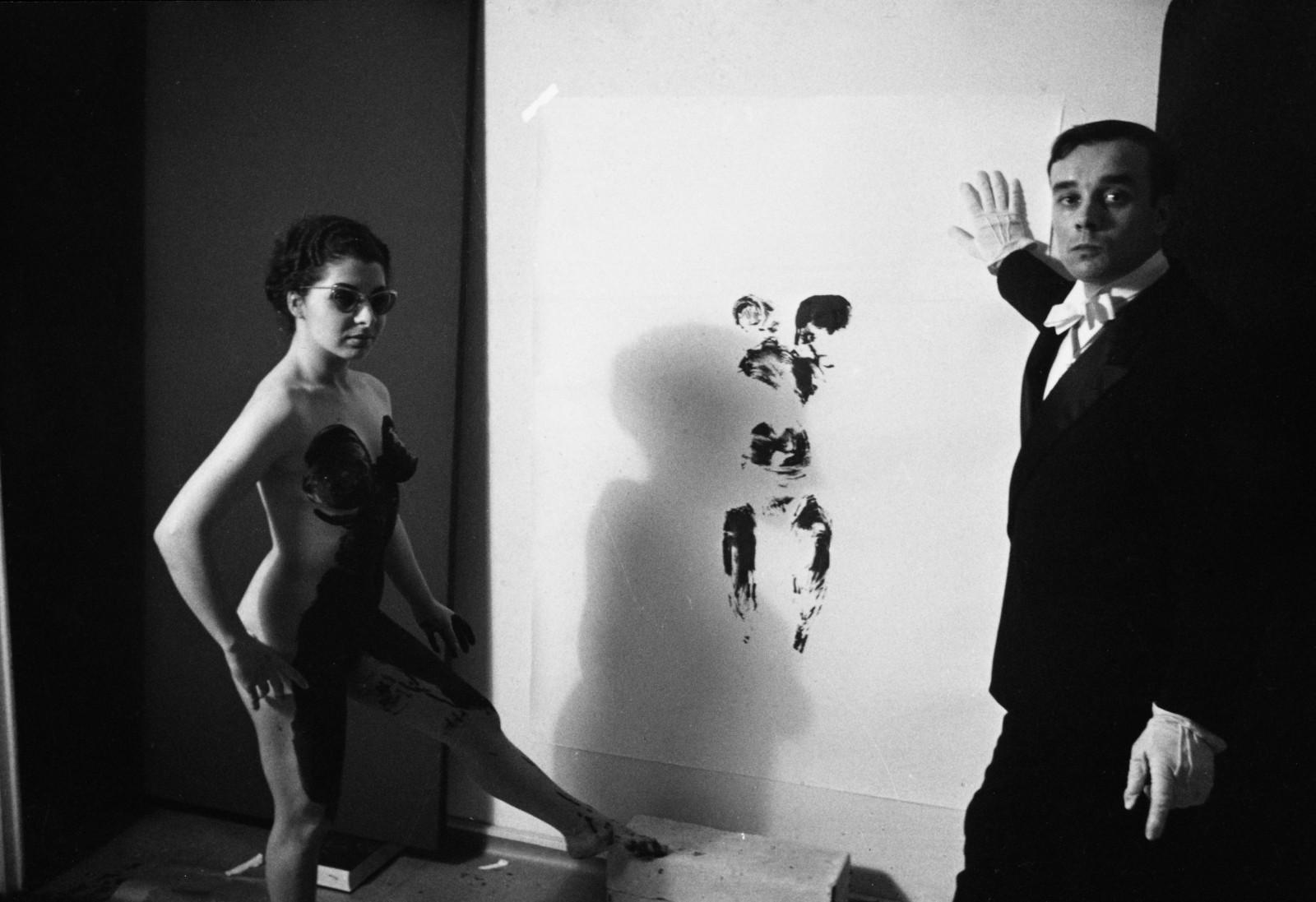
(Español) El diseñador de los sueños brilla en Londres
The boom of sequins
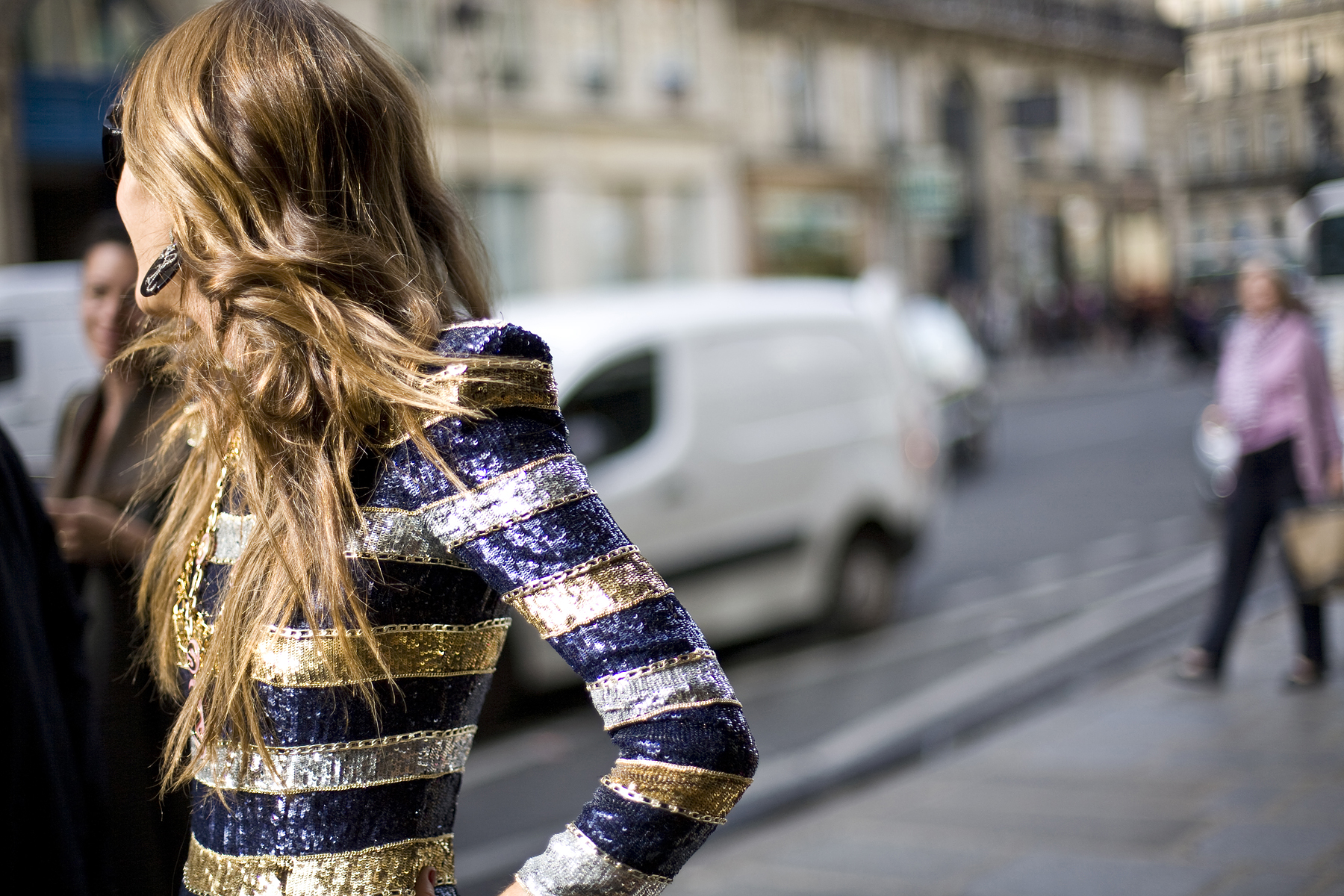
Sequins are not just synonymous with celebration. In any case, we will not deny the opposite either, because it is evident that during the festive periods -mainly between Christmas and New Year’s Eve- it is when they shine at their maximum splendor. But why do we insist on booking this shiny fabric for special occasions?
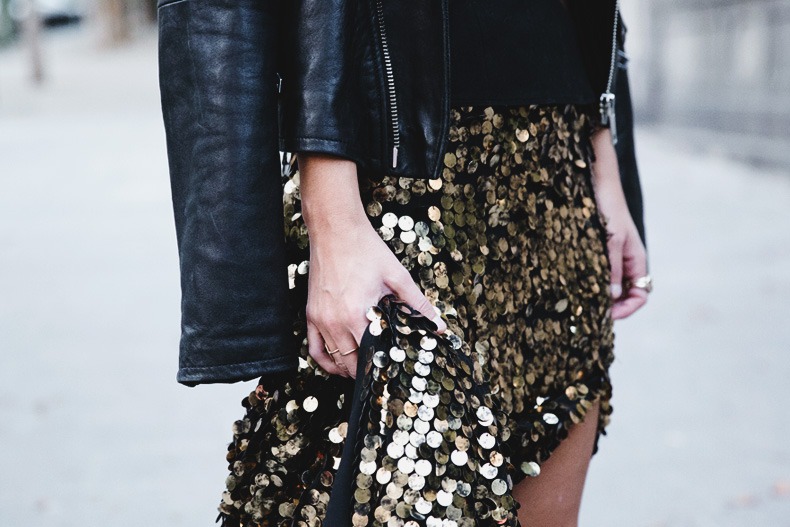
The change has already begun. In recent seasons, we have seen how, little by little, sequins have conquered the ground featuring in the daily outfits of celebrities and prominent personalities from the world of fashion. In various sizes from XS to XL, creating colourful graphic mosaics or blocks of colour, in this transition to street fashion, the sequins have appeared in all its versions to give that radiant air to daily looks.
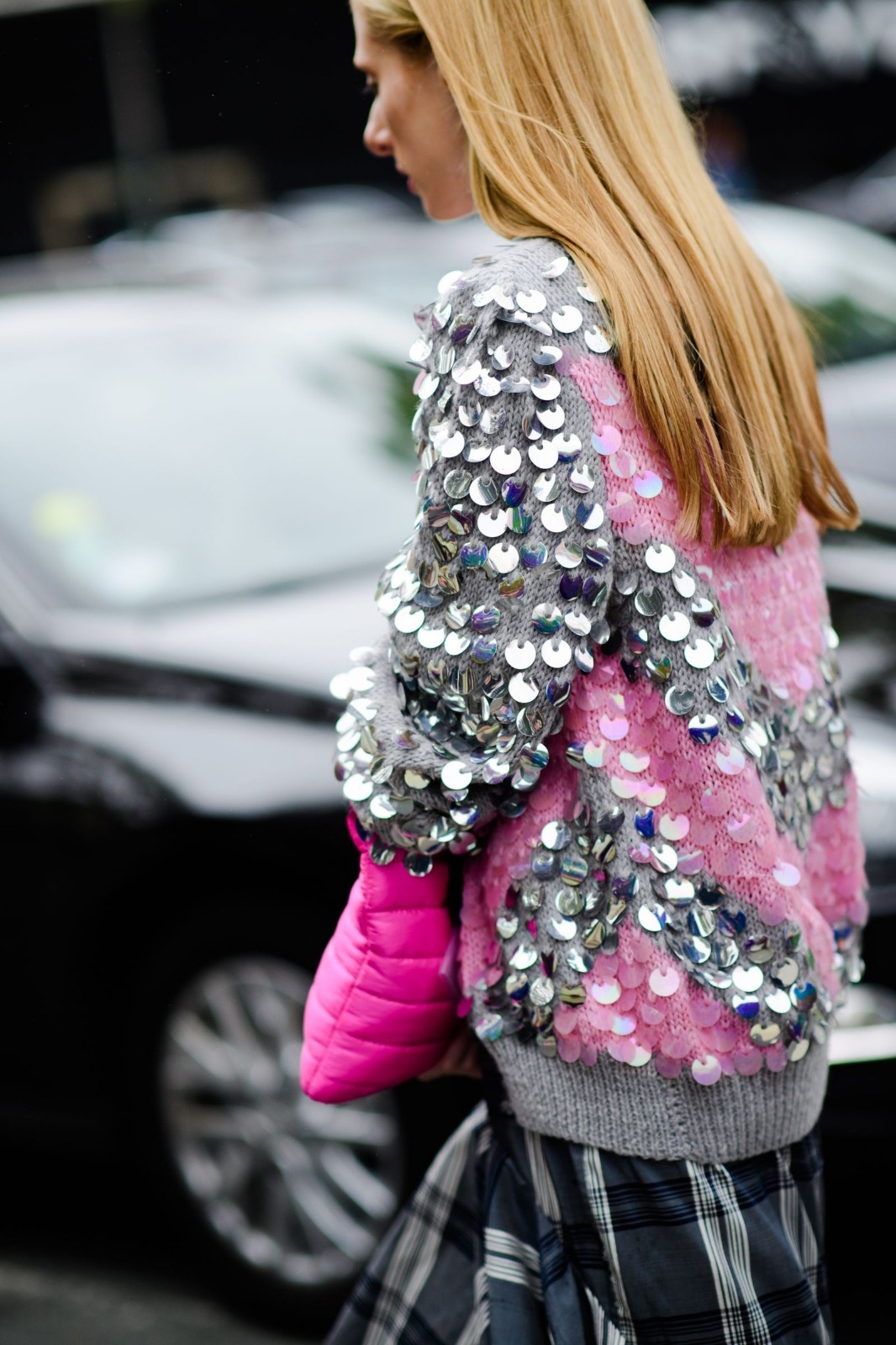
How to combine these brilliant accounts in day to day wear? The key, more than in the fabric, lies in the garment itself and in the way it is combined. The star garment of the season is the narrow midi skirt. An ideal piece to add shine to a daily outfit without the risk of making mistakes. This garment can be combined with neutral garments such as basic sweaters, white shirts or coats in muted tones, which attenuate the brilliant effect of the sequins. In this way an elegant, daring and youthful outfit is achieved.
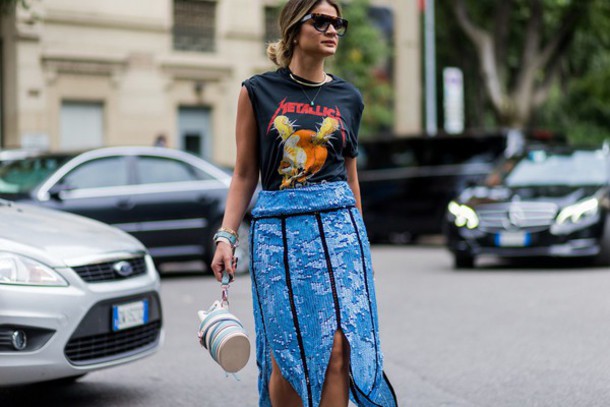
Beyond skirts or narrow trousers, you can use other garments with sequins that are also easily combined with a vest top, a shirt or a thin jumper. A trick to integrate it into your wardrobe is to play the overlays: it is an effective resource to combine several garments subtracting the bling bling effect of the sequins.
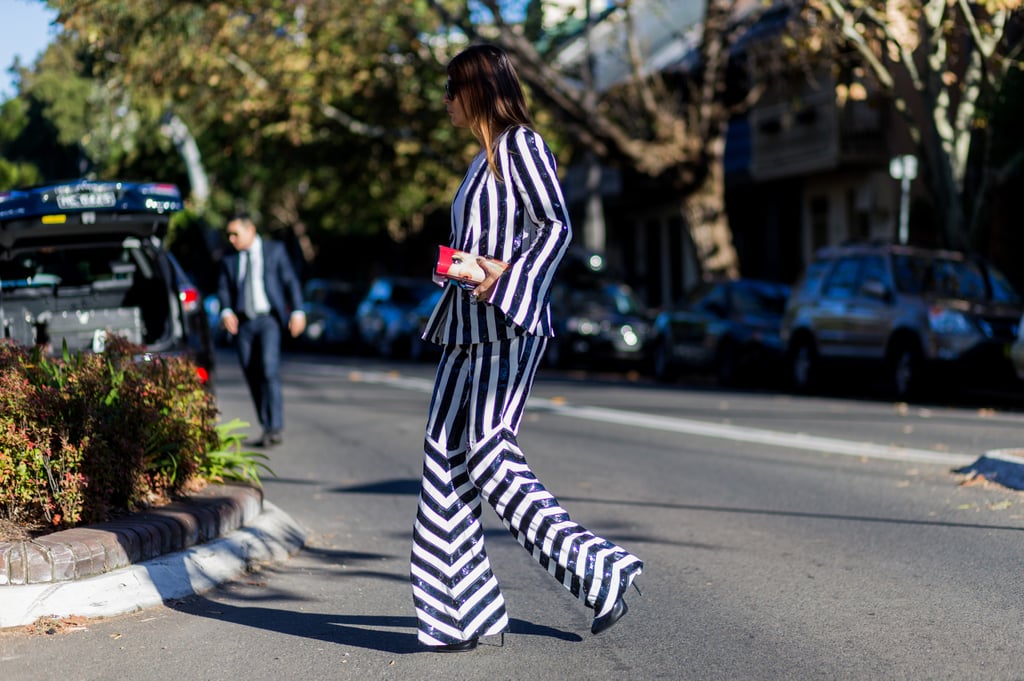
Finally, there is a garment that maintains all of its power if it is made with sequins: short jackets and blazers. A versatile and useful option for evening wear. To reduce its intensity, it is advisable to wear a black and white look underneath. Even so, its shiny effect means that, with sequins, it never goes unnoticed.
In Gratacós , we have a selection of very varied and colourful sequin fabrics for you to invent with them the garments that will star in the looks of the new season. Imagination to the power!
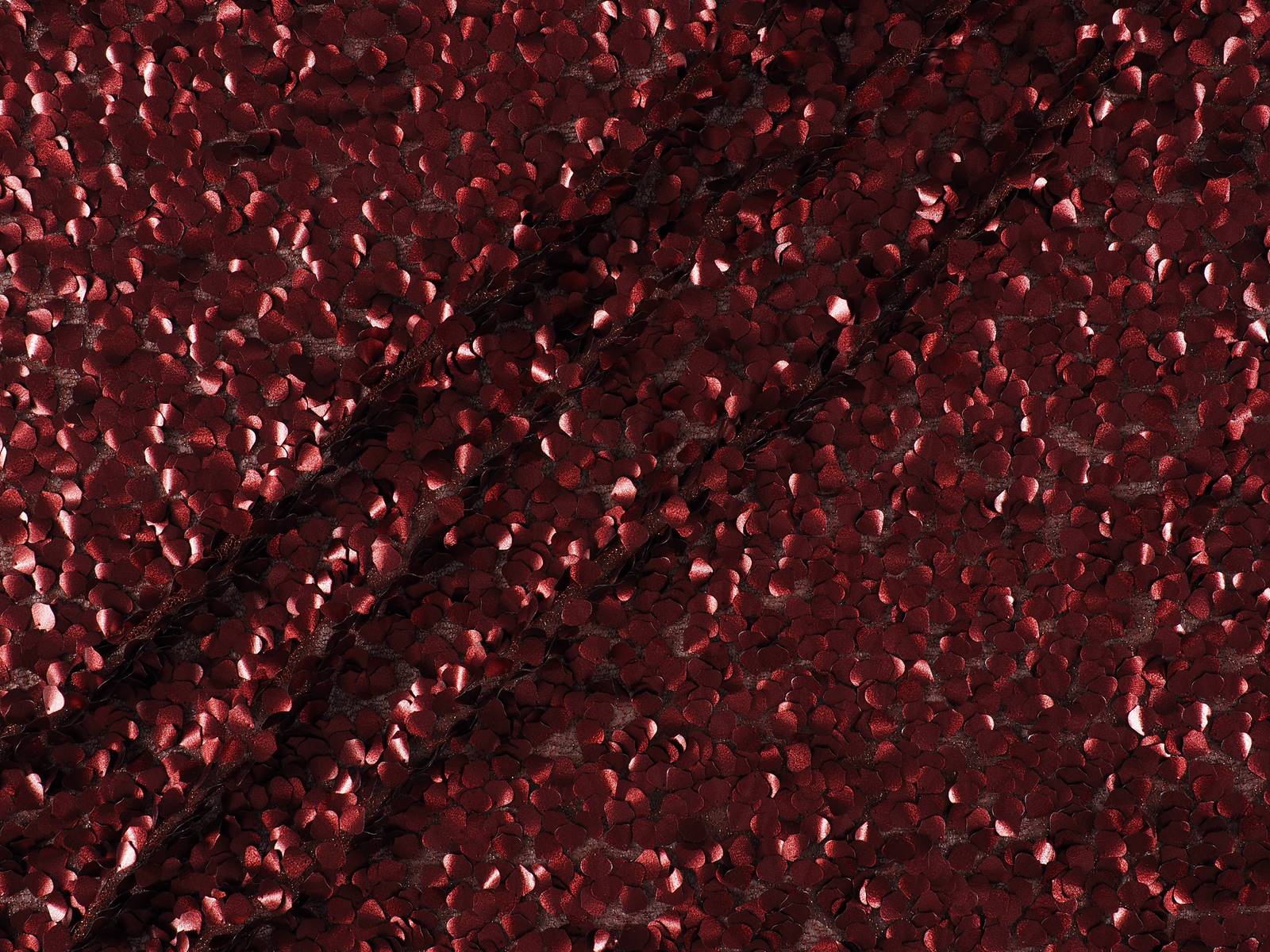
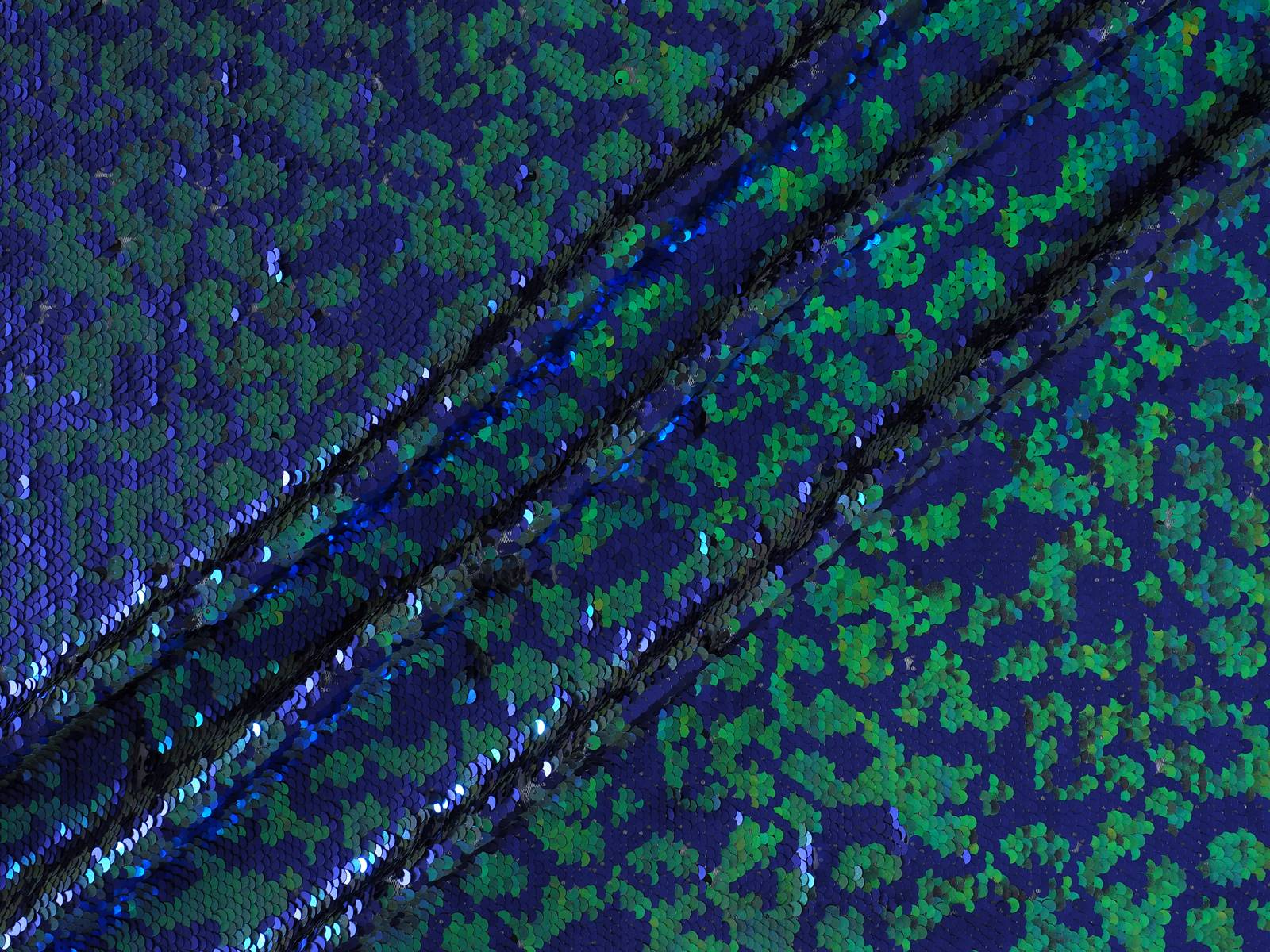
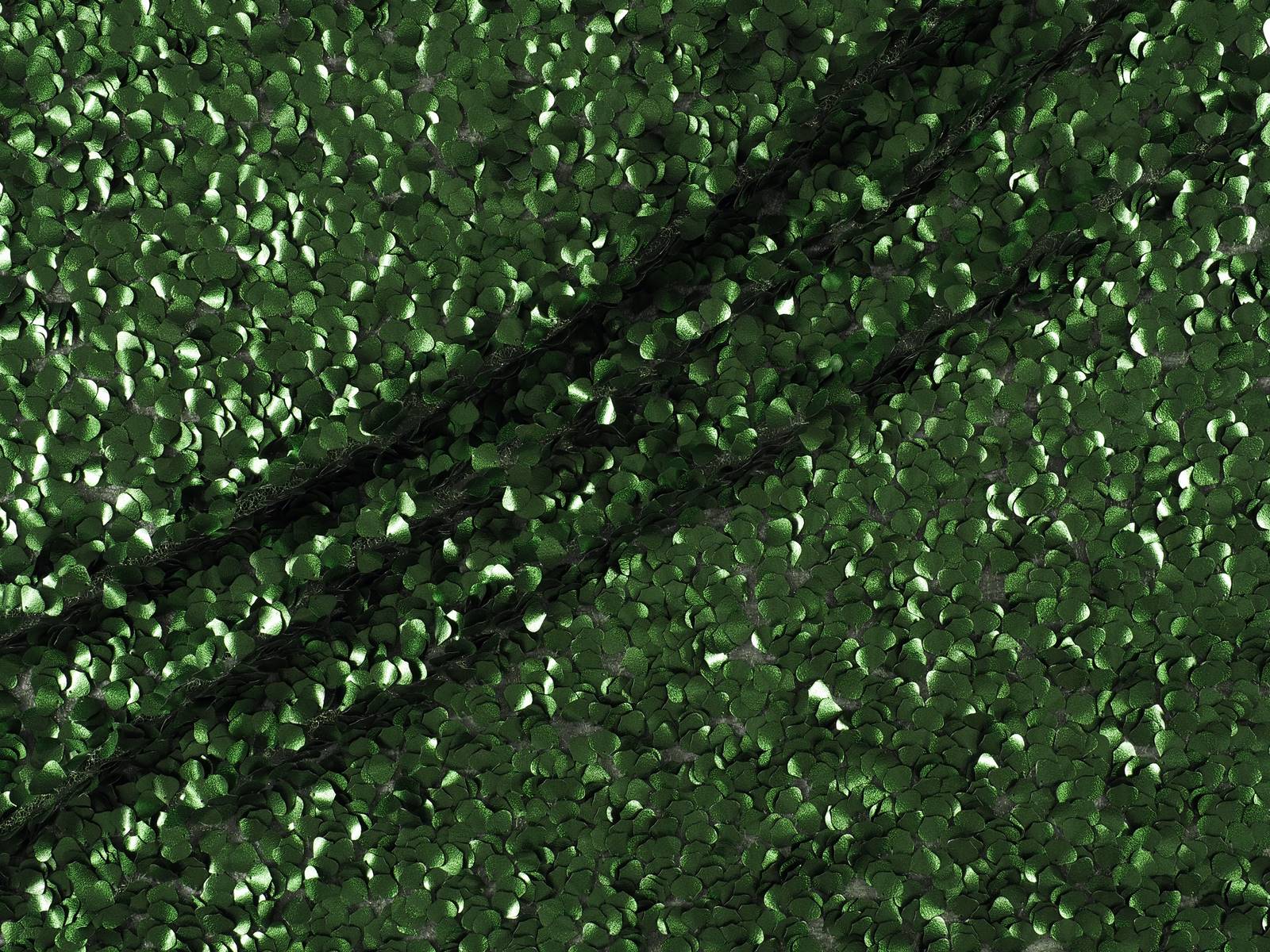
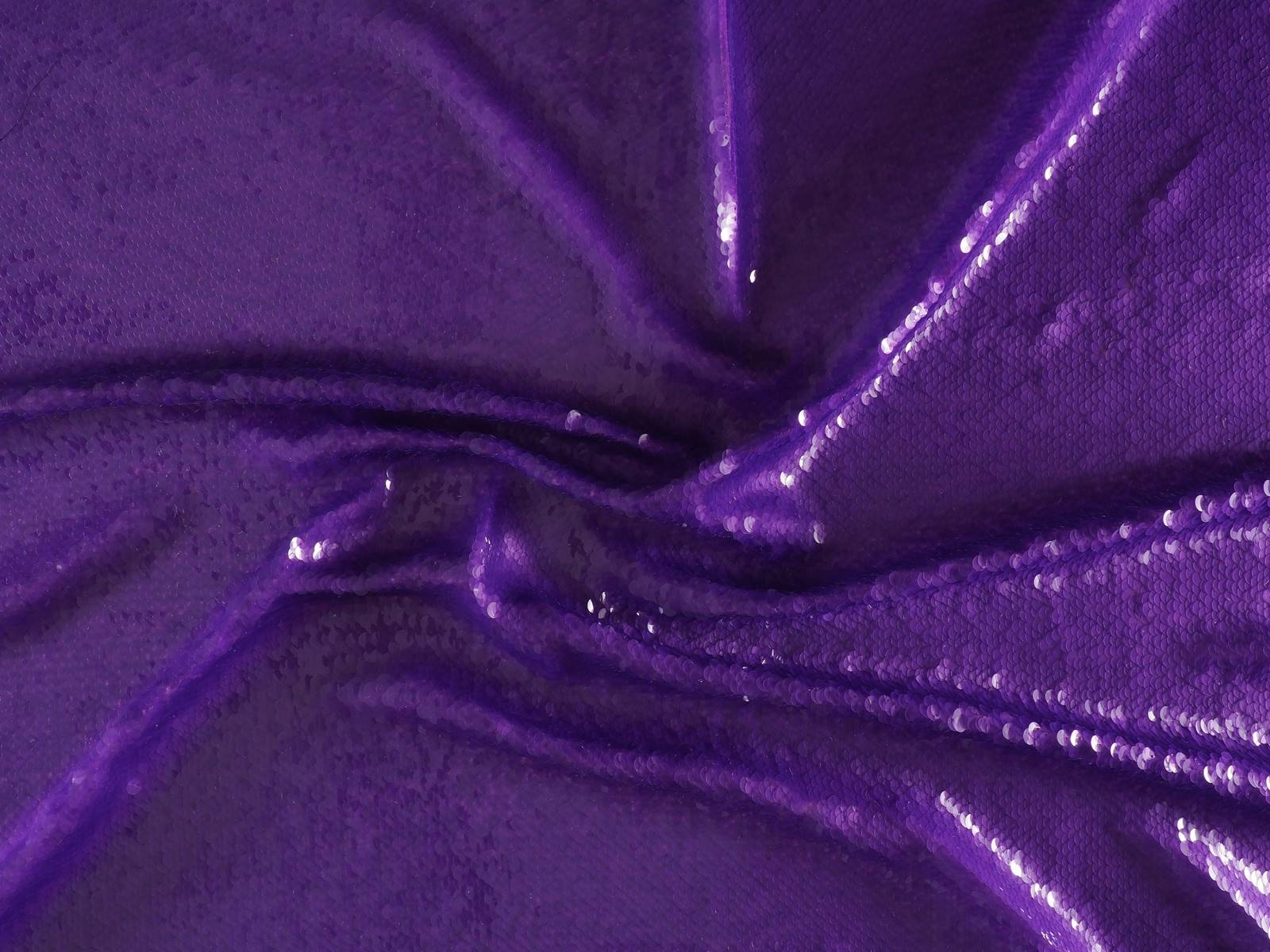
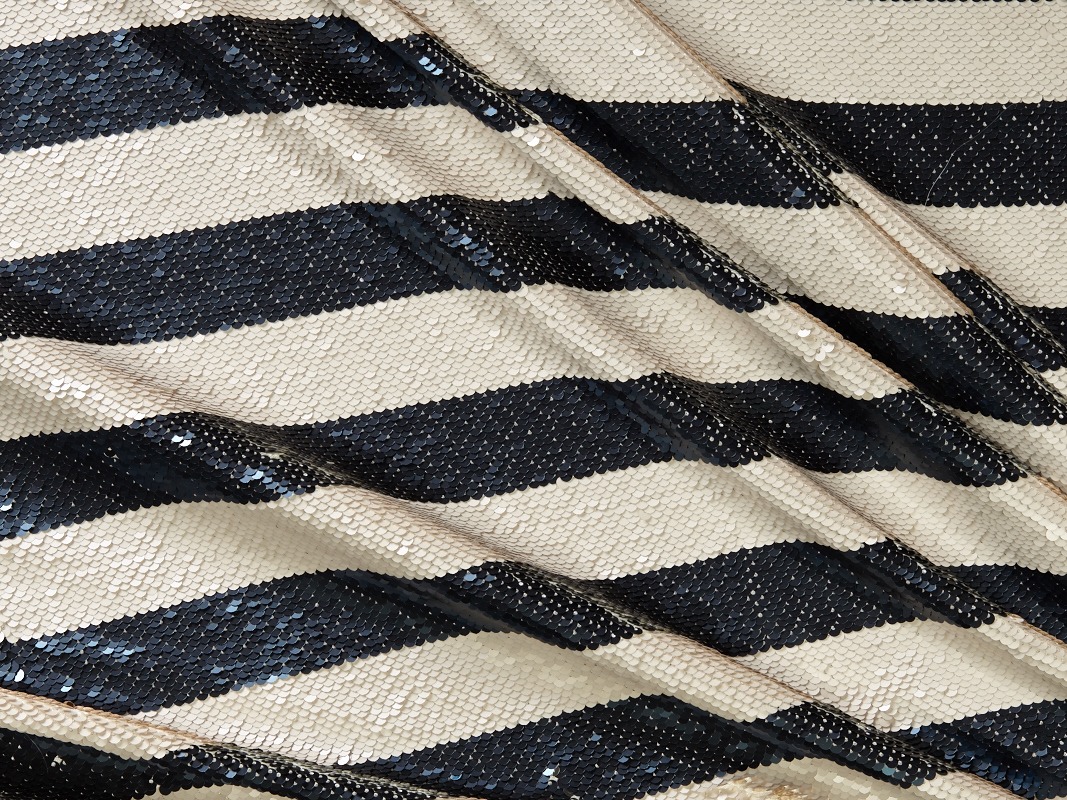
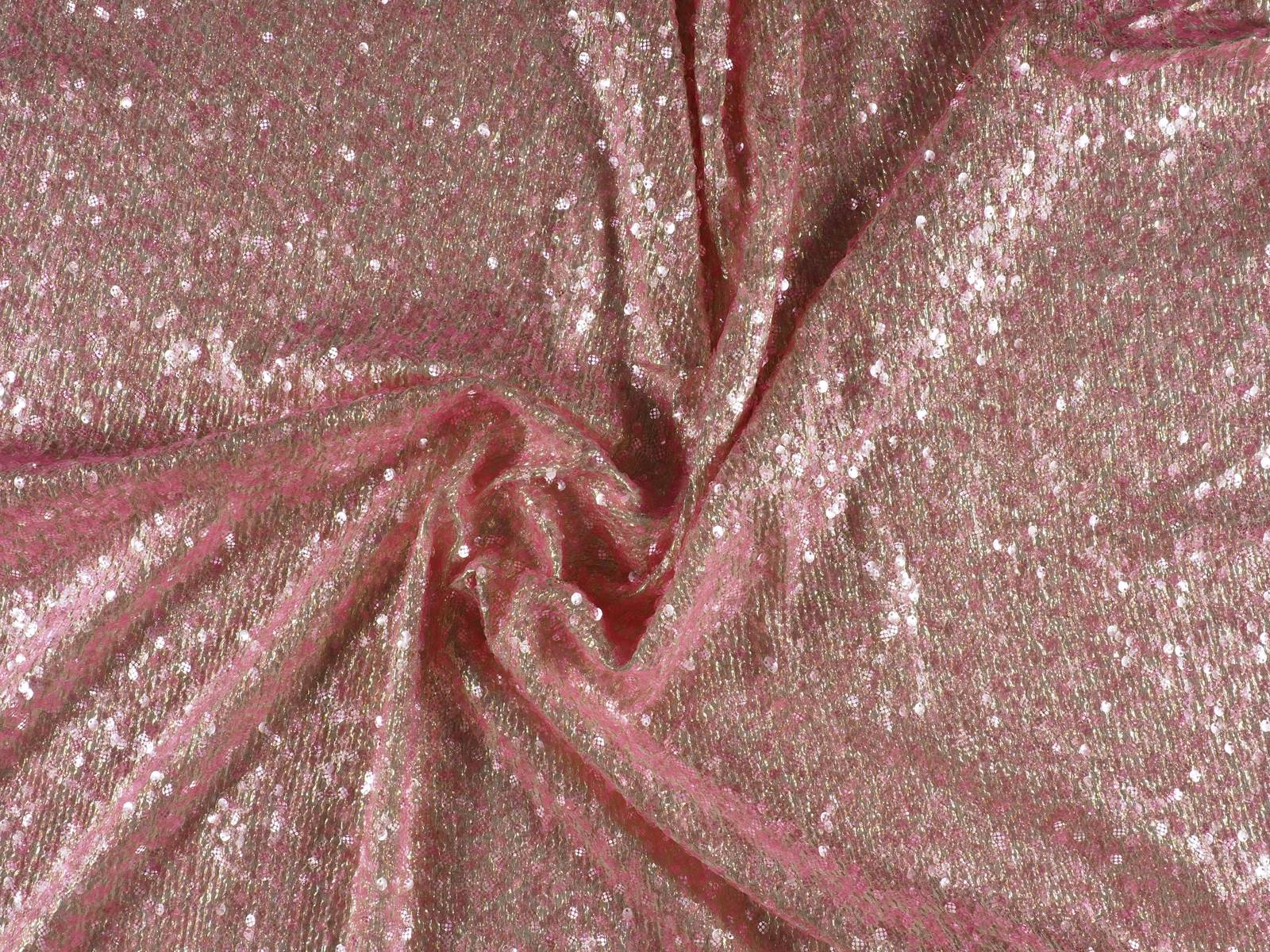
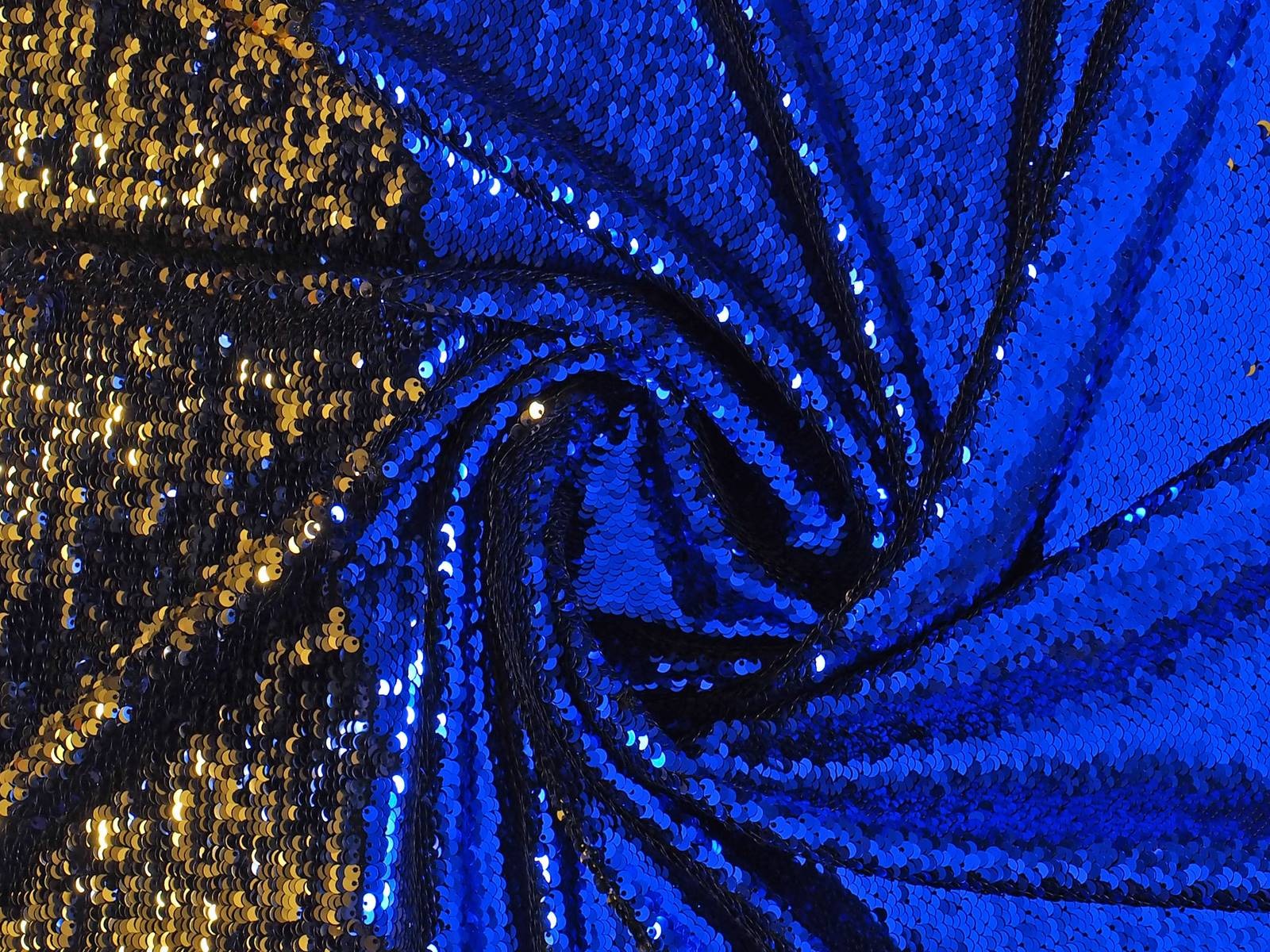
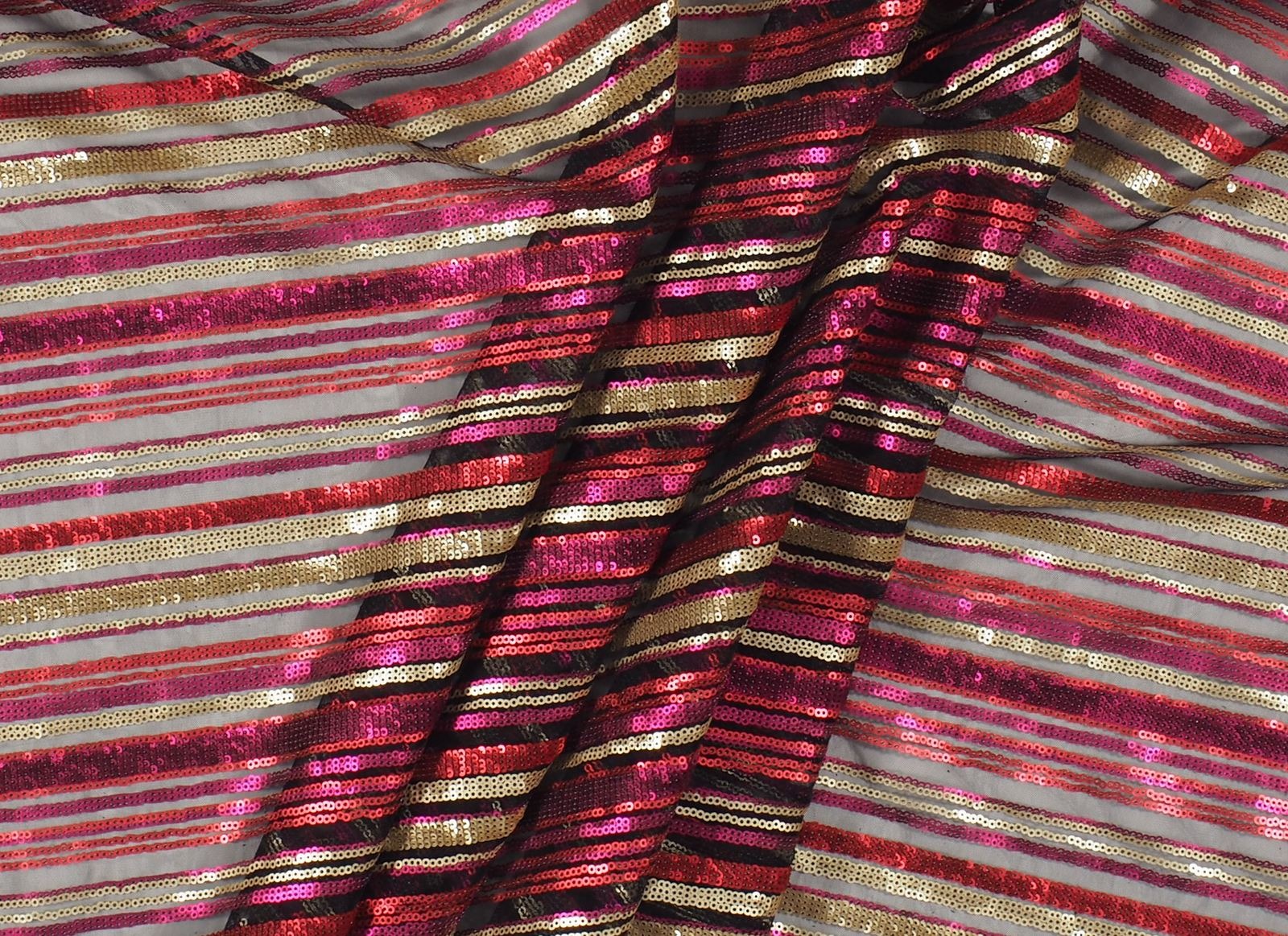
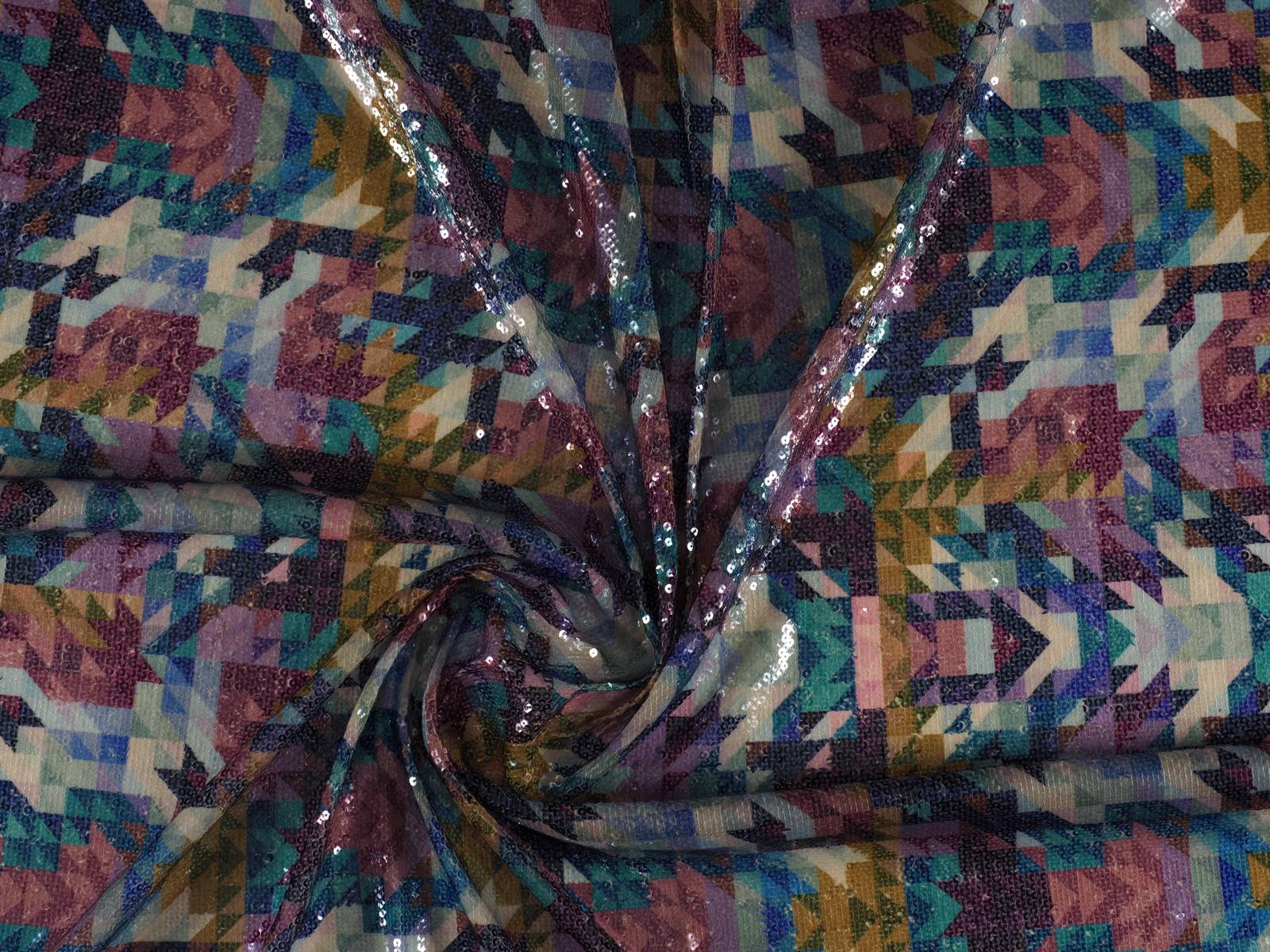
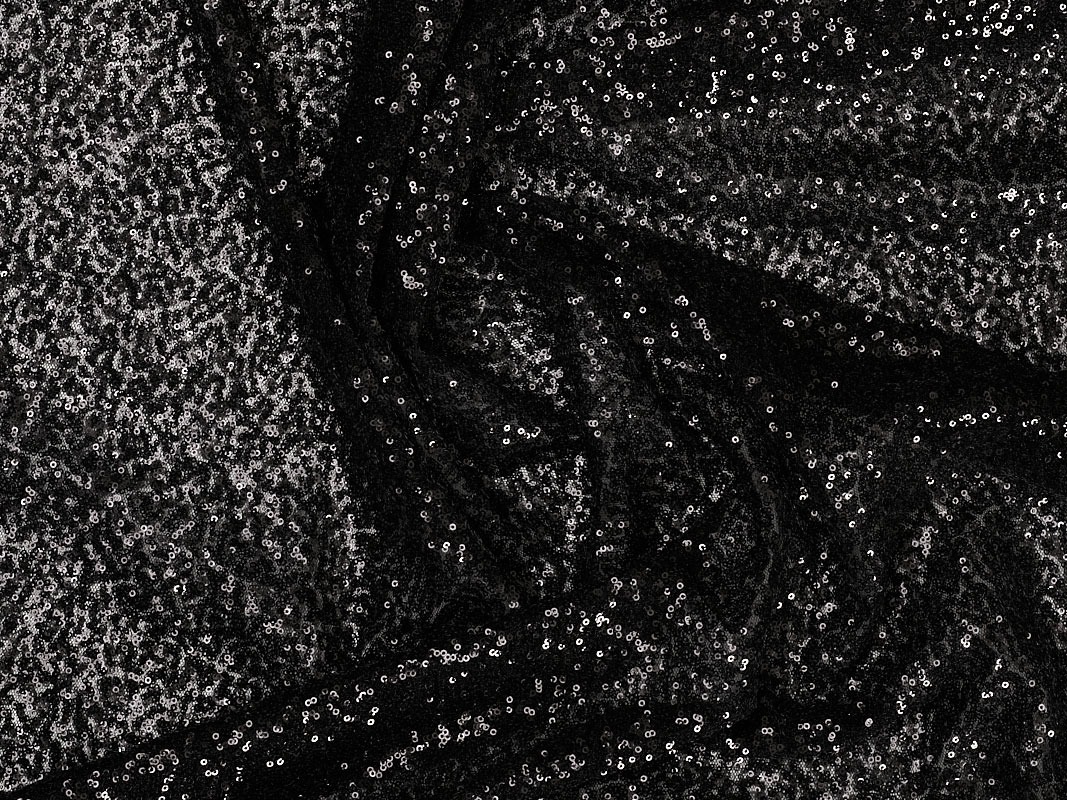
Fashion Colours Autumn-Winter 2018
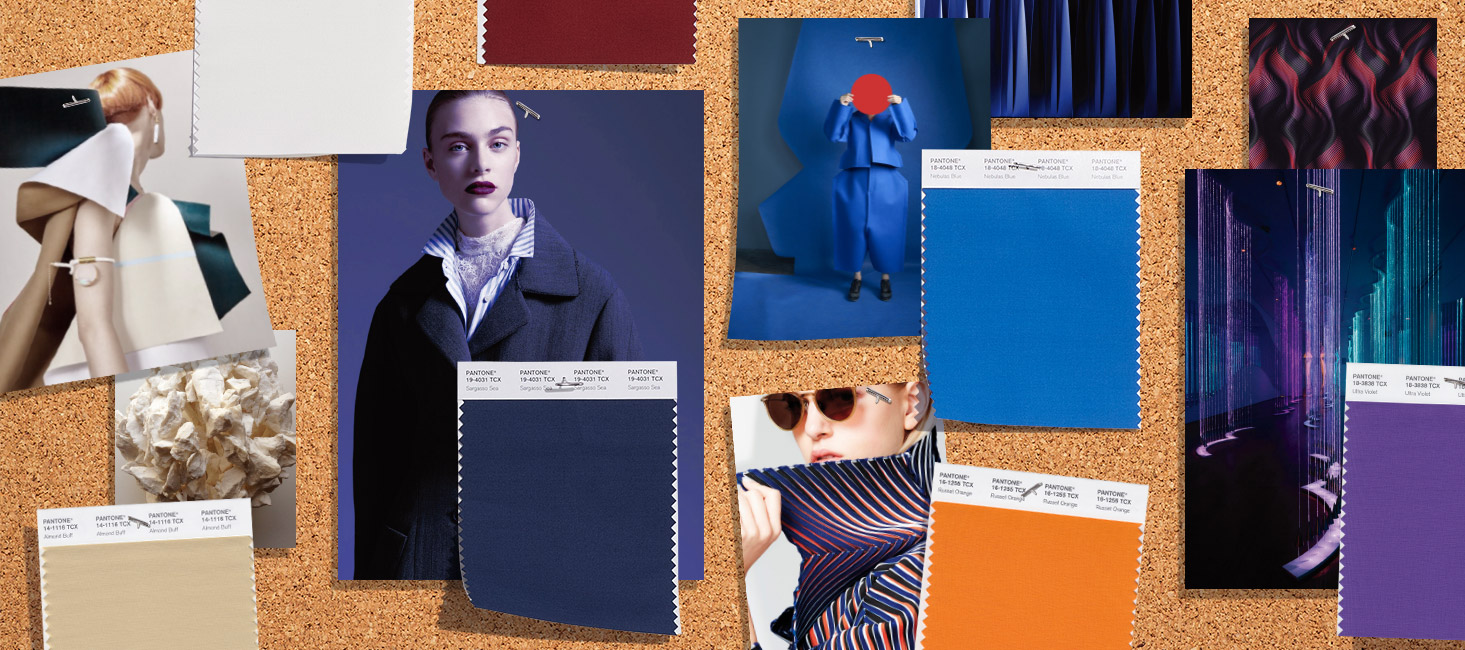
This autumn is especially colourful, with saturated and bright shades that radiate strength and energy for the darkest months of the year, where it is usual for neutral ranges and pale tones to predominate. Now it is just the opposite!
First it was the neon colours, then orange as a transition between summer and autumn and now there are other shades within the colder palette ready to take over. According to a Trends Report from Pantone (the international colour authority), the colours for Autumn-Winter 2018 “express our need for individuality, ingenuity and creativity”. They are unexpected autumnal tones that are complemented by more traditional ones that radiate this desire to break with the seasonal structures. The same report points out that they are “expressive colours that reinvent the history of seasonal colour and allow fashion to play with art and originality”.
Here we reveal four colours that illuminate the looks of autumn and that have already been seen on the catwalks:
1.- Red Pear
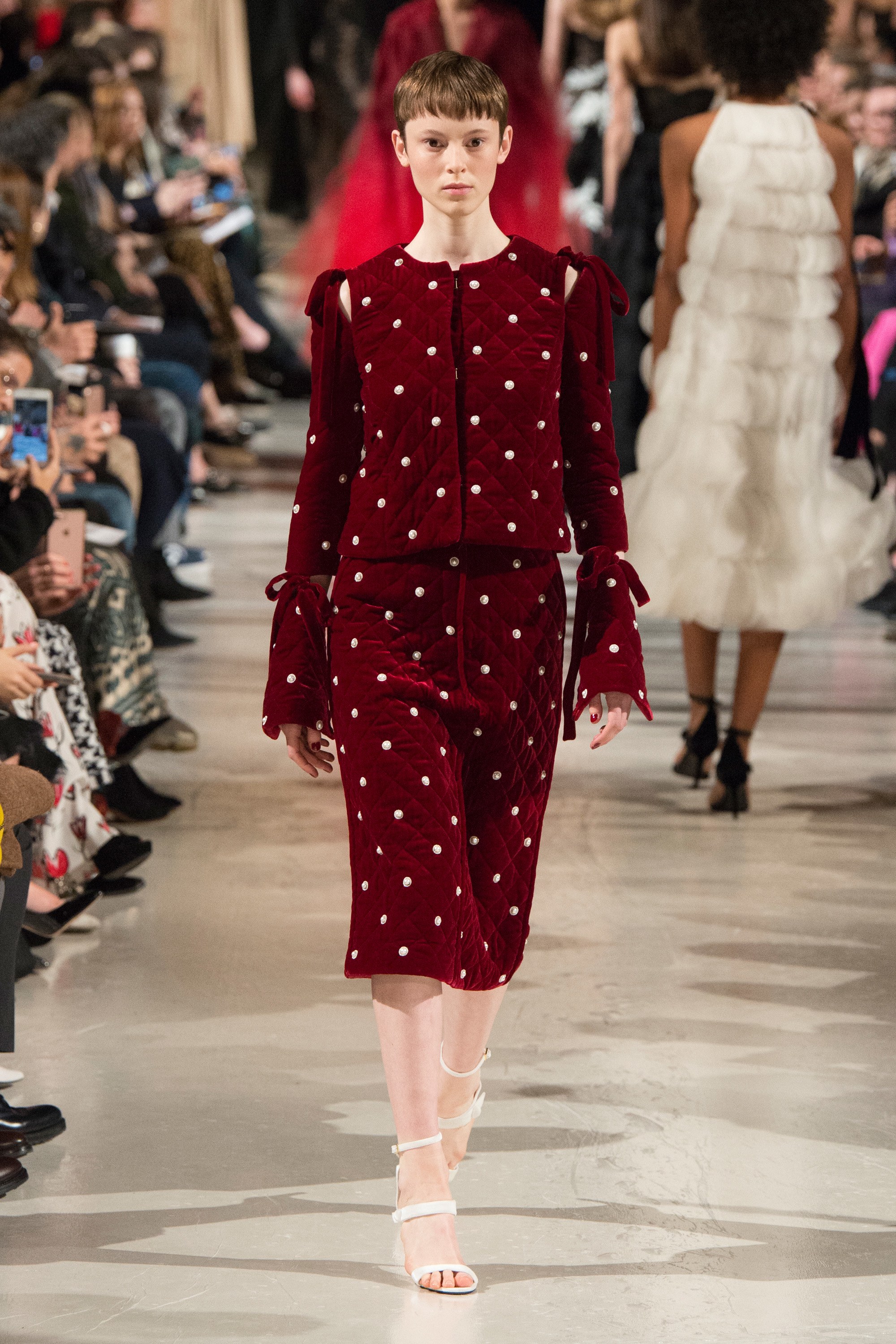 |
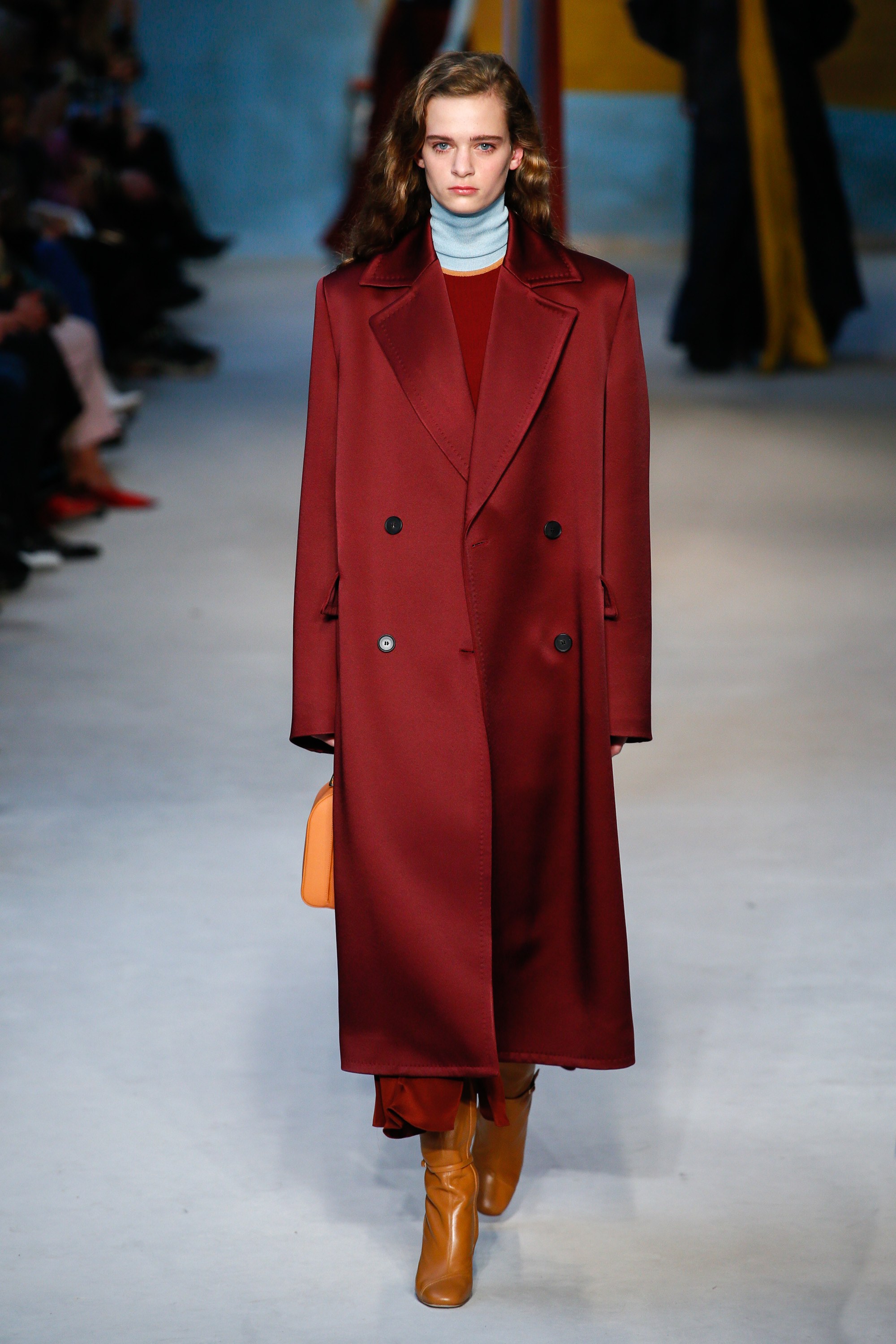 |
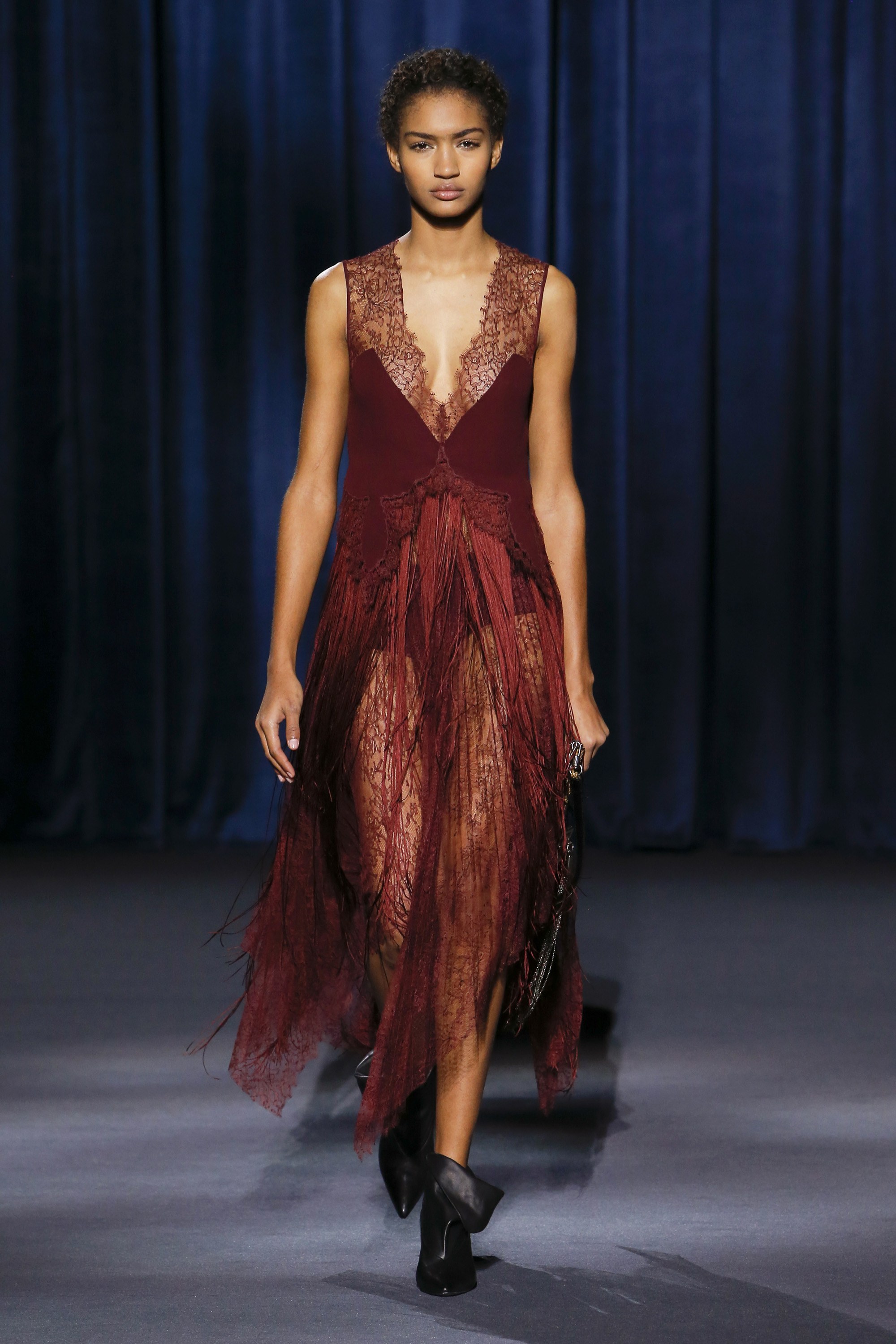 |
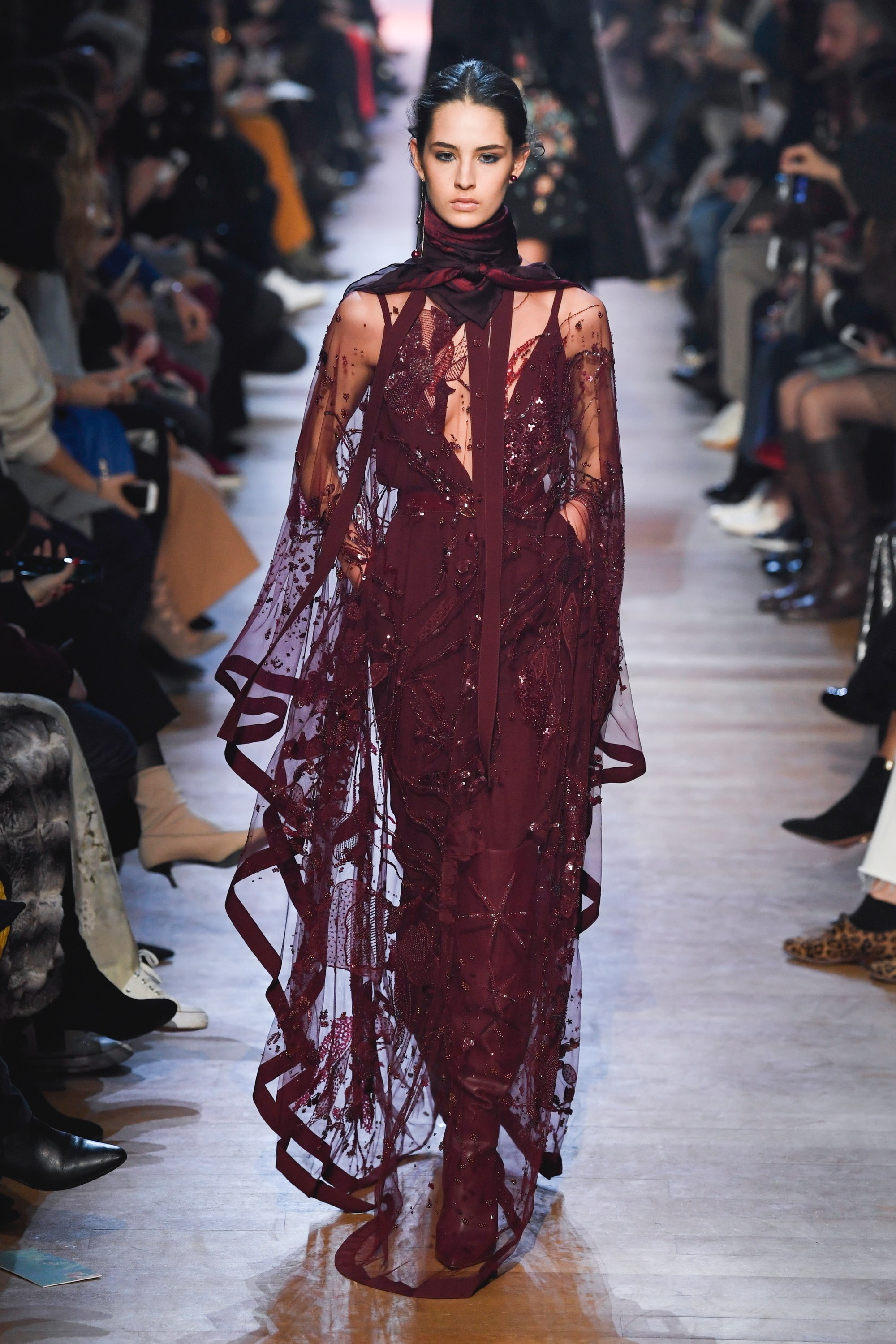 |
This red is the most appealing of the palette and perhaps also the most classic of the fashionable colours. Red Pear is an intense and delicate red that attracts by its exquisite depth. It is a seductive color (reminiscent of burgundy), which admits a great variety of shades and in fabrics it appears frequently thanks to its versatility with fully evocative reliefs and textures. Companies suach as Elie Saab , Bottega Veneta , Roksanda , Givenchy , Lanvin or Oscar de La Renta have incorporated this shade tone into their autumn collections, creating easy-to-match looks.
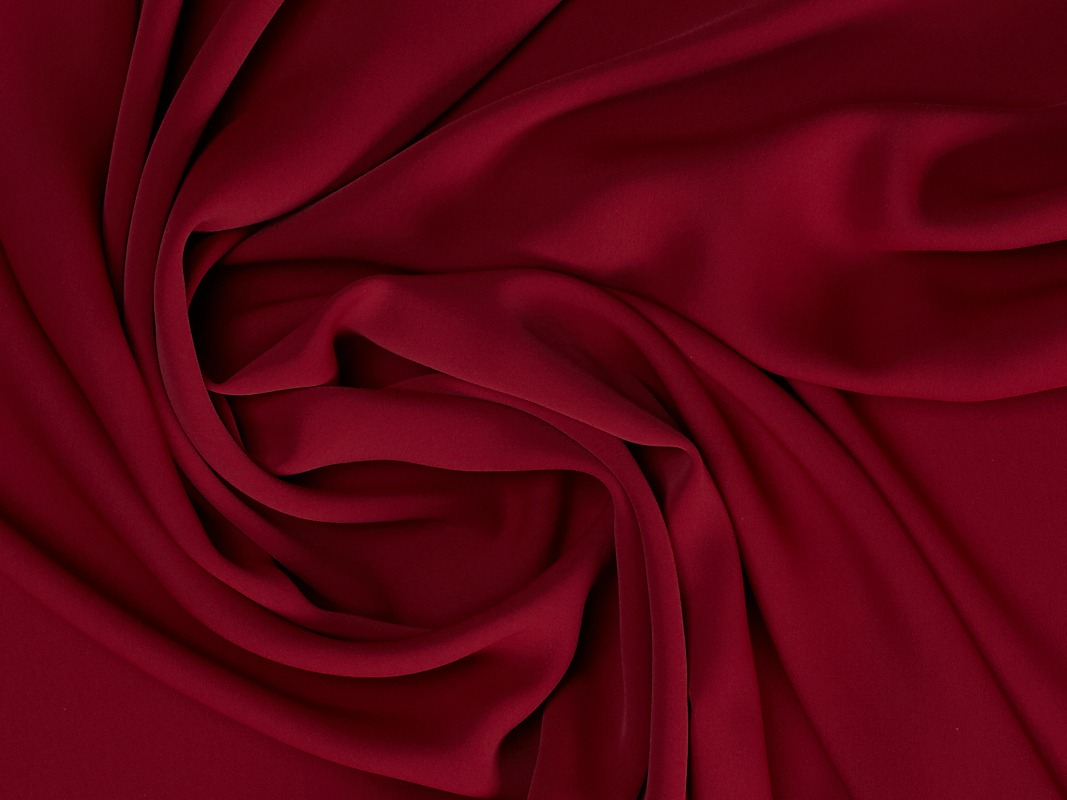 |
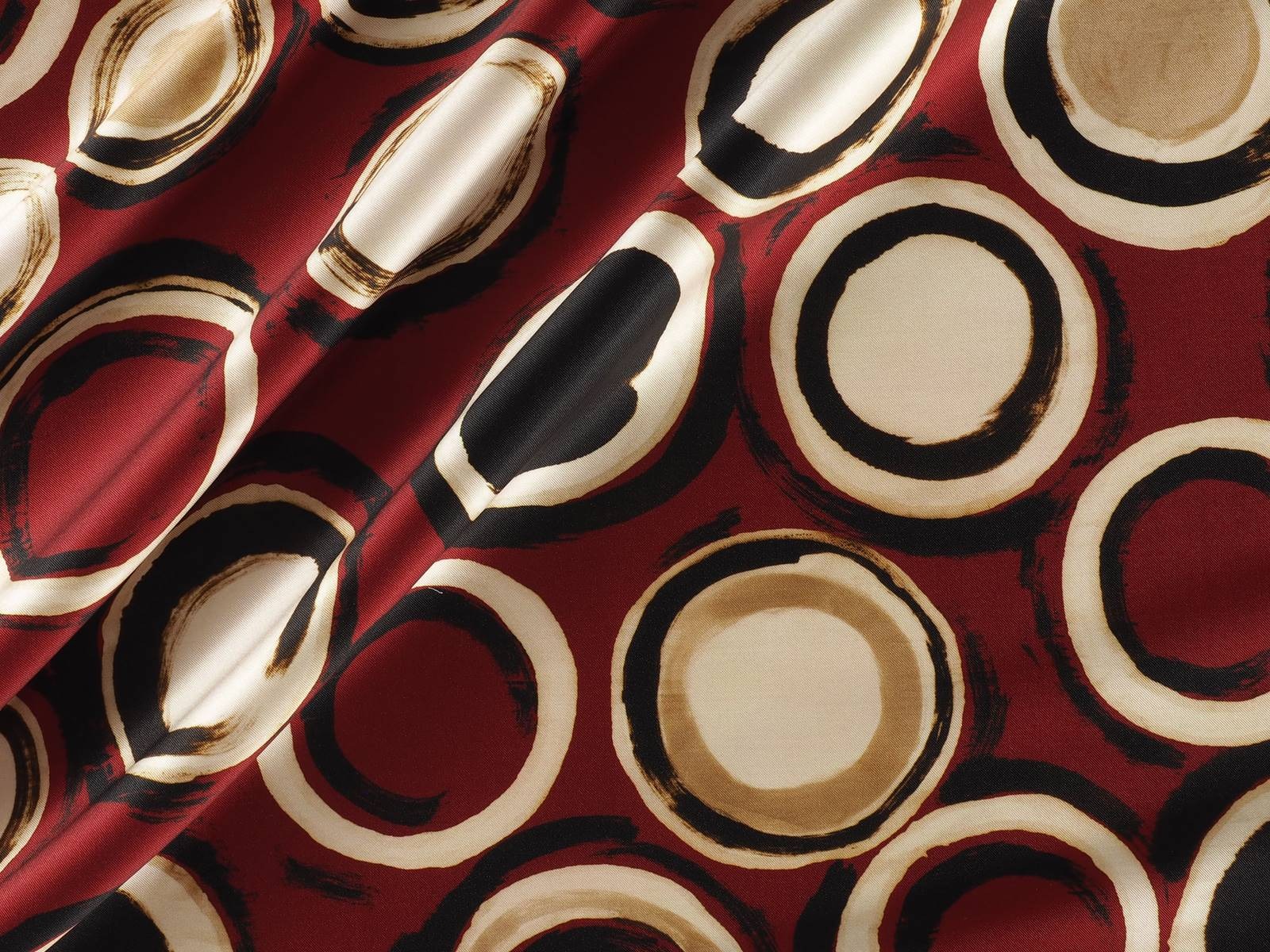 |
2.- Ultra Violet
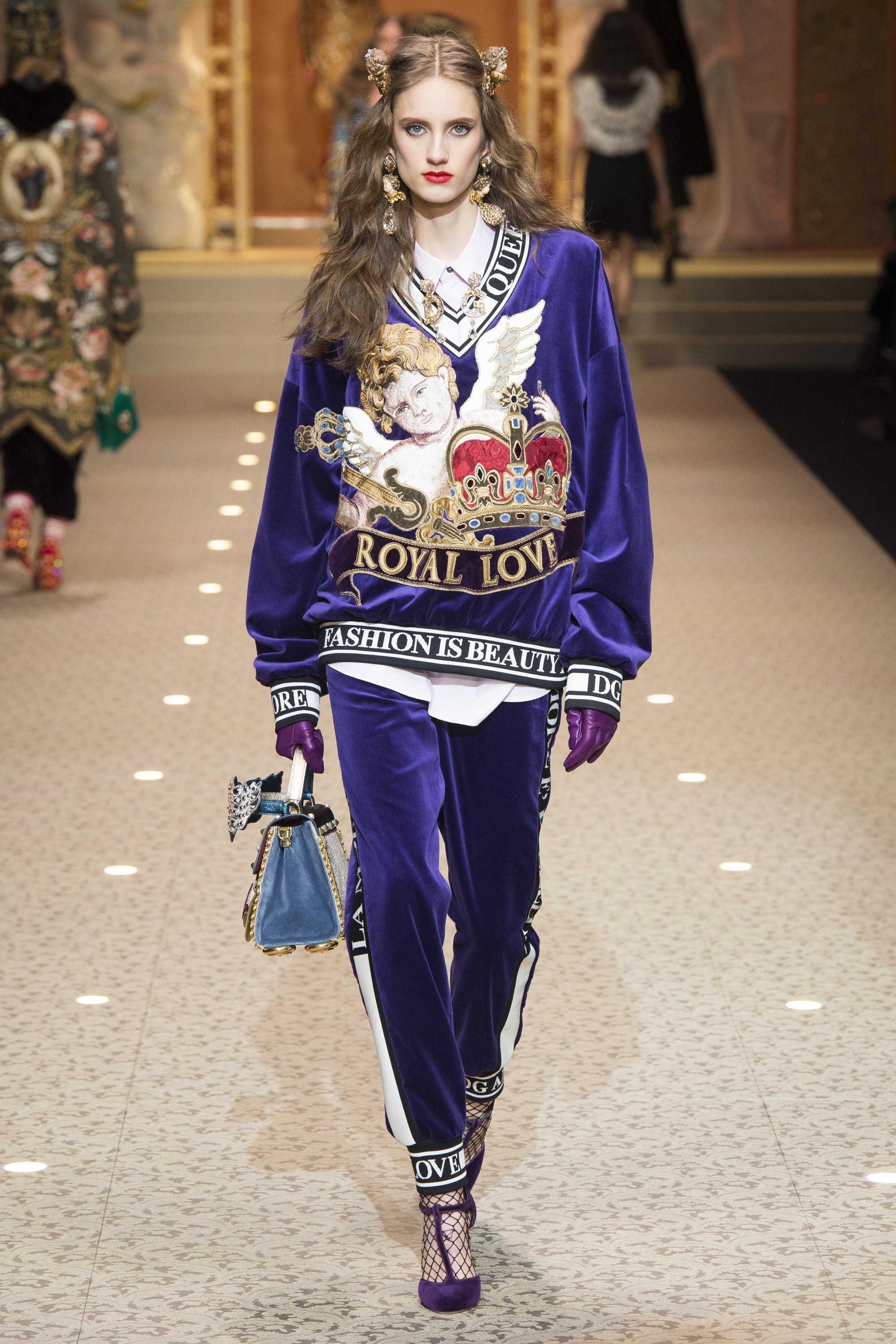 |
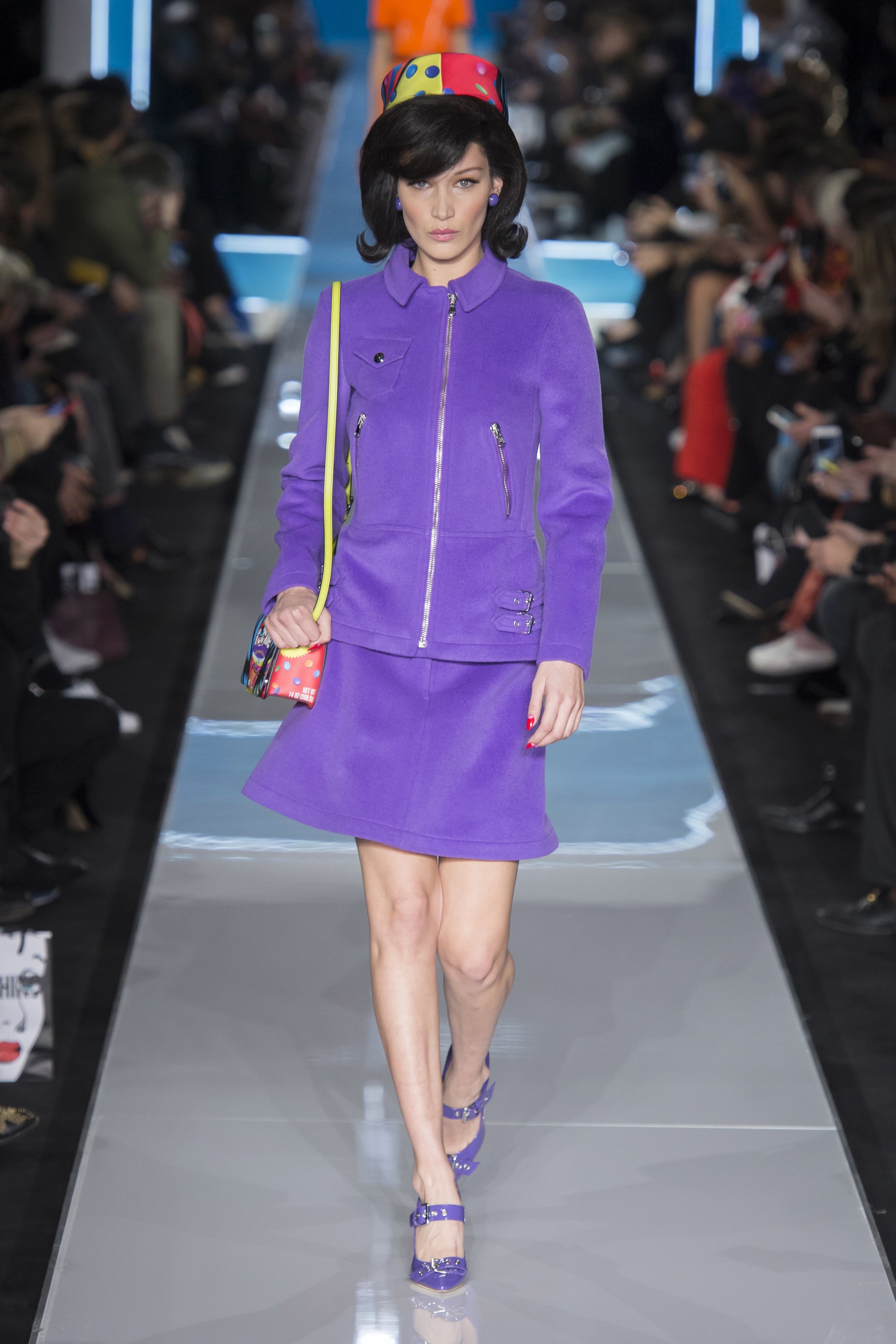 |
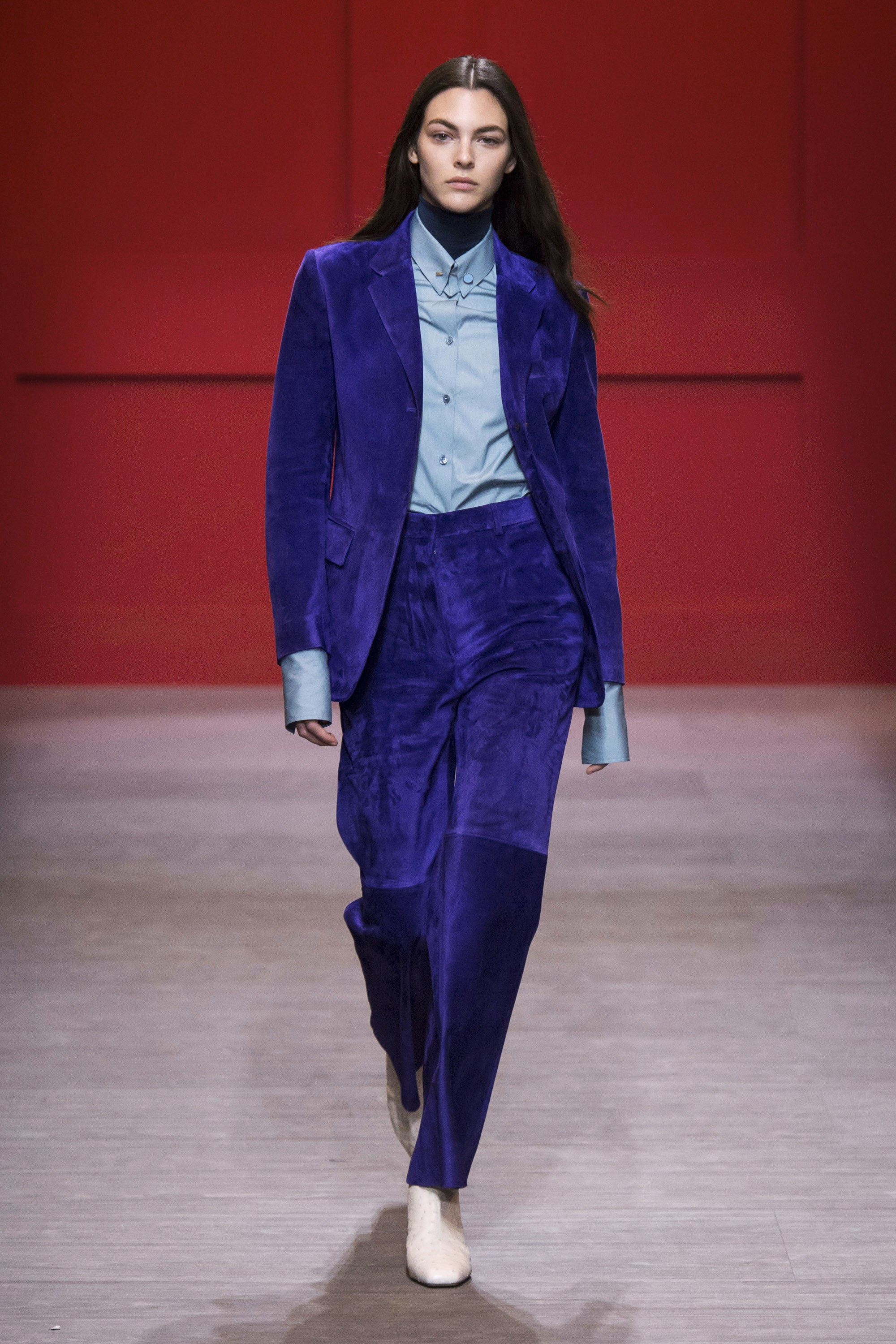 |
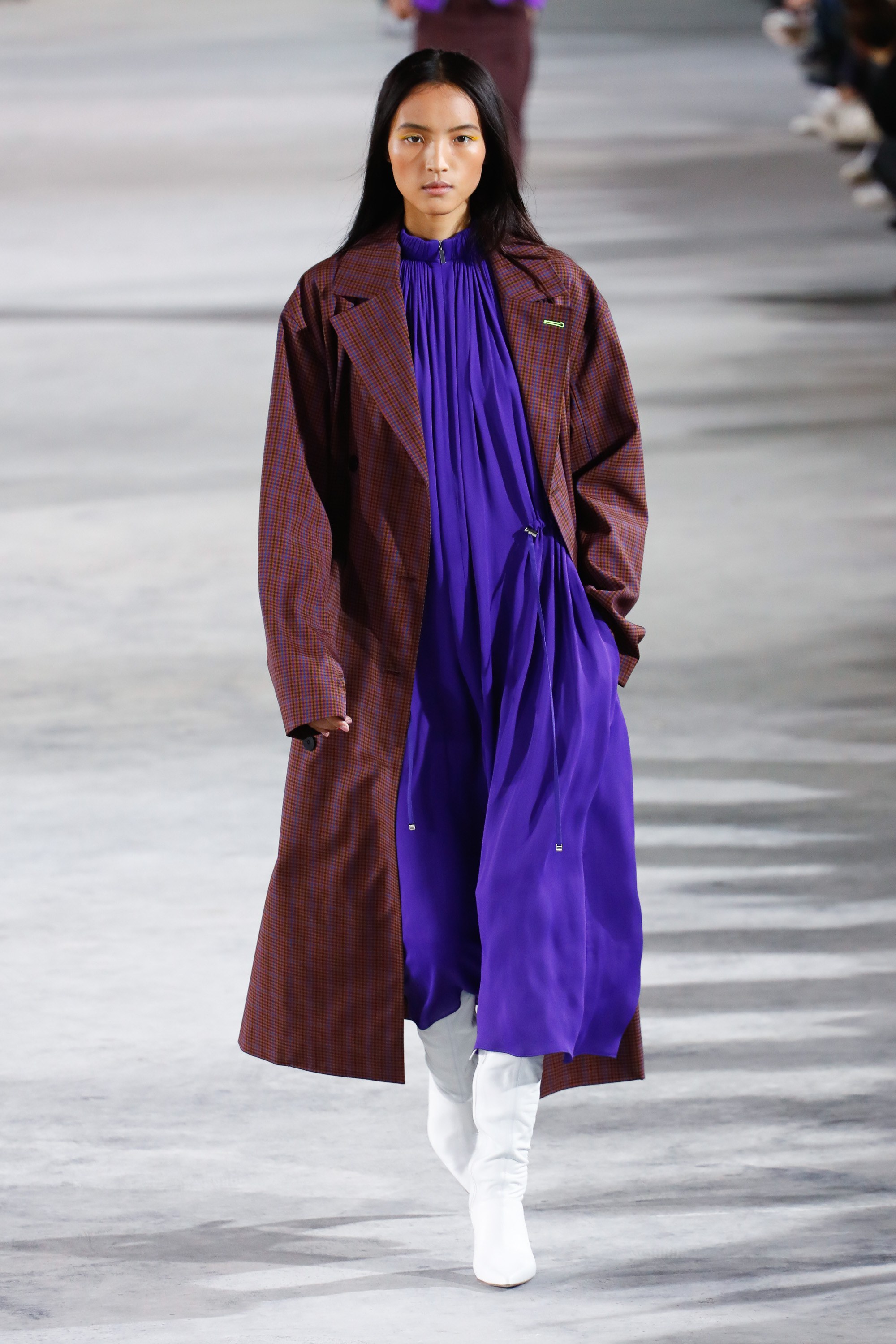 |
This tonality is more present in our minds because Pantone chose it as the colour of the year 2018. Whilst we thought it was merely a passing mention, this radiant hue of violet appears in all its splendour in the autumn collections. It is a bold tone linked with creativity and imagination. In fabrics such as velvet Ultra Violet acquires a more sophisticated side, although it also suits floral embroidery and Jacquard. On the catwalk companies such as Moschino, Tibi, Salvatore Ferragamo , Marni or Dolce & Gabbana have shown daring with this variety of violet.
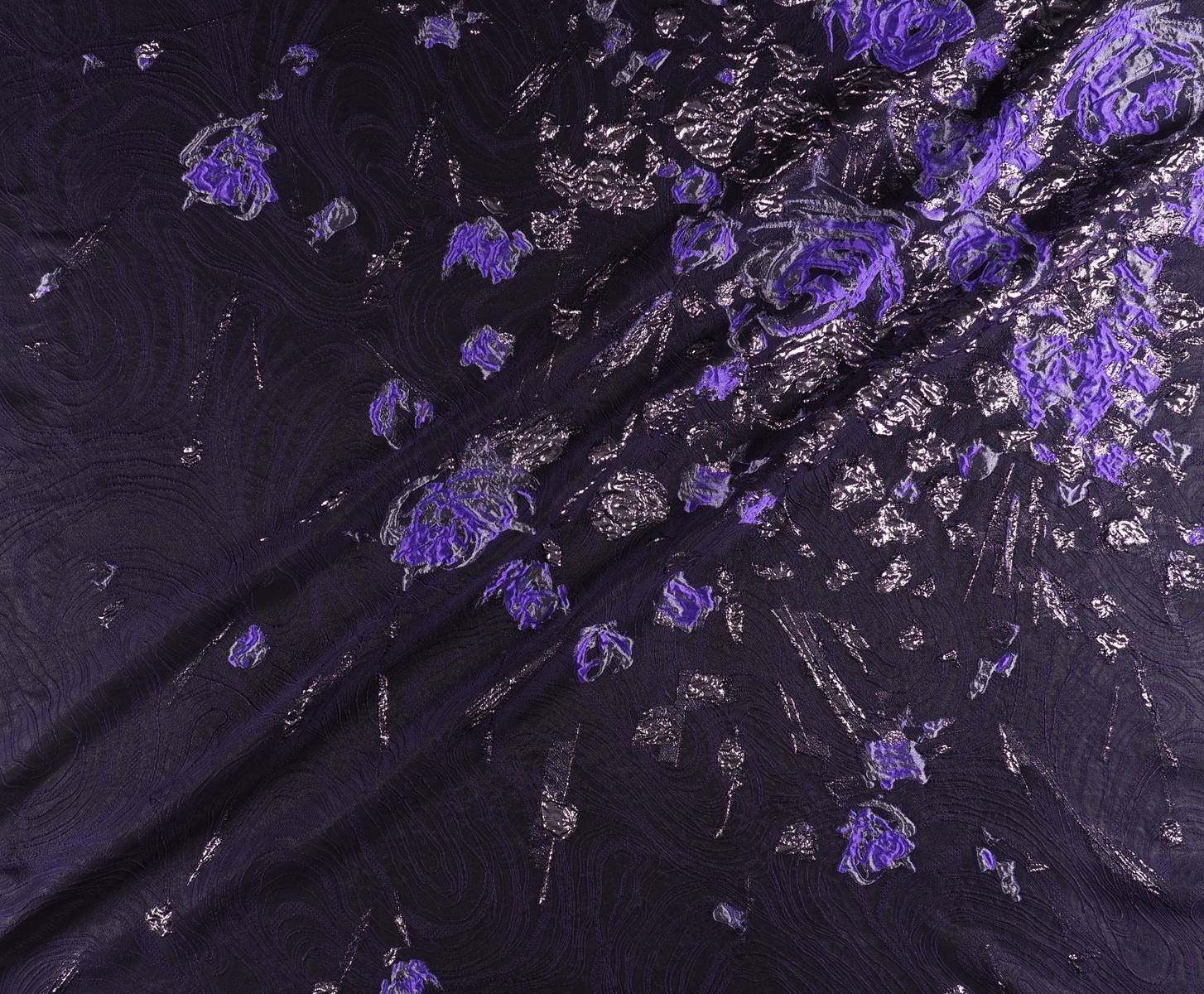 |
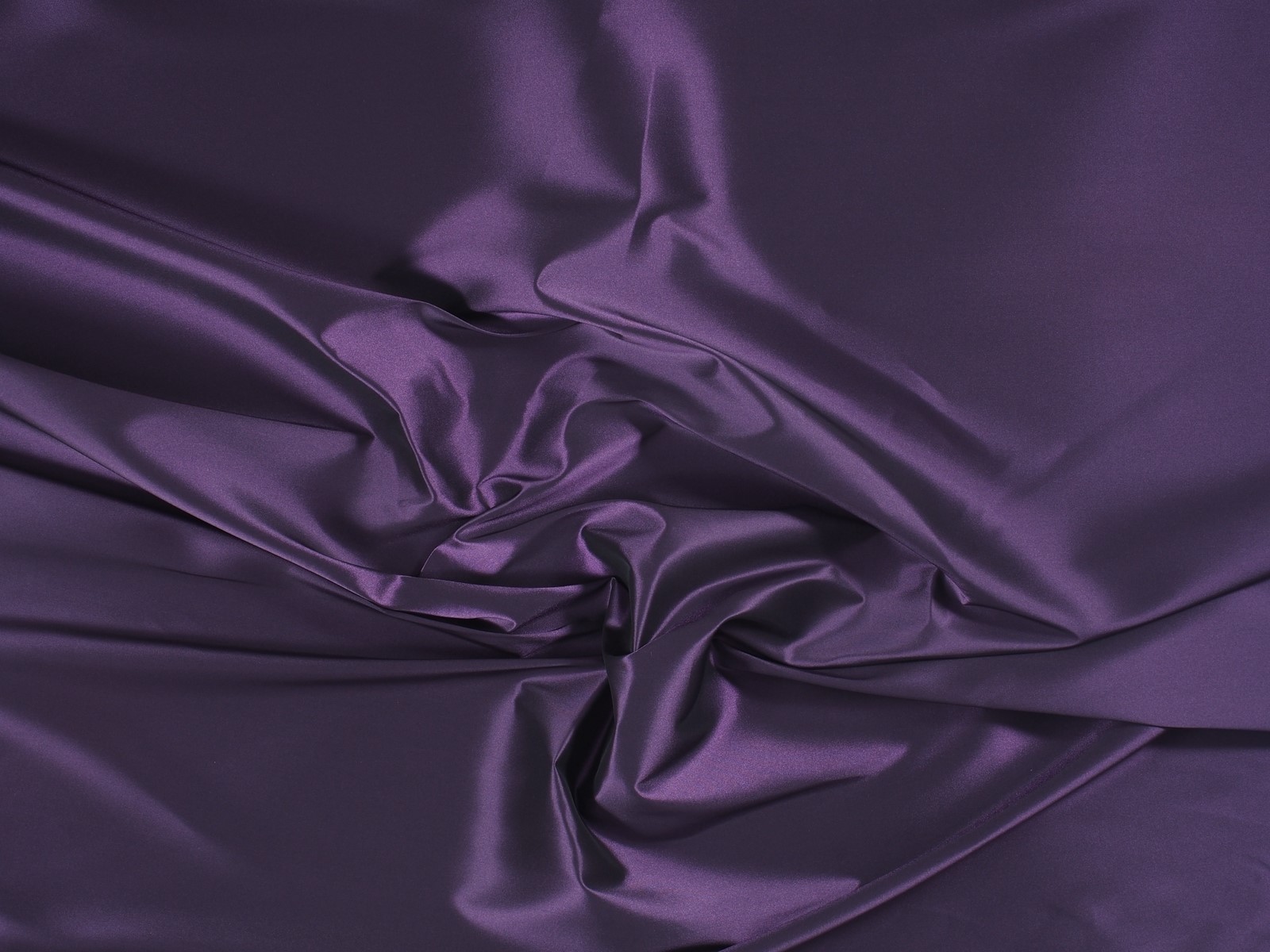 |
-
Crocus Petal
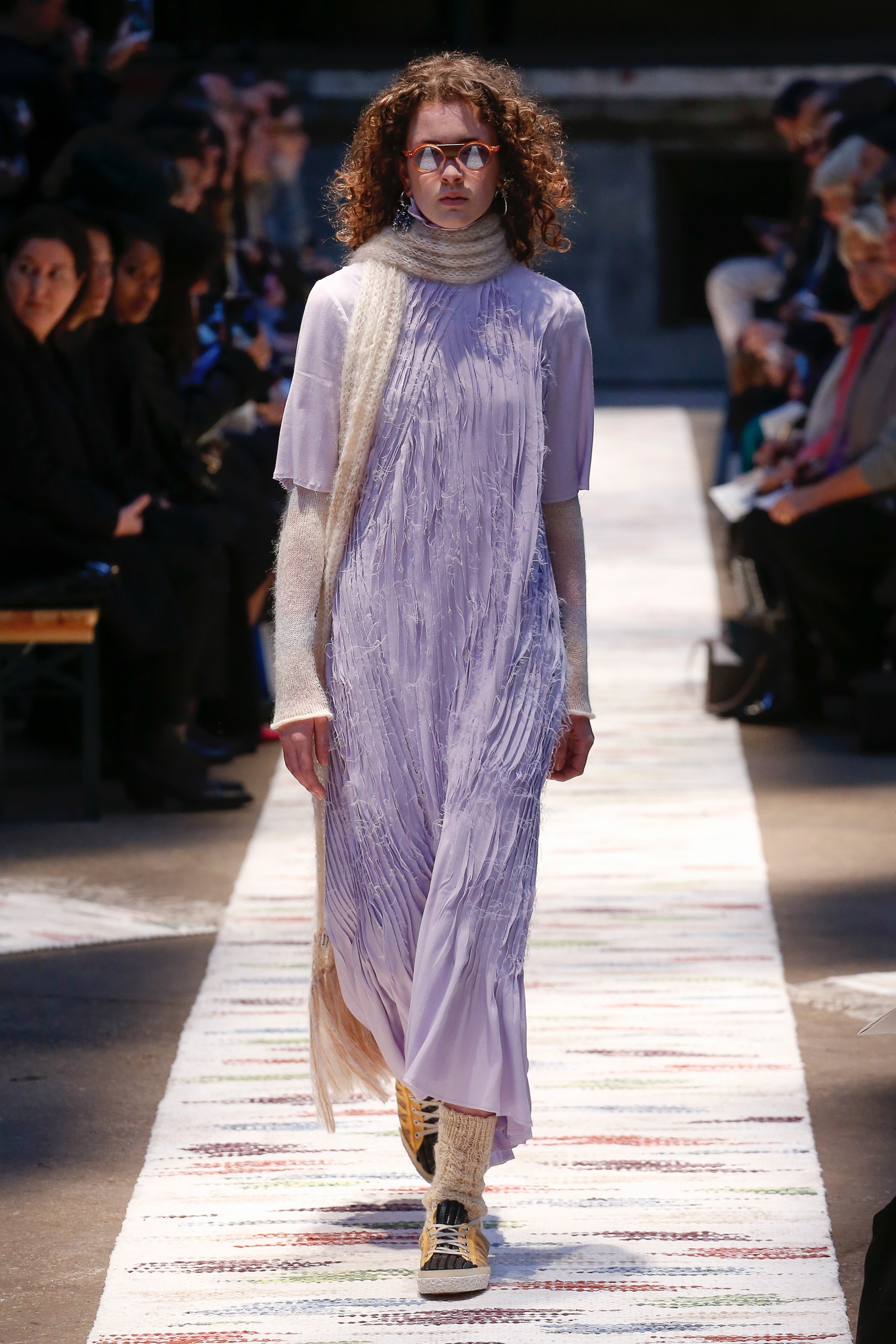 |
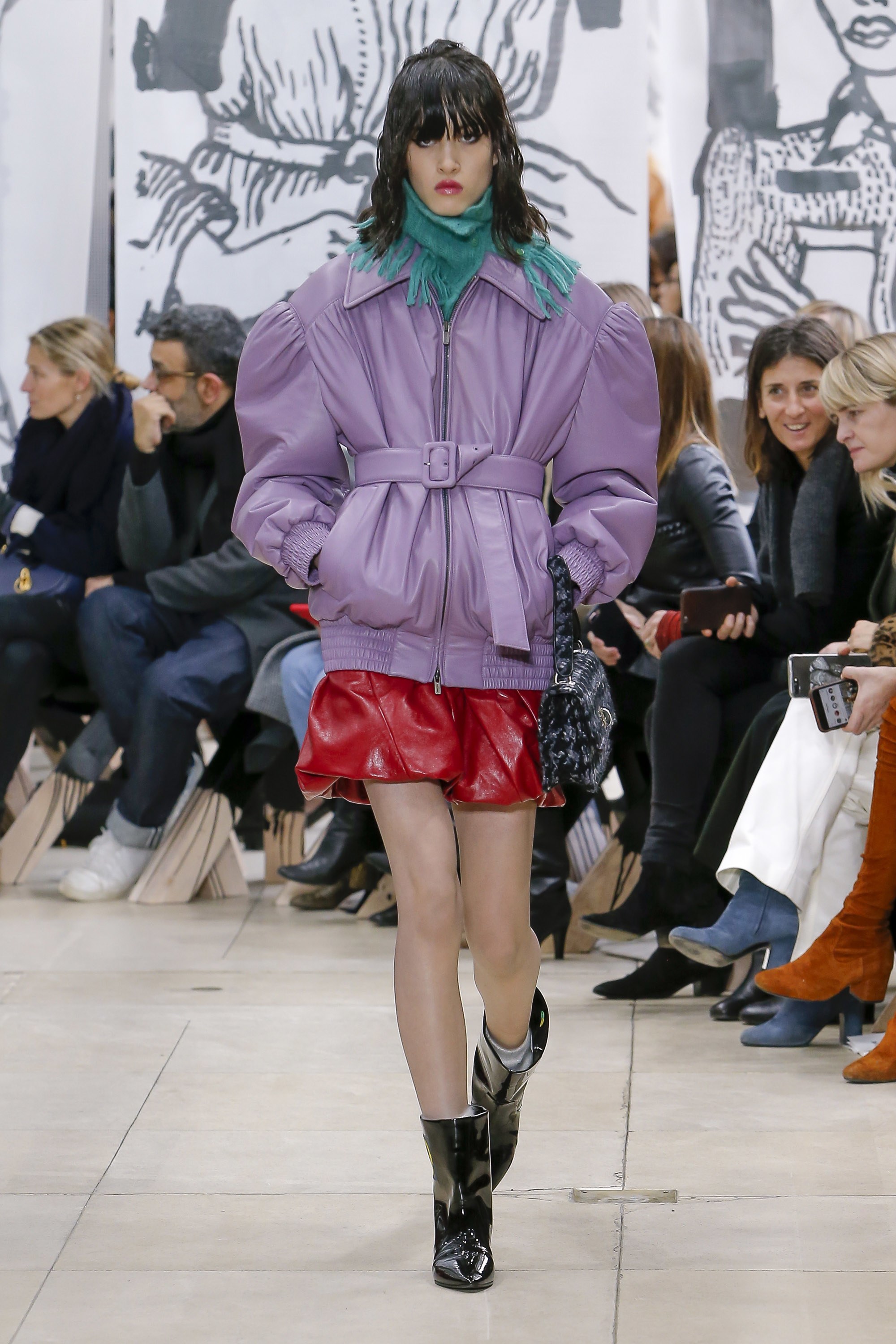 |
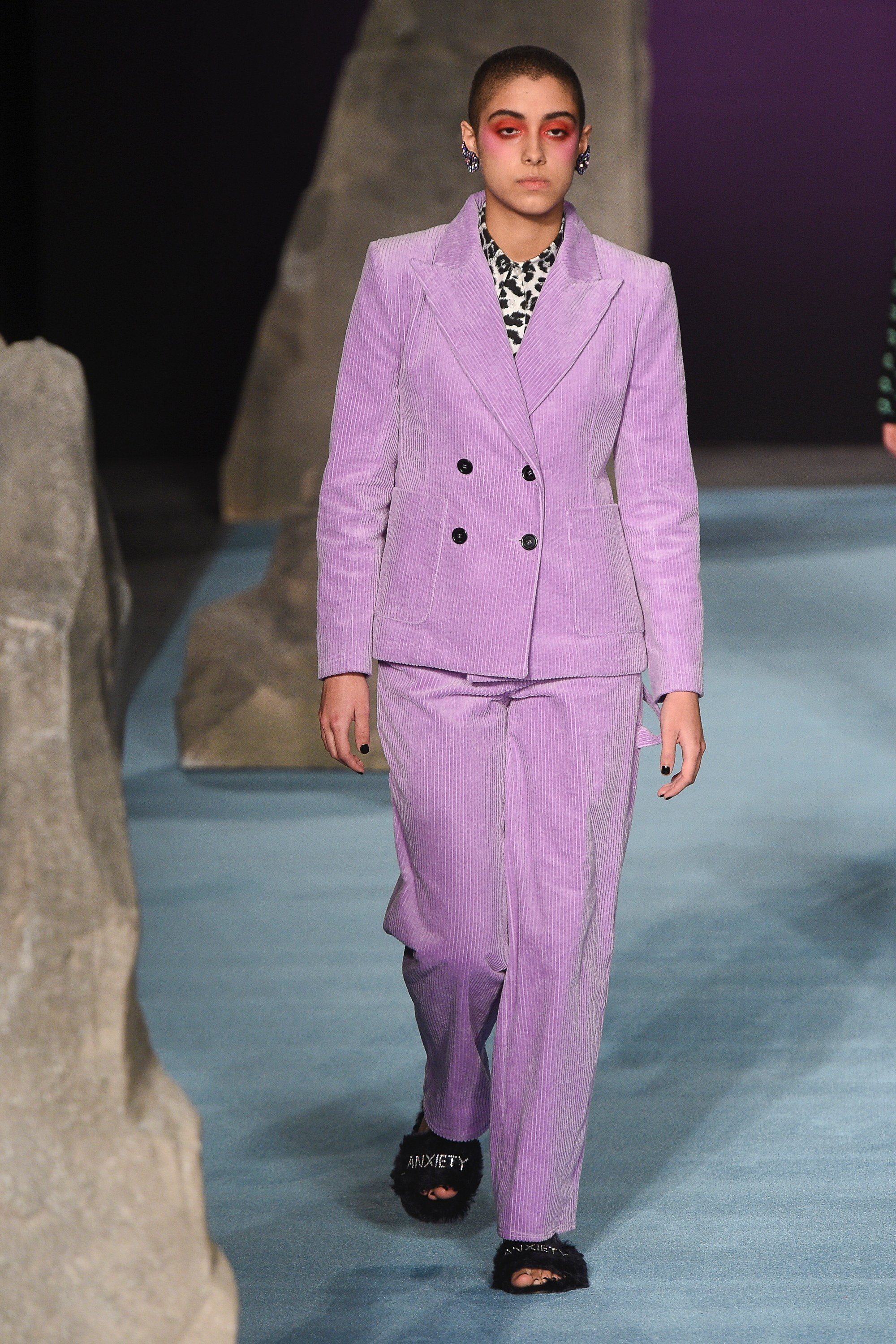 |
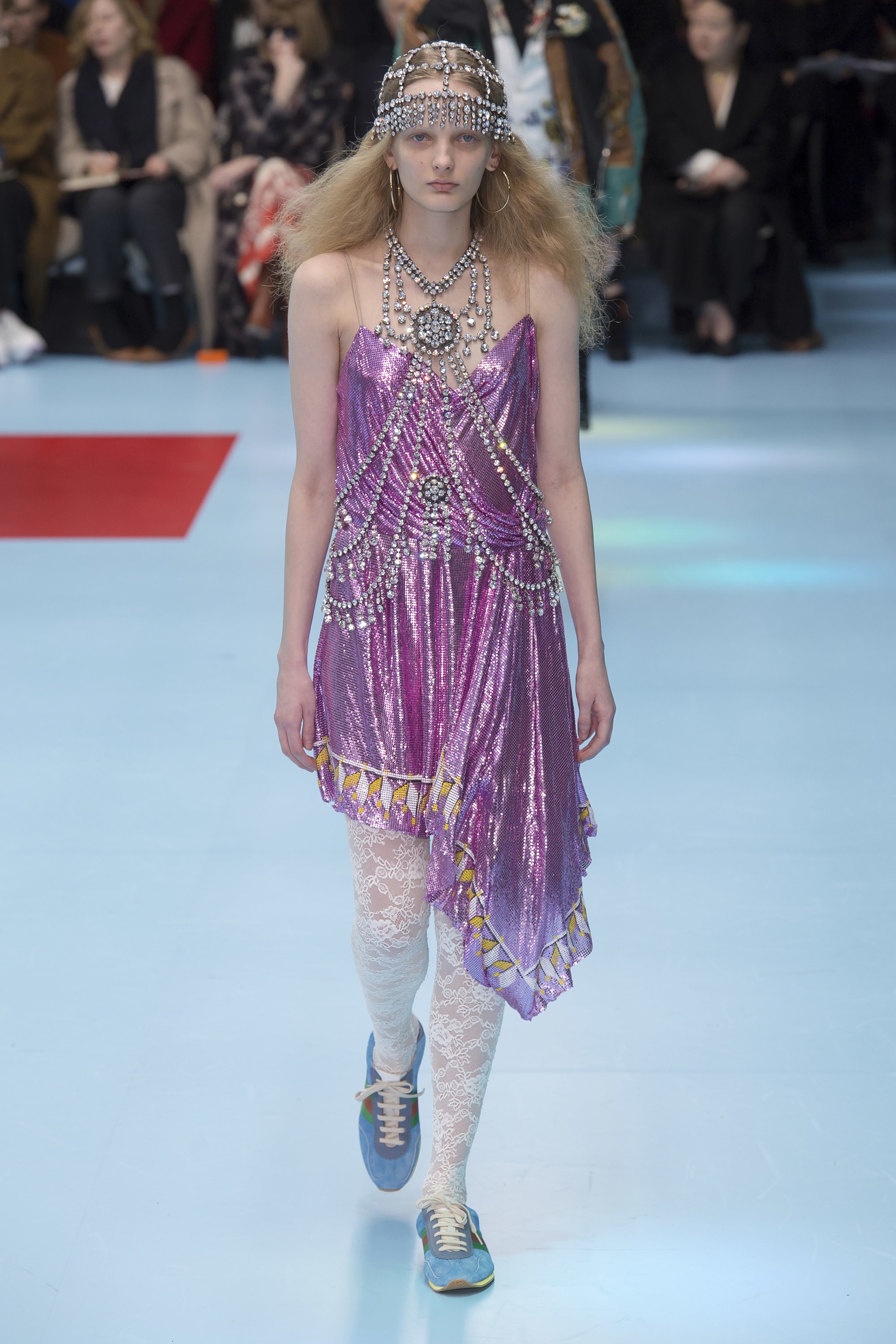 |
We continue with violet shades by focusing now on their softer version. Crocus Petal, according to Pantone is “a cultivated and refined shade that brings a feeling of lightness”. It is a very feminine pastel tone that softens traits and stands out from the rest for its unique character, a colour which enhances movement and which in fabrics can be appreciated very well on soft, smooth textures and with slight reflections. On the catwalk Crocus Petal has been seen in designs by Acne Studios, Miu Miu and Ashley Williams.
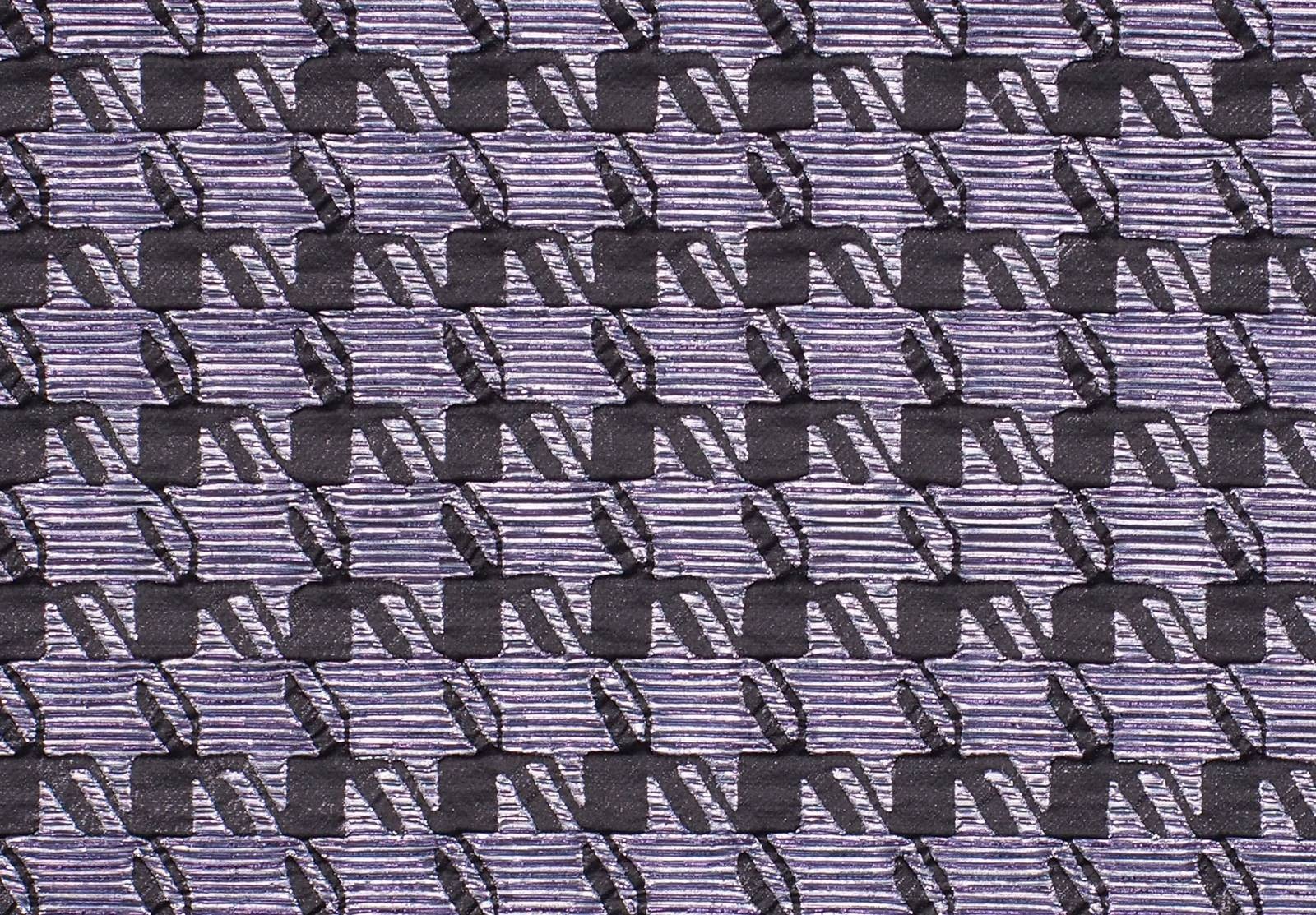 |
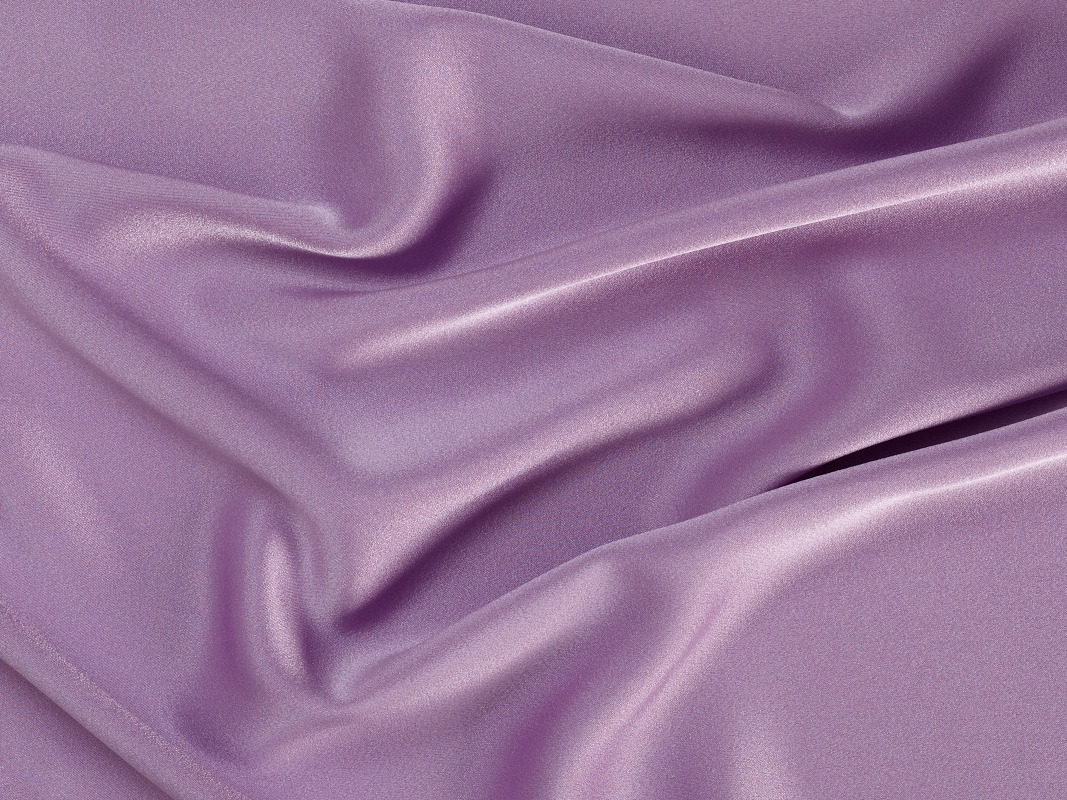 |
-
Quetzal Green
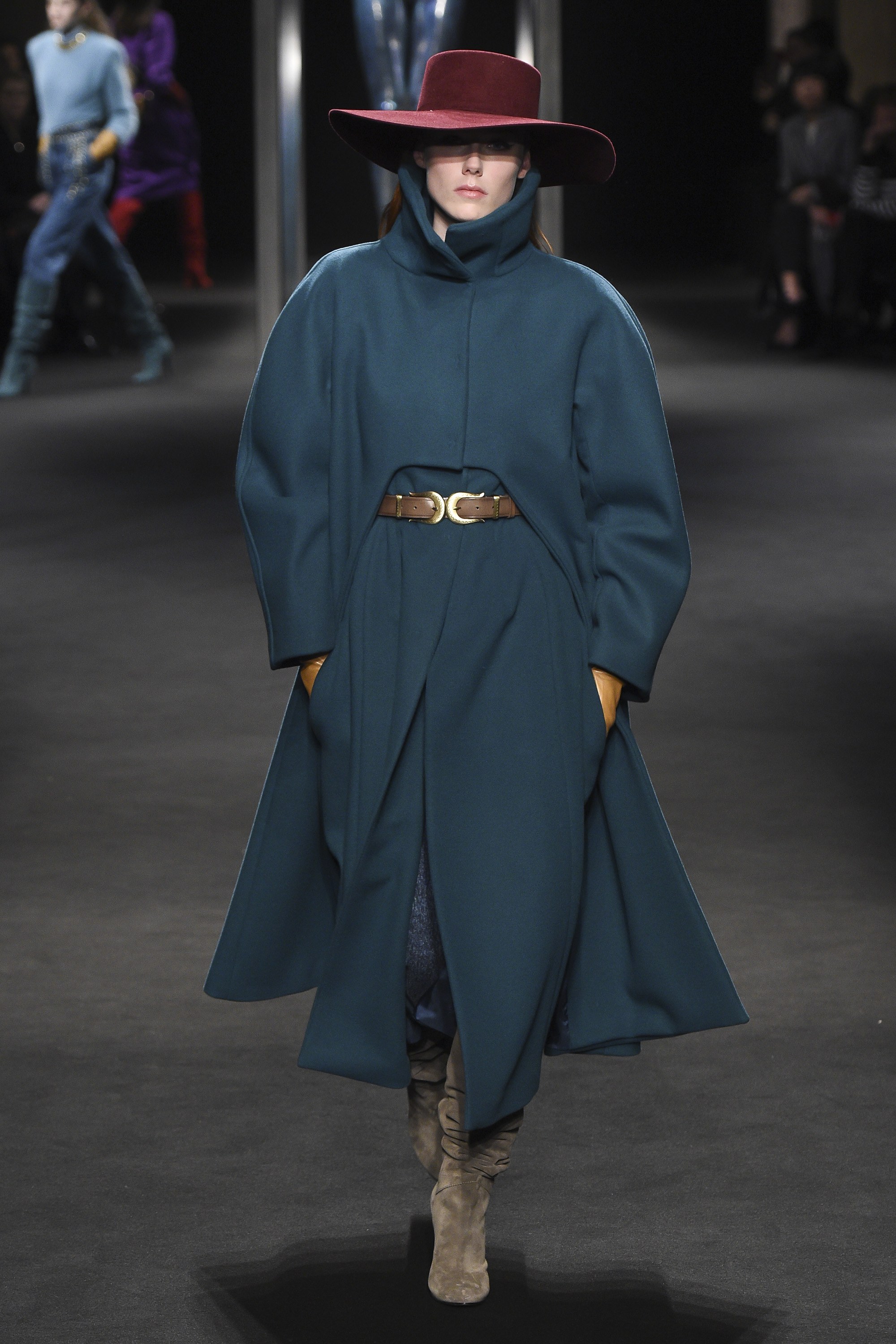 |
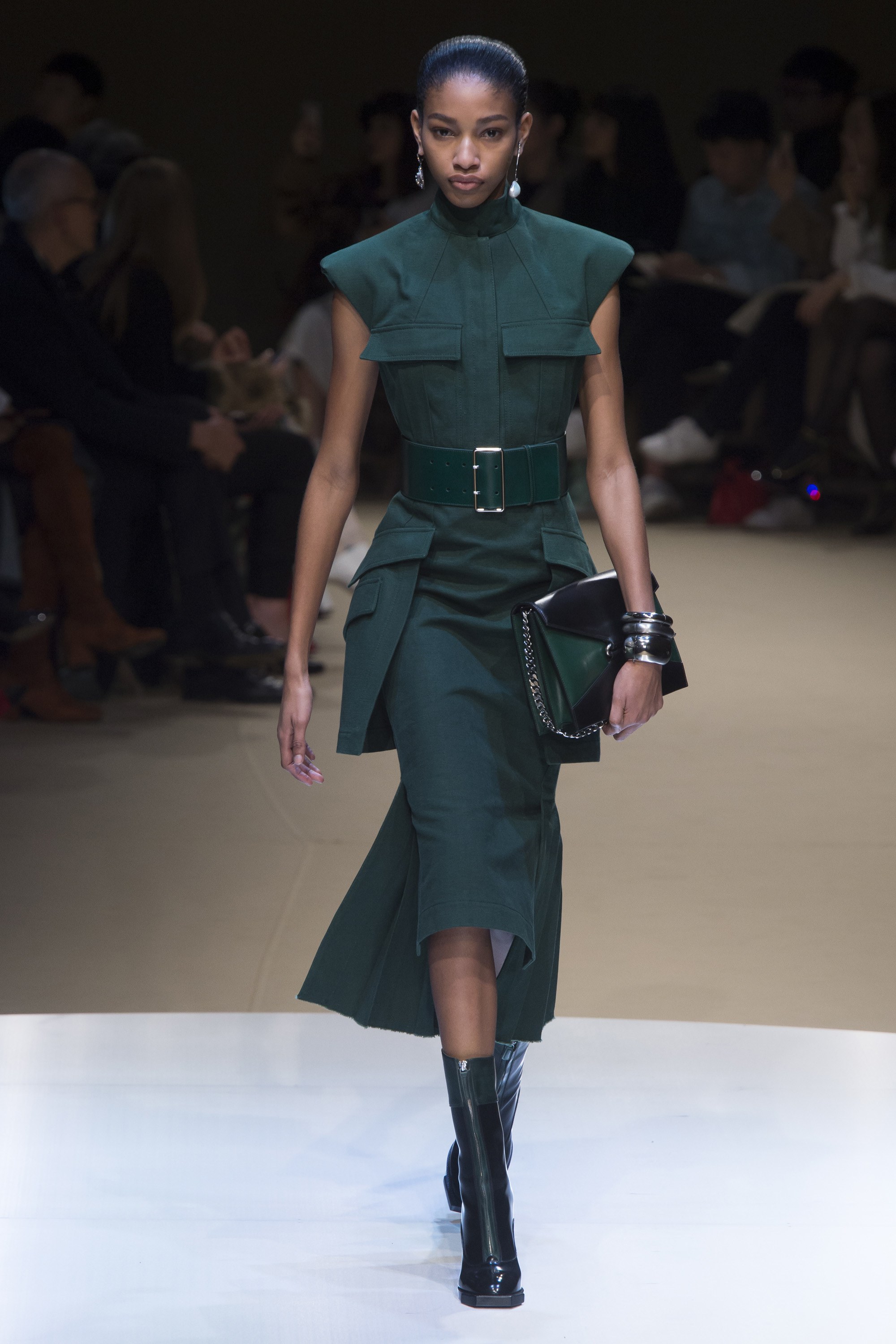 |
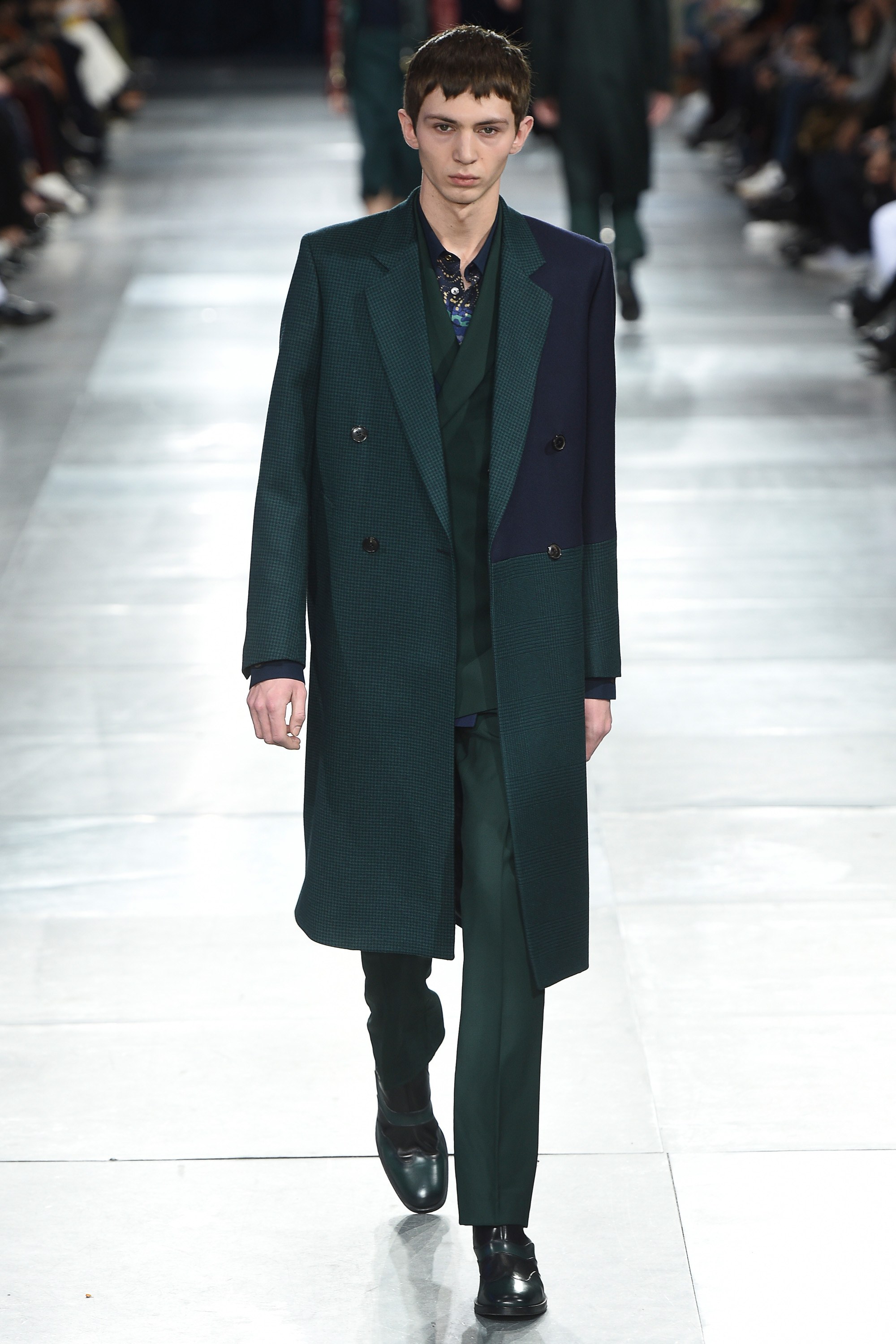 |
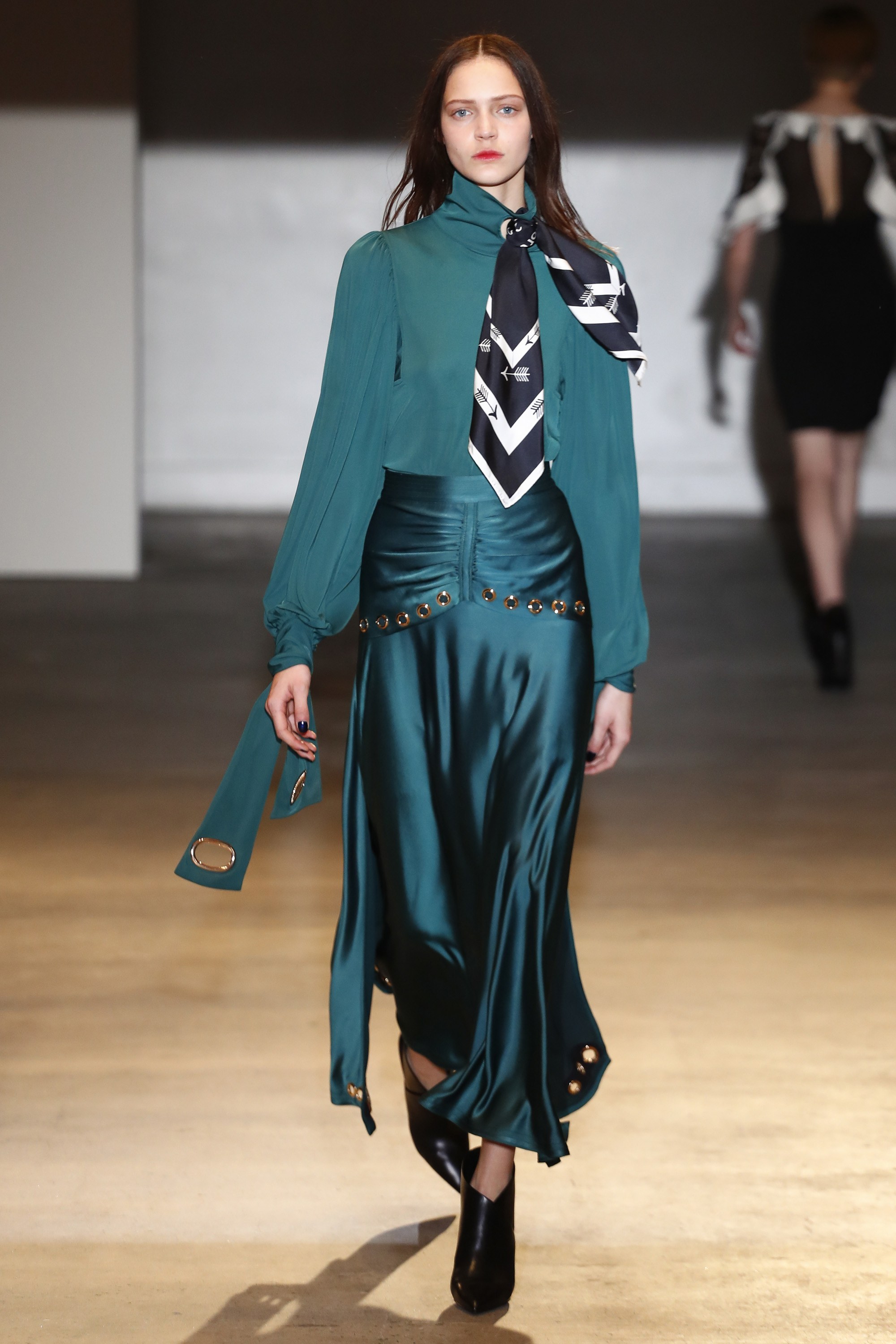 |
Deep, evocative, sophisticated … this shade of greenish blue is simply breathtaking. It is a colour that abounds in nature in certain bird plumages which stand out against females of the same species: ducks, peacocks … It is a beautiful mix of deep blue and turquoise that aligns with elegance and that allows practically all the textures that highlight the nuances of this rich colour. On the catwalk companies such as Alexander McQueen, Alberta Ferretti, Paul Smith or Self-Portrait have all given full expression to Quetzal Green.
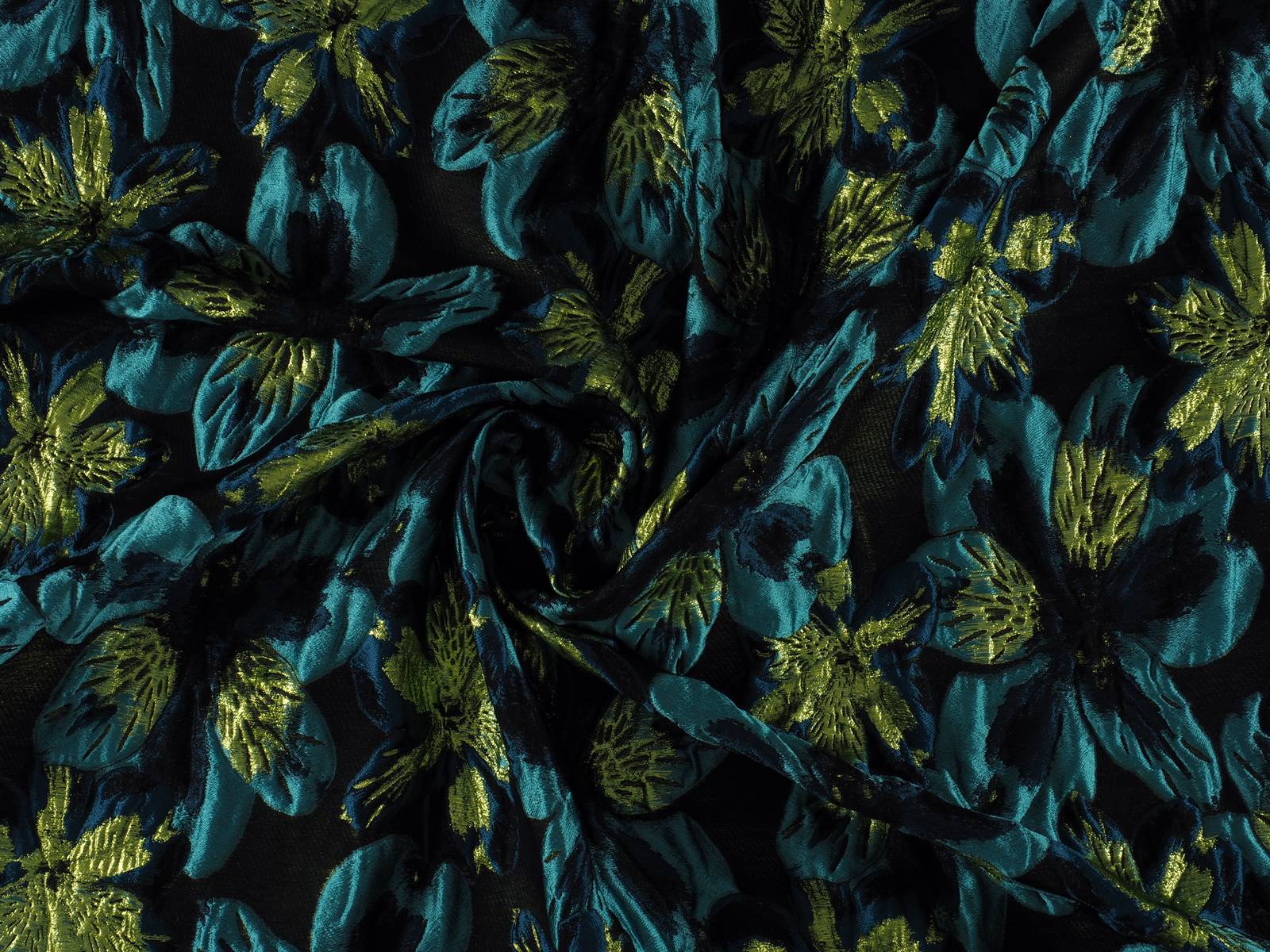 |
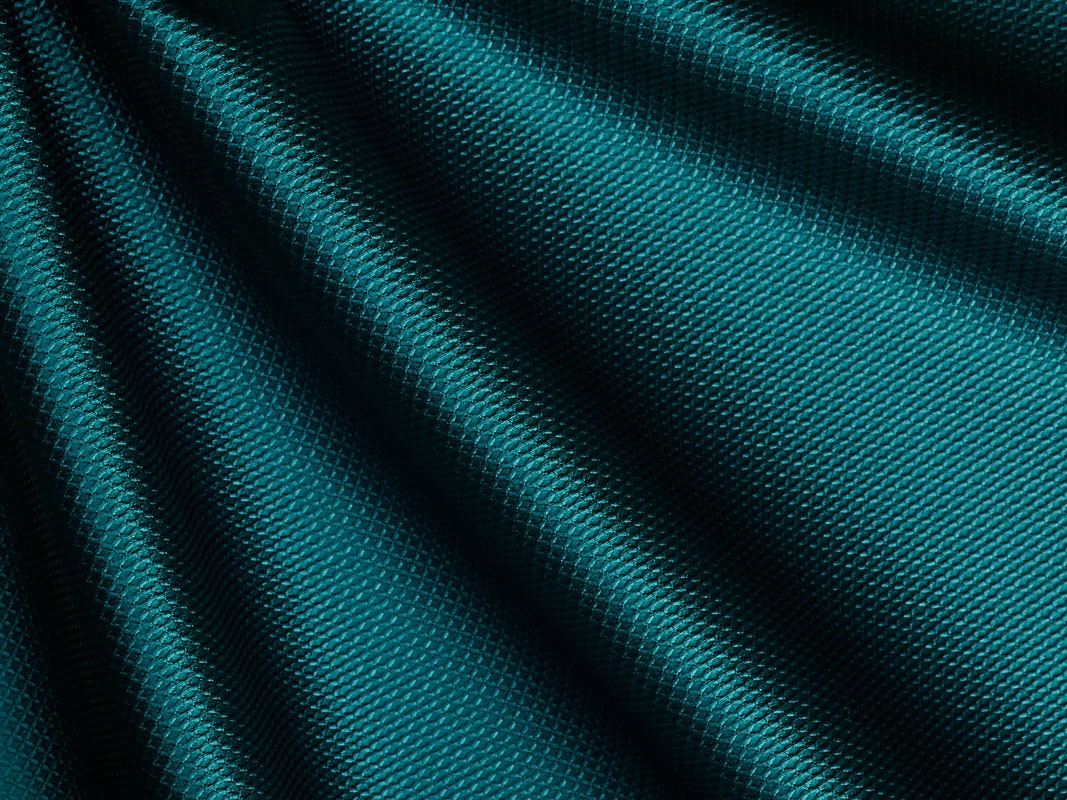 |
Neon lights
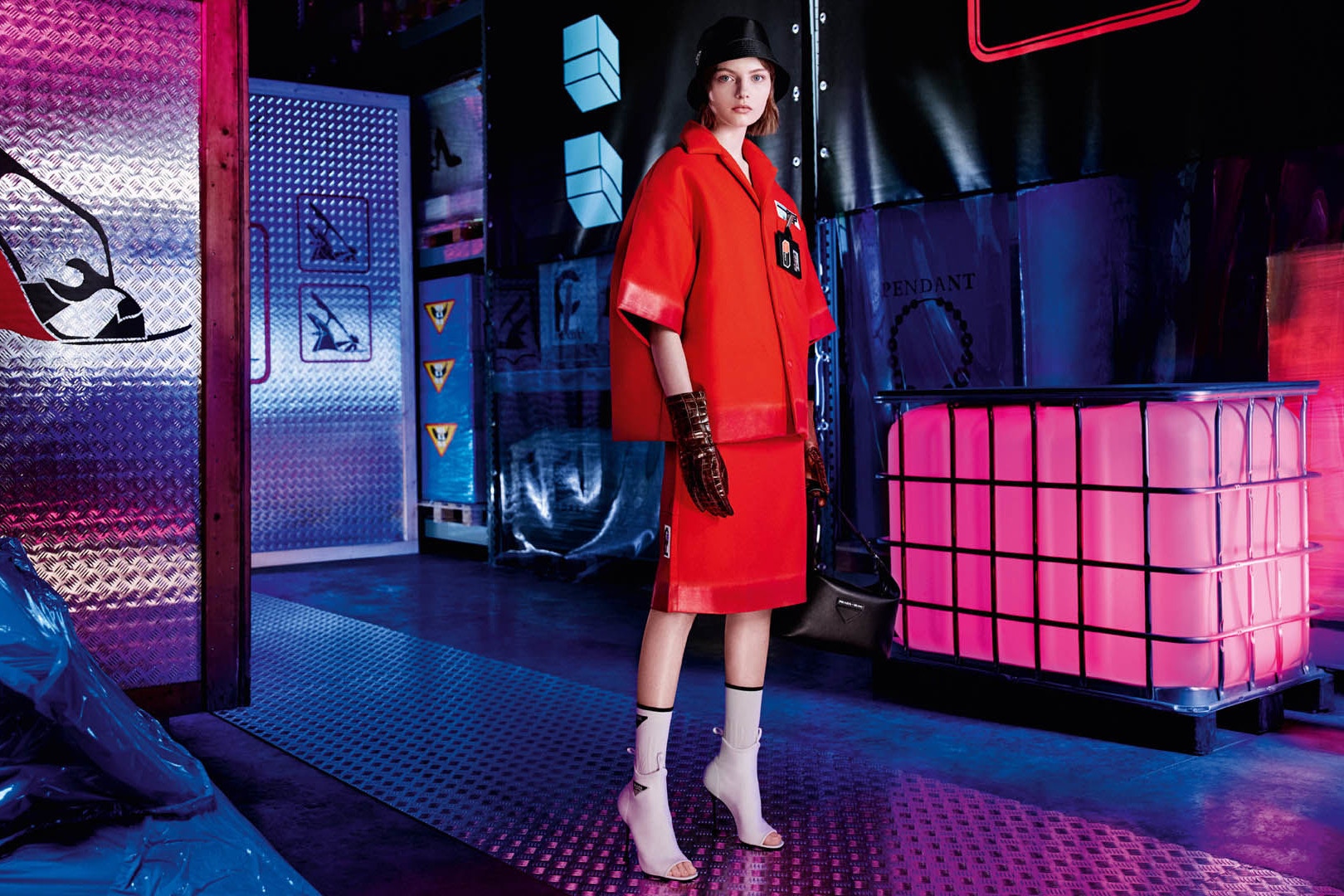
2018 has been filled to the brim with pastel shades: the millennial pink still resists, the soft lavender tone of last winter, the calming baby blue, mint green… After this feast of sweet colours, fashion marks just the opposite with shades willing to revolutionize customer’s retinas: fluorescents. Therefore, with the summer still marking the calendar, we welcome the autumn with this daring chromatic trend that has been rescued from the 80’s to bring a little light to our traditional winter wardrobe.
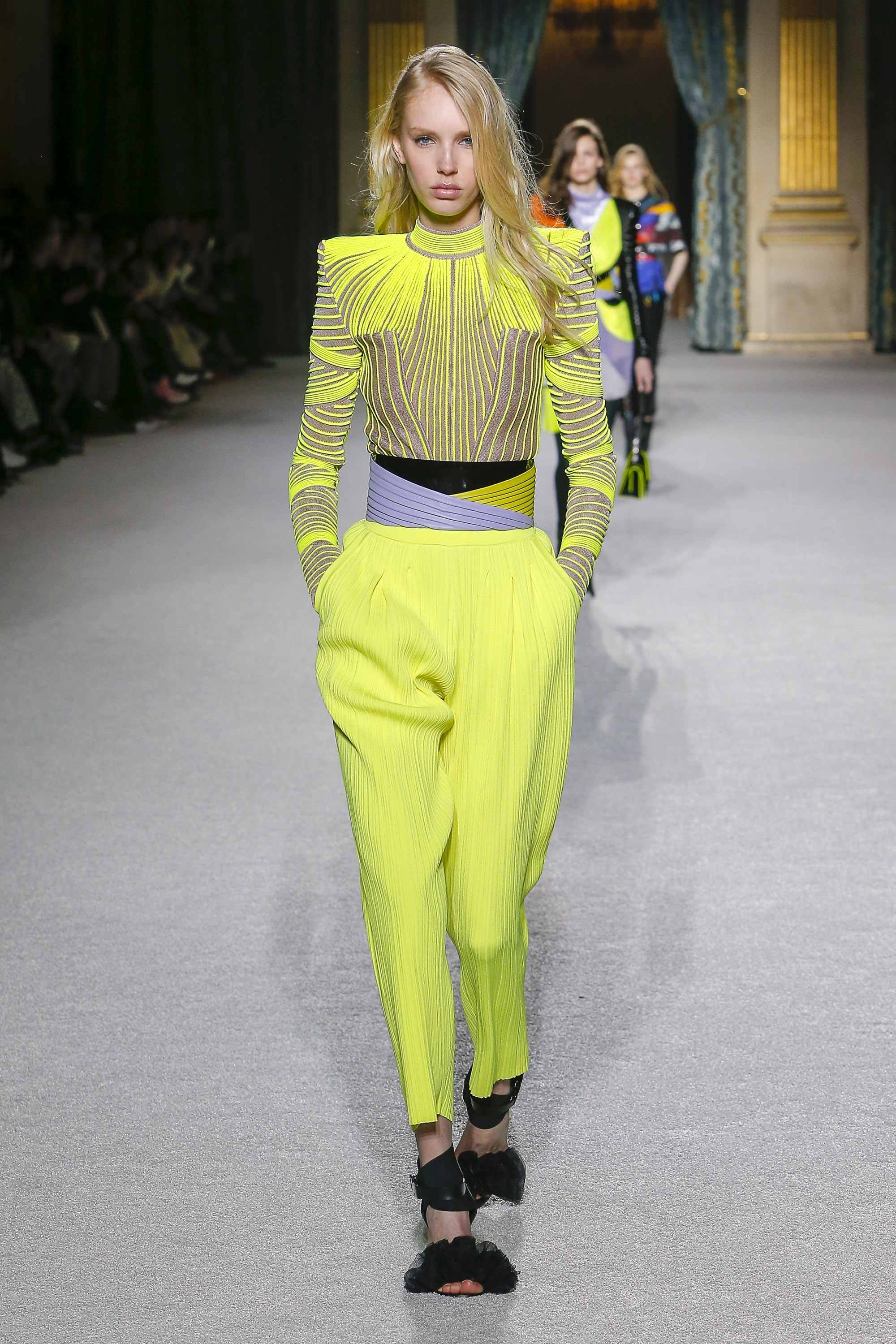 |
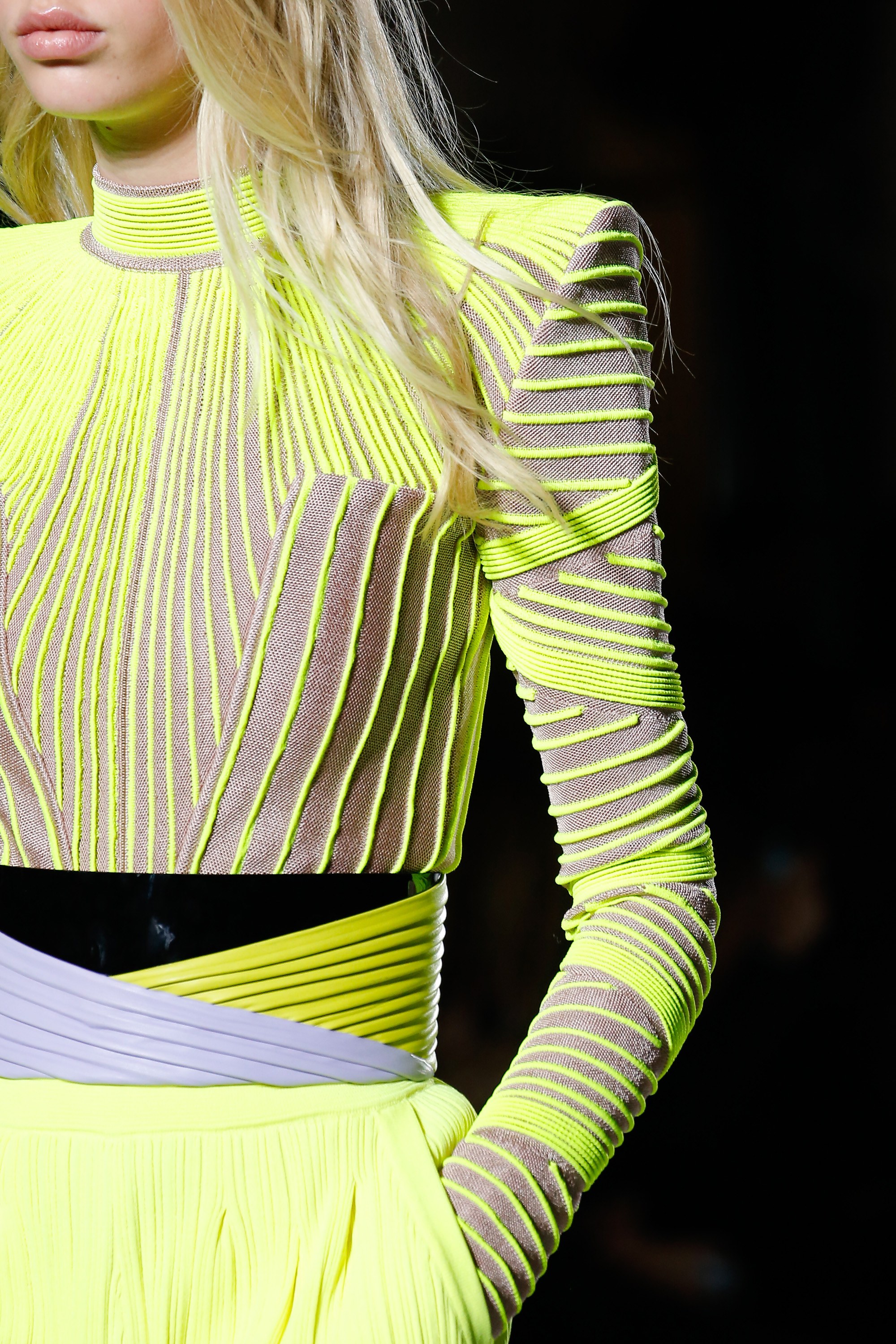 |
The return of neon colours is not something new. In fact, almost a decade ago they were back in apparel sporty style inspired by the outfits worn by rappers and hip hop artists, who sported it in accessories such as shoes, sunglasses and other details on clothing as sidebars that shone in the darkness. Now, some designers rescue this fever for fluorescent colors and they do so with new approaches and conceptual arguments. The two most obvious or representative have been Calvin Klein and Prada, although neon shades have also seen on the Moschino, Marni or Balenciaga catwalks.
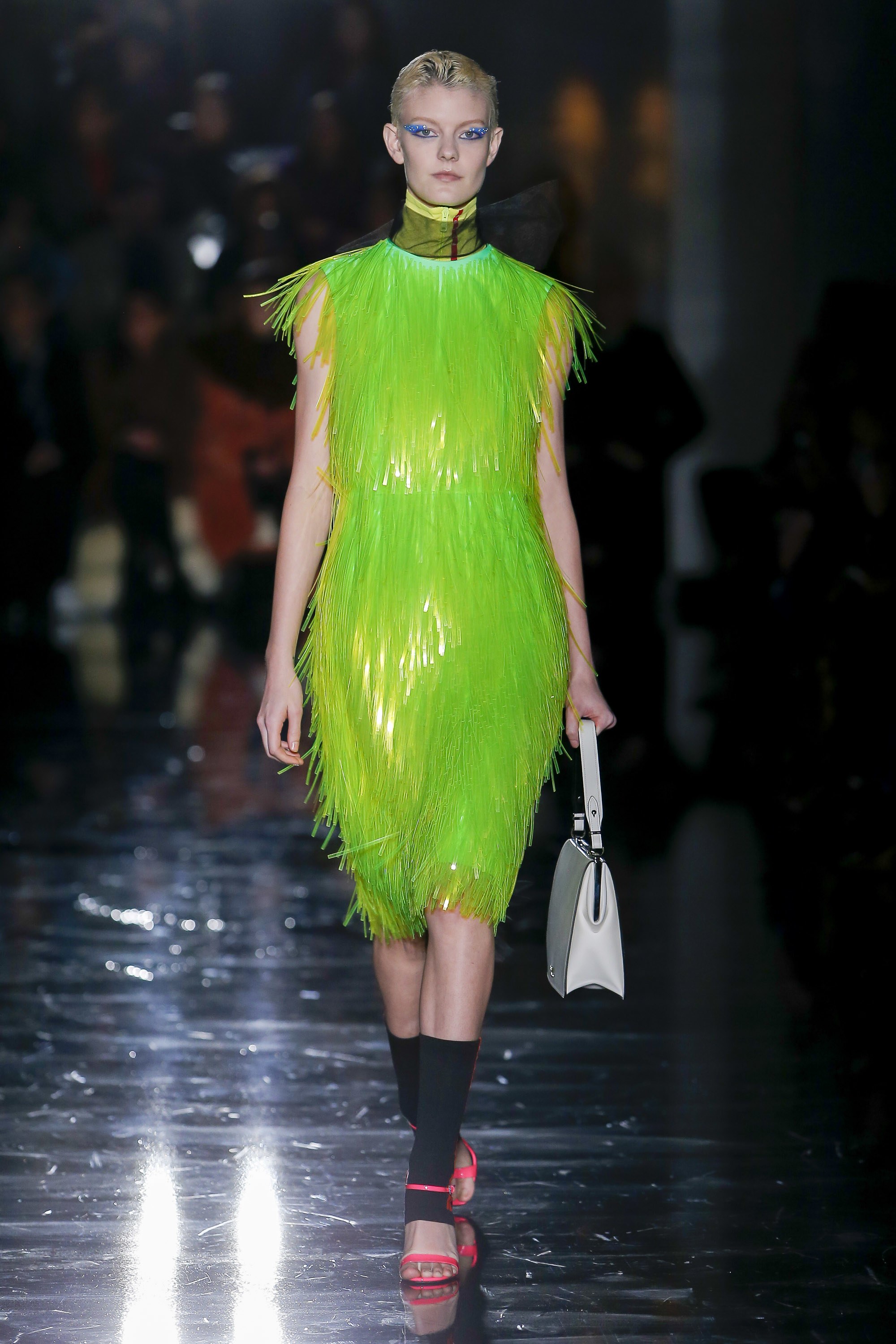 |
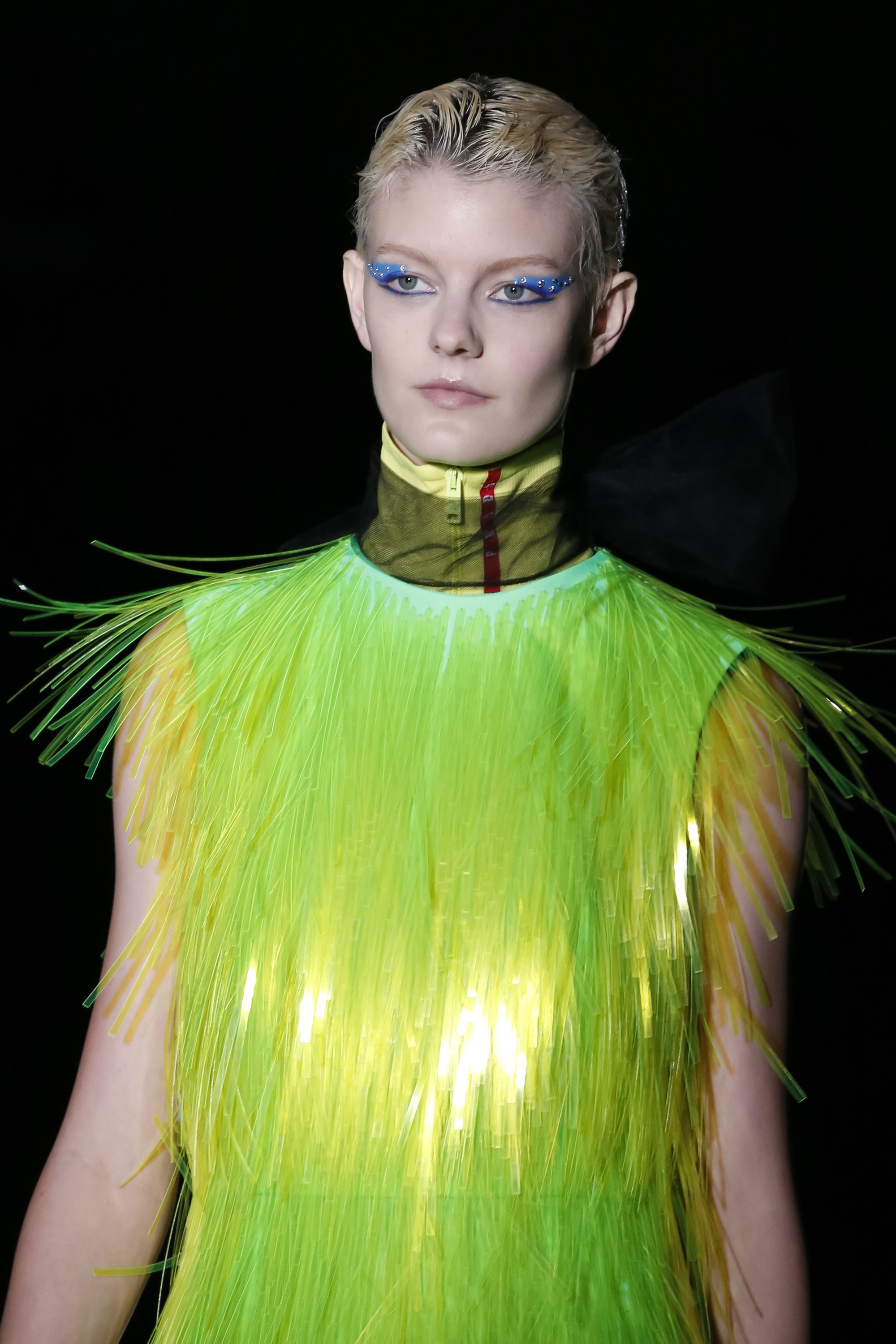 |
The creative director of Calvin Klein 205W39NYC, Raf Simons celebrates his first year in the job by exploring the universe of American culture. In this case, fluorescent shades are used to highlight the concepts of “safety” and “protection” with garments that refer to reflective safety jackets, overalls and balaclavas and where these tones are used for fashion purposes.
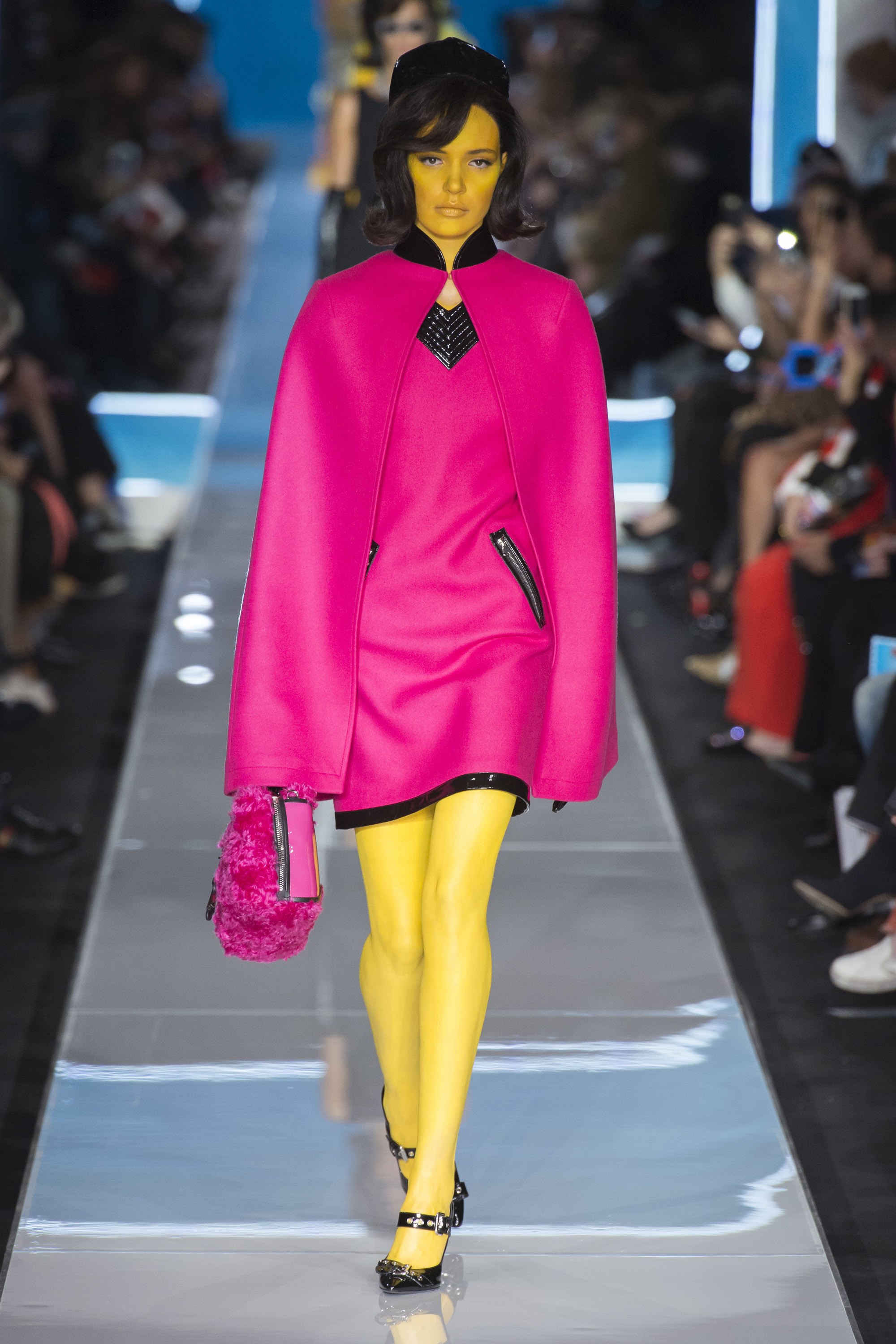 |
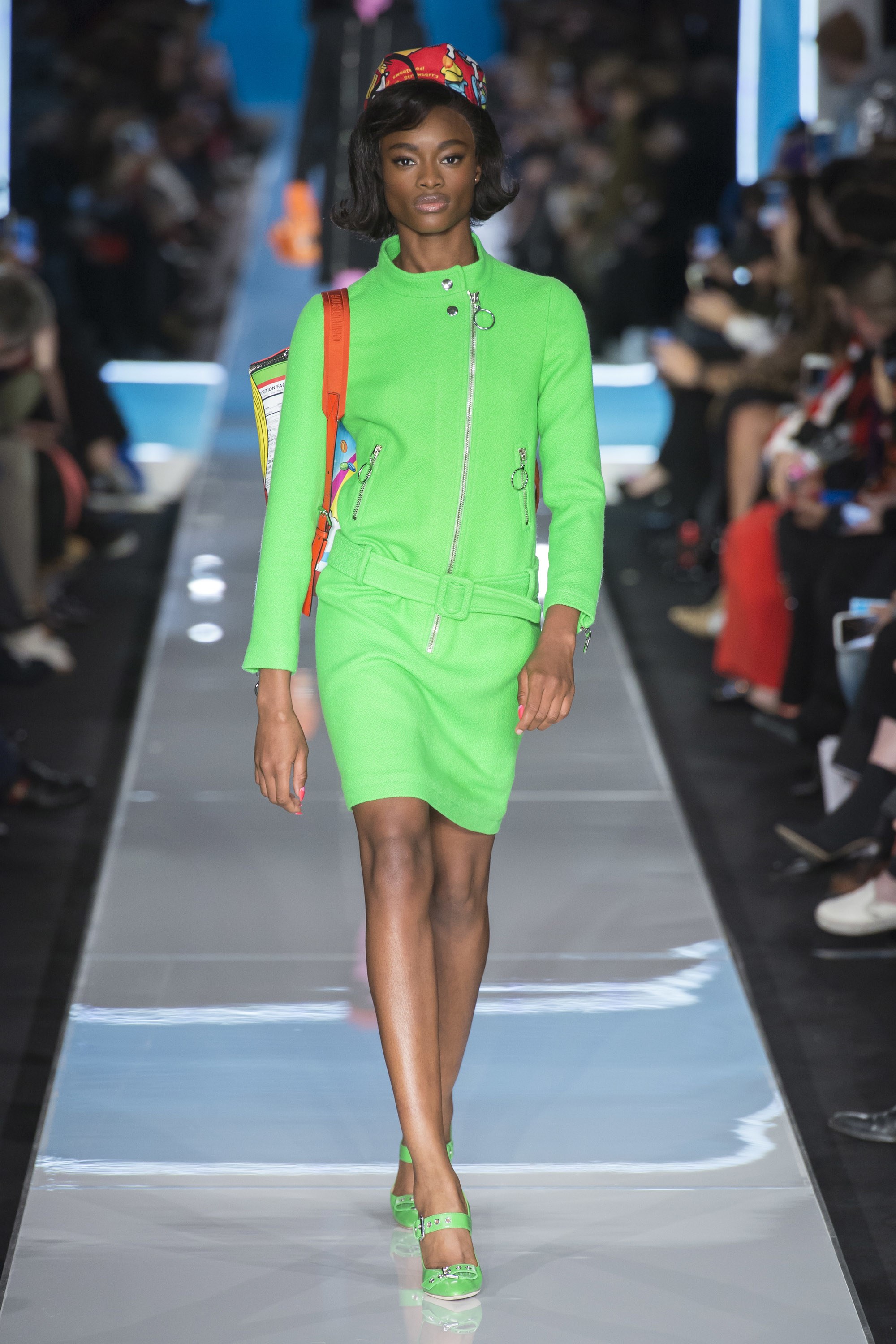 |
This season, Prada does a review of sporty style in futuristic key with oversized garments Inspired by outdoor sports. Waistcoats, windproof jackets, trench coats, wellies, fisherman hats in fluorescent colors, luminescent fringes that adorn dresses and superimposed fabrics that create an attractive iridescent effect on the catwalk.
 |
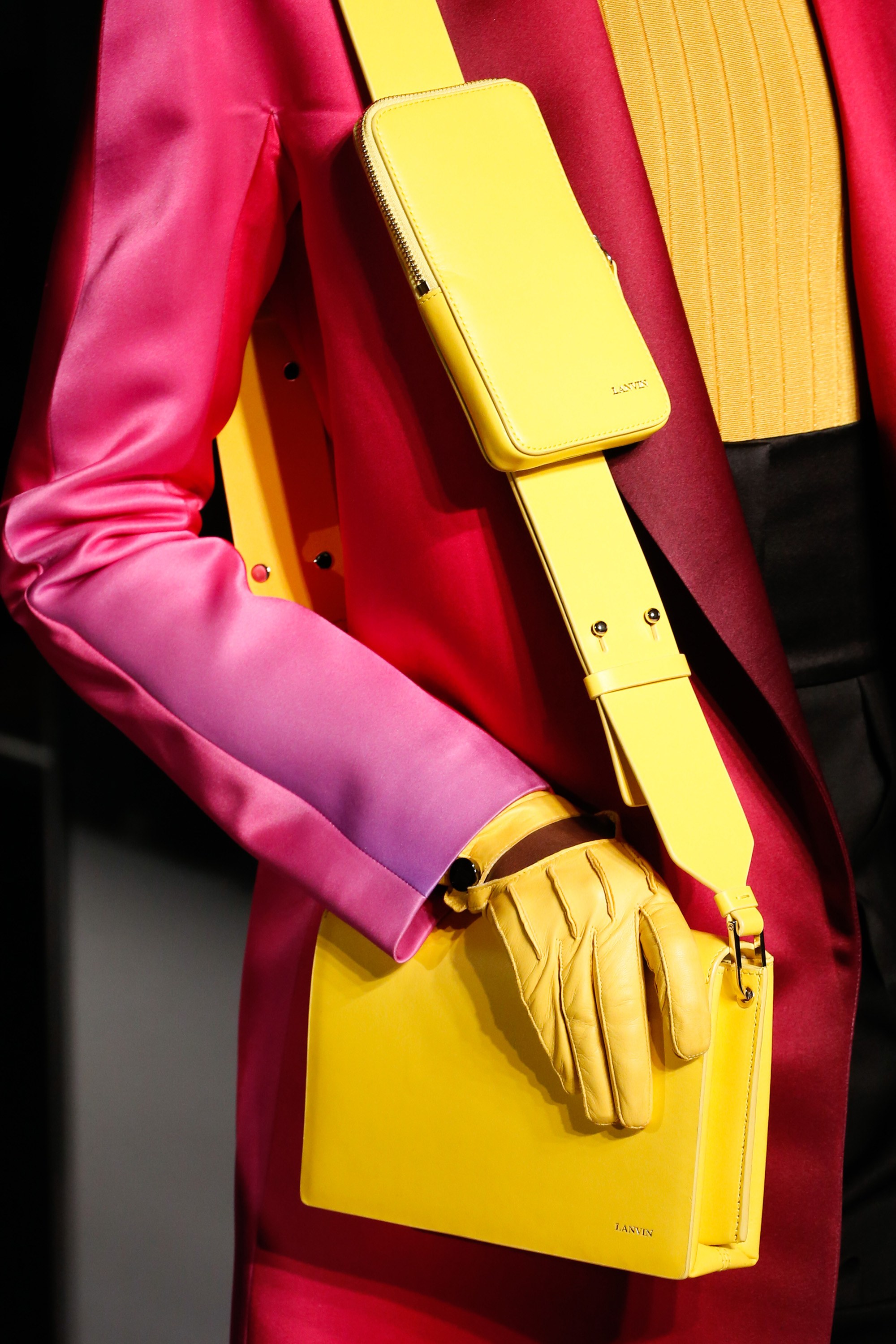 |
And how do the fluor tones combine? They are colours that transmit dynamism and transgression and are associated with youth and fun. This power of visual attraction they exert is, in turn, their greatest defect because in the same way they entice, they repel instantly. It is easy to get fed up with them! The most risky option is to wear them with athleisure- style garments, in parkas, raincoats and windbreakers or in jackets that cut the formality of a closed dress or a midi skirt with a shirt. The most discreet way is to relegate them to small accessories or details such as side stripes or zips. The colours that best accompany them are white and black along with the range of neutrals.
In Gratacós we welcome neon tones with some daring fabrics that do not go unnoticed in the store. Do you want to come and see them and touch them for yourselves?
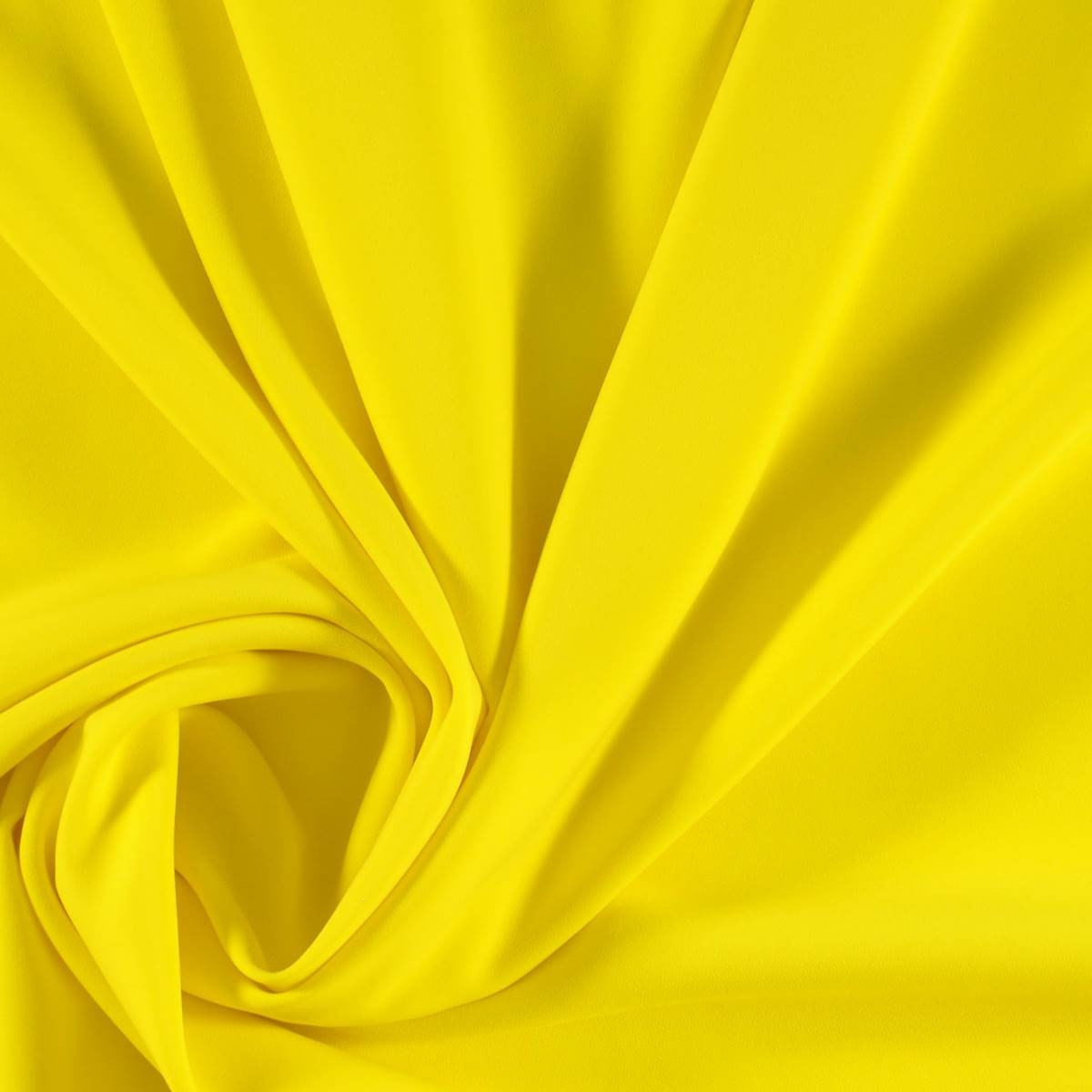
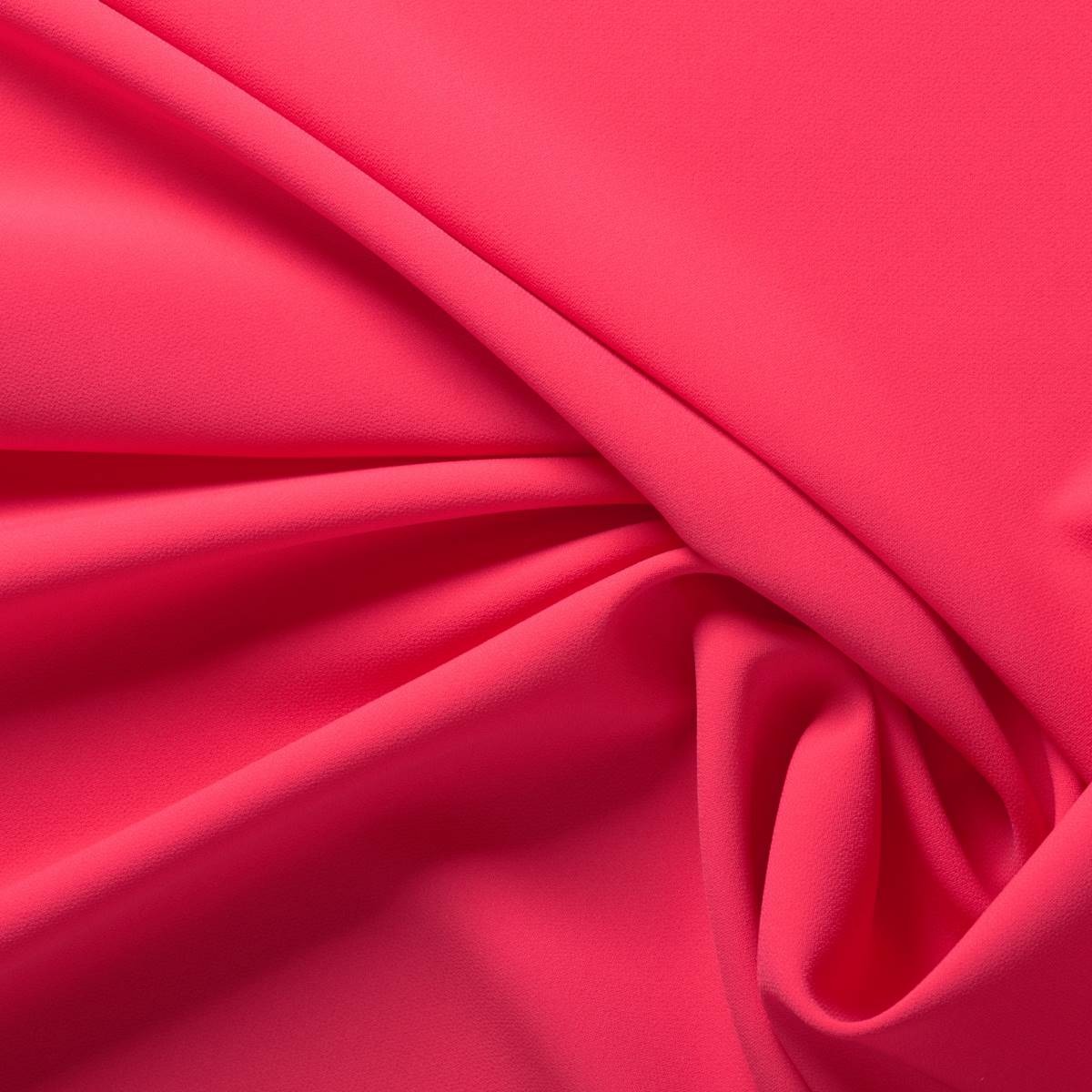
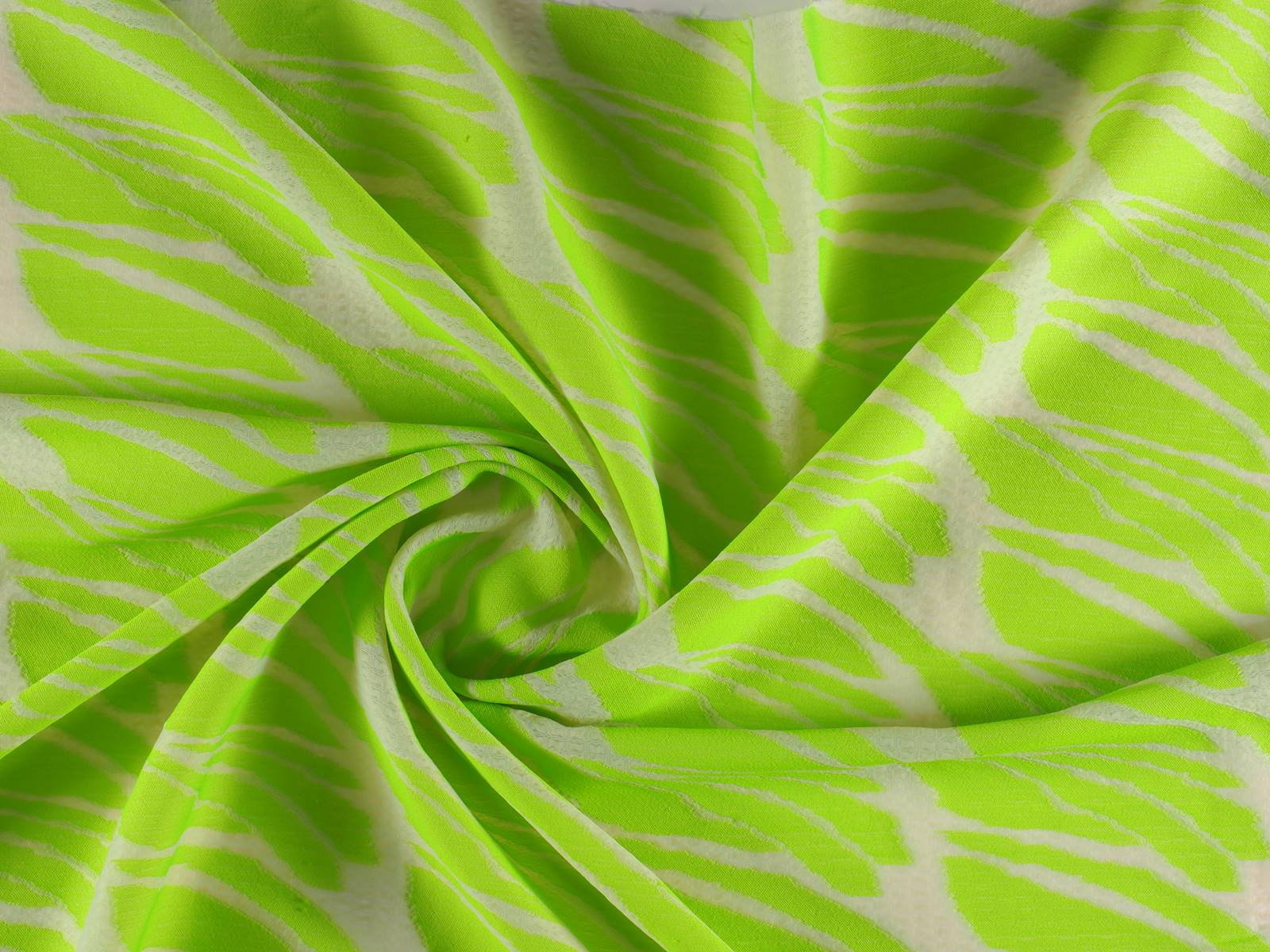
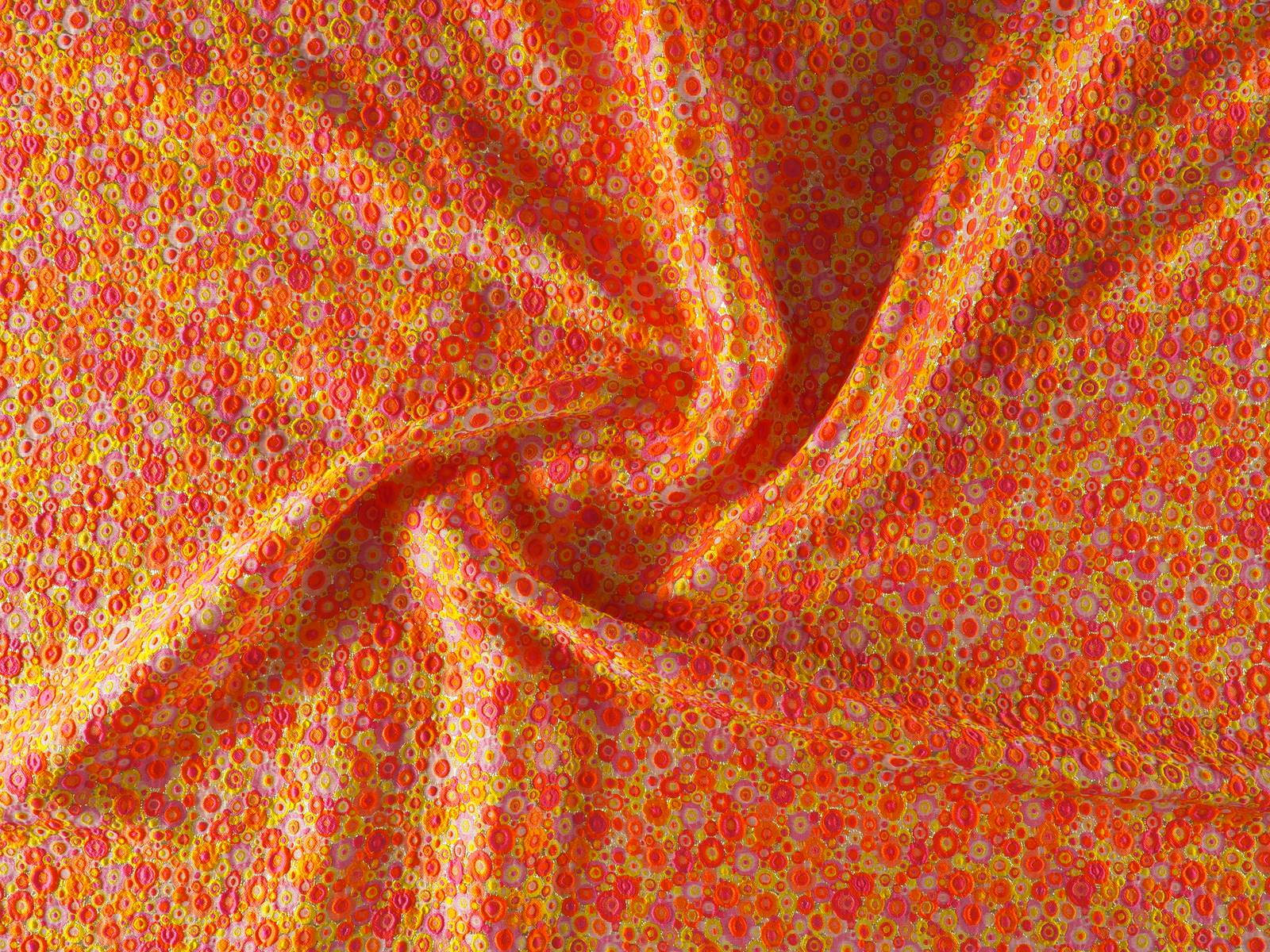
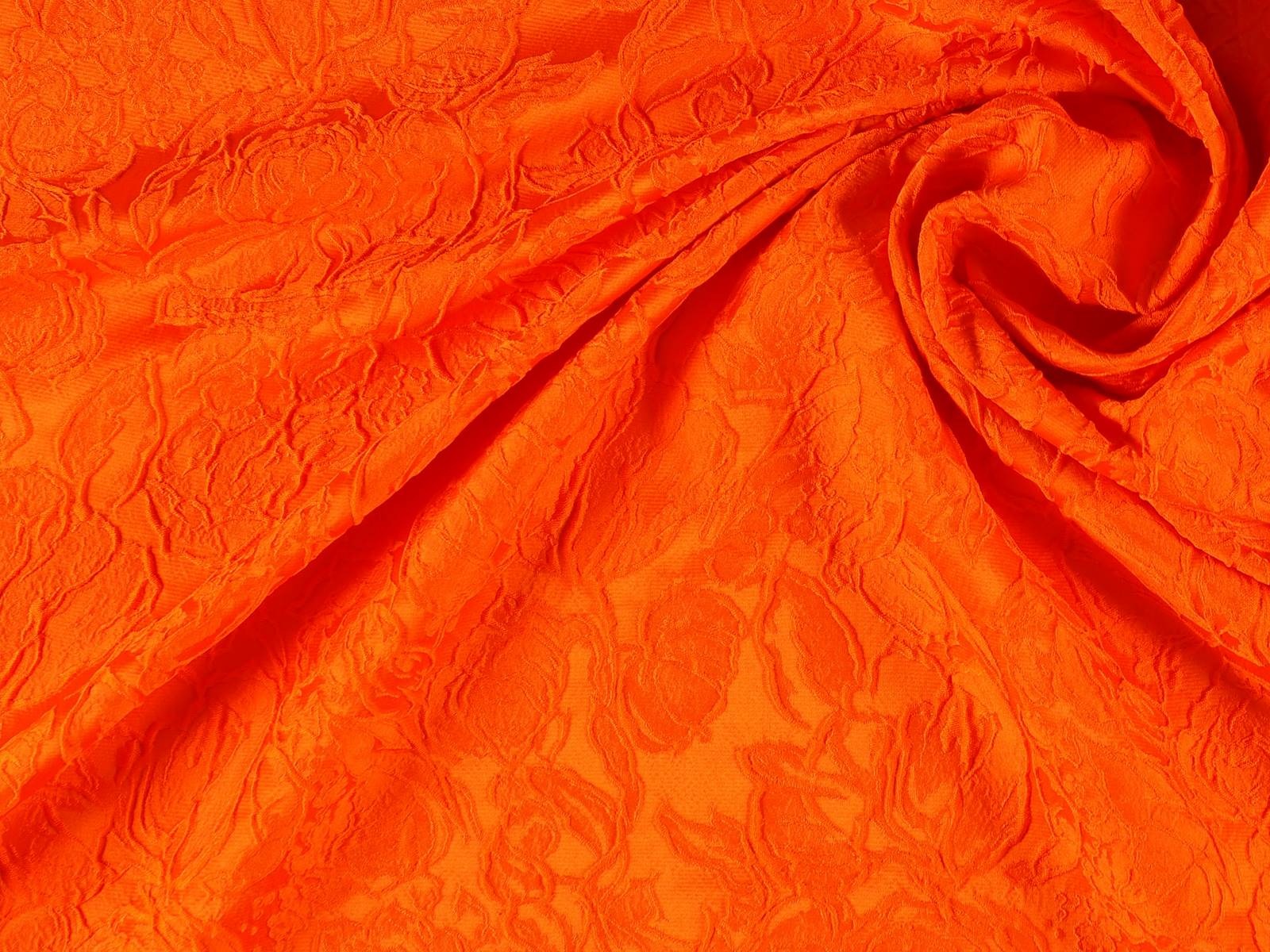

Discovering Gala, beyond Dalí
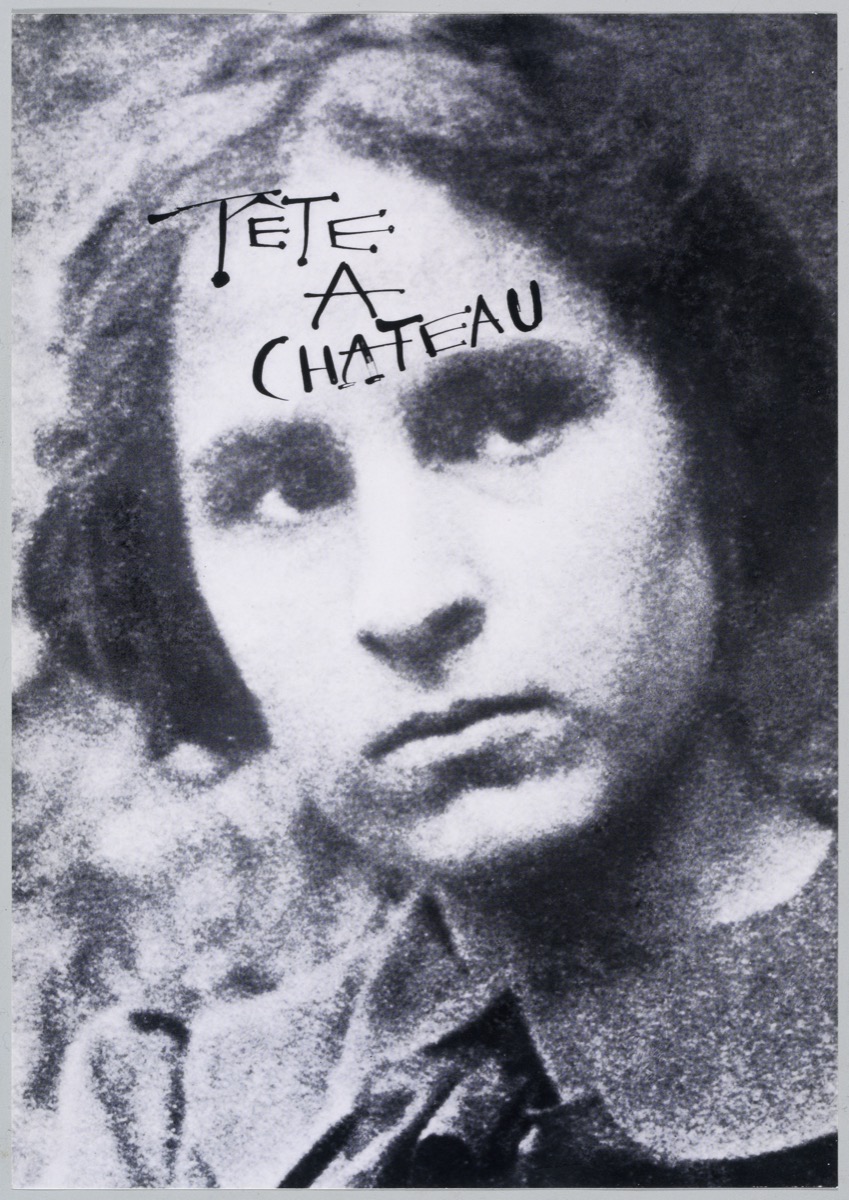
Who really was Gala? Who was this enigmatic woman who never went unnoticed and who raised contradictory feelings between the artists and poets of the time? Was she a muse or a creator? Never before to this day has such a large and detailed exhibition been focused on this visionary figure with the new exhibition Gala Salvador Dalí in Barcelona.
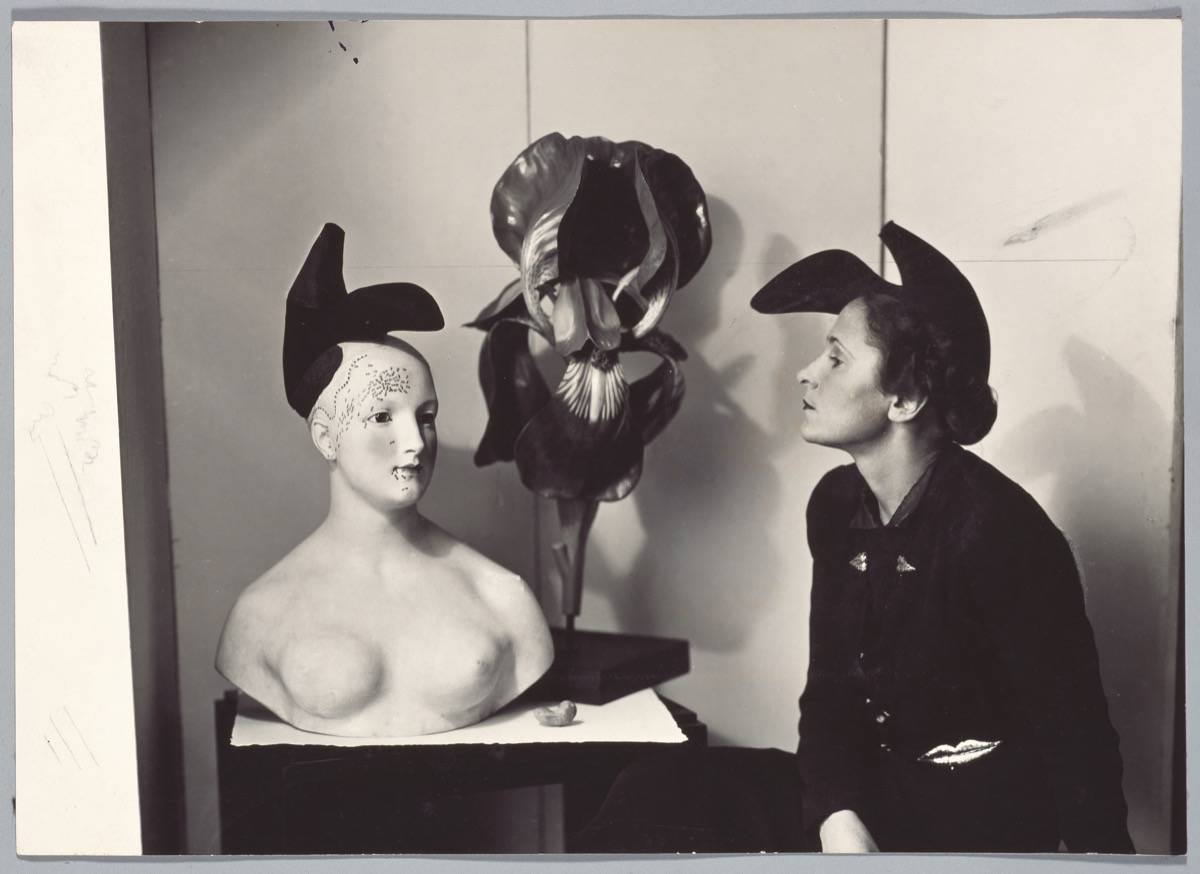
The National Museu d’Art de Catalunya and the Fundació Gala-Salvador Dalí have set a challenge with this event: to unveil Gala, muse, artist and a key figure in twentieth century art. Curated by Estrella de Diego, professor of Art History (UCM), the exhibition explores the life of Gala, companion of Salvador Dalí and before that of the poet Paul Éluard. Sometimes admired, sometimes forgotten or even insulted, Gala is undoubtedly a key character of the avant-garde.
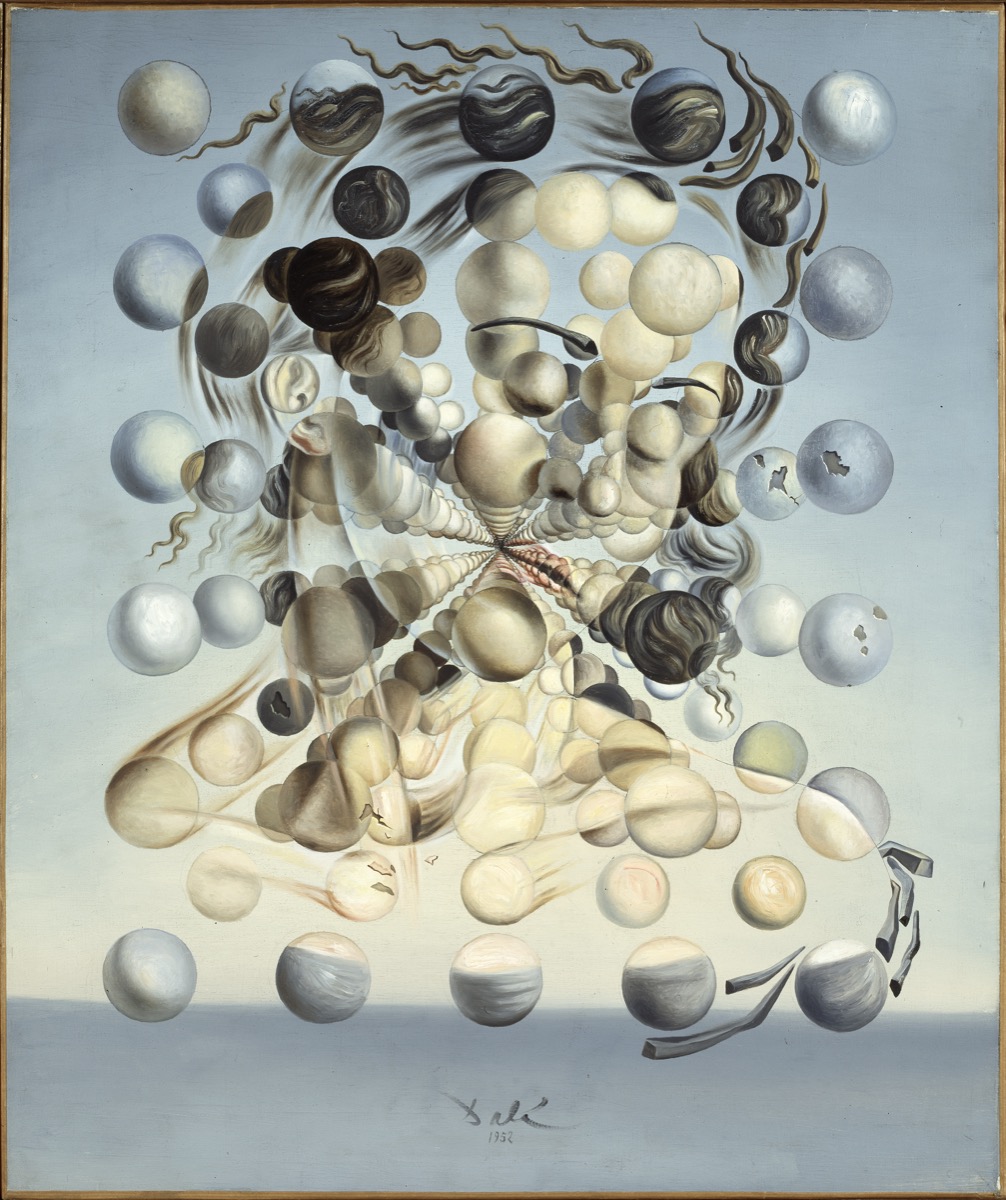
A long journey
Gala (September 7, 1894 – June 10, 1982), was born into a family of intellectuals from Kazan (Russia), and spent her childhood in Moscow. She settled in Switzerland, where she met Paul Éluard, with whom she moved to Paris, where she contacted members of the Surrealist movement, such as Max Ernst.
In 1929 she travelled to Cadaqués, where he met and fell in love with Dalí and they decided to start a life together. For eight years they were in exile in the United States, and on their return they commuted between Portlligat, New York and Paris. Gala was indeed known worldwide as the woman of Salvador Dalí, his muse and the protagonist of some of his paintings. From this point followed the transformation of Gala into an artist in her own right, since the couple opted for an artistic cooperation which meant the shared authorship of some works.

Admired at times, sometimes forgotten or even insulted, Gala is a key figure of the avant-garde.
A key figure
Without Gala the surreal game board would appear incomplete. The paintings of Max Ernst, the photographs of Man Ray and Cecil Beaton and especially the works of Salvador Dalí are much more than portraits: they make up an autobiographical journey in which, as a postmodern heroine, Gala imagined and created her image.
For this reason the show will discover a Gala who is camouflaged as a muse while building her own path as an artist. It is also undeniable that to follow the evolution of Salvador Dalí as a painter she was essential in the artistic development of the Empordà painter. In this sense the exhibition gathers together a very important set of his works, some 60 in total, between oils and drawings. There is also a selection of paintings, drawings and photographs by other artists who gravitated in the surrealist universe with Max Ernst, Picasso, Man Ray and Cecil Beaton or BrassaÏ. Exhibited for the first time too is an interesting set of letters, postcards and books, as well as clothes and personal items from Gala’s toiletries.

As a postmodern heroine, Gala imagined and created her image.
In total, the exhibition brings together some 180 works that allow the reconstruction of the complex and fascinating figure of Gala. The works in the exhibition come mainly from the Dalí Foundation, but there are also objects from private collections and international museums in the United States, Germany, France and Italy, among others.
The Gala Salvador Dalí exhibition will remain open to the public until October 14.
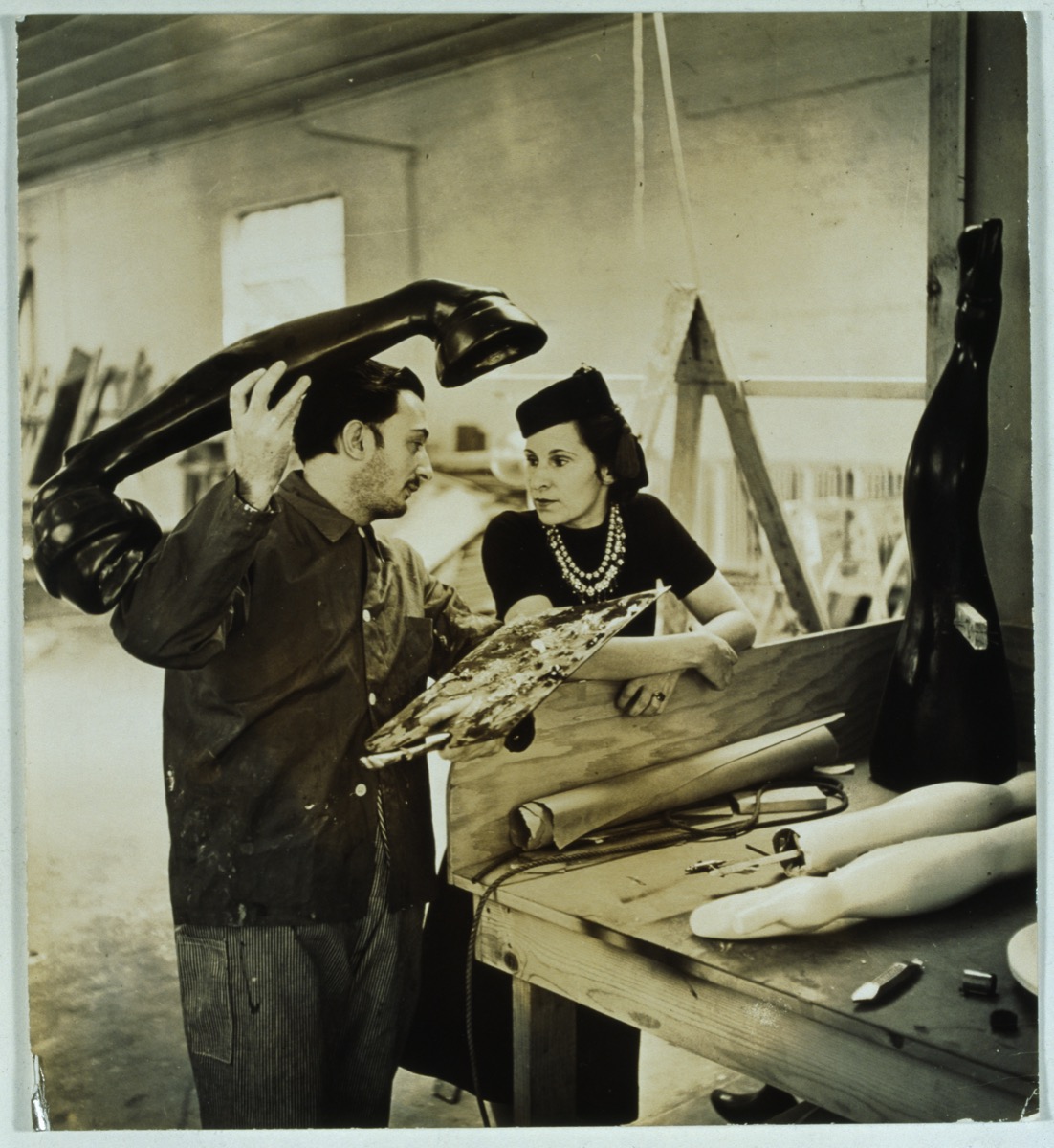
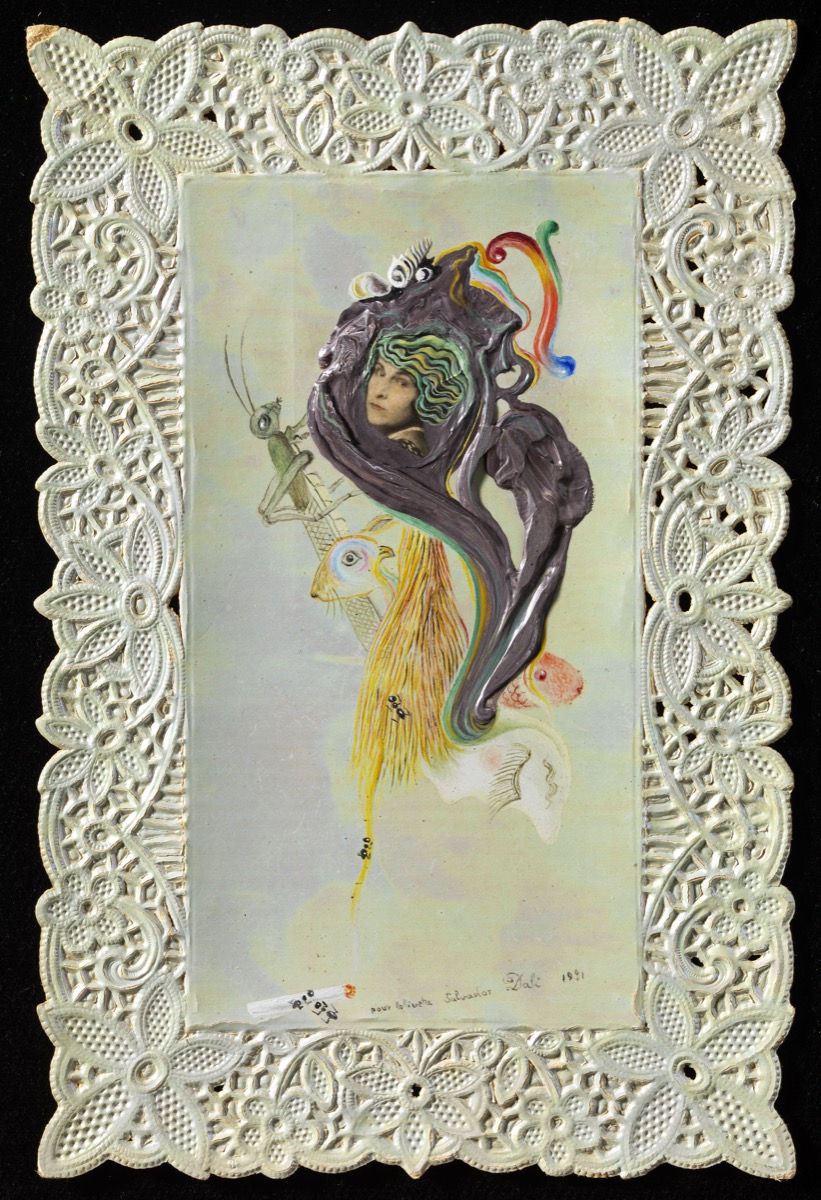
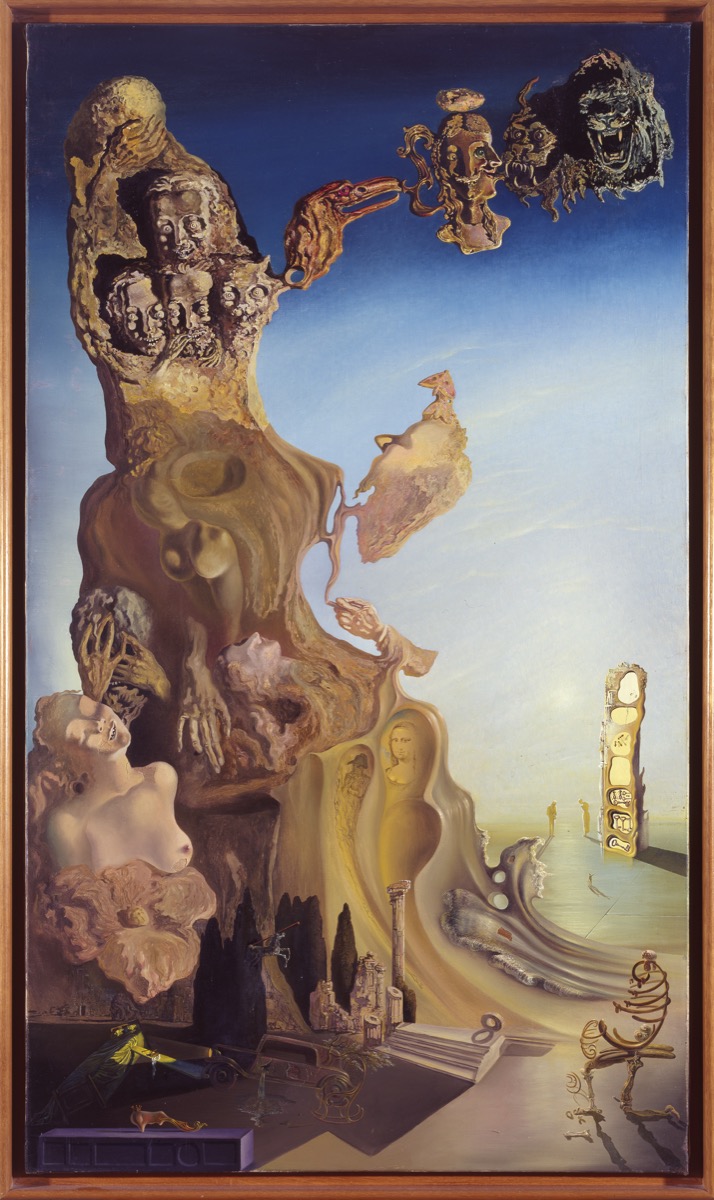
Source: Photos provided by the National Art Museum of Catalonia and the Gala-Salvador Dalí Foundation
